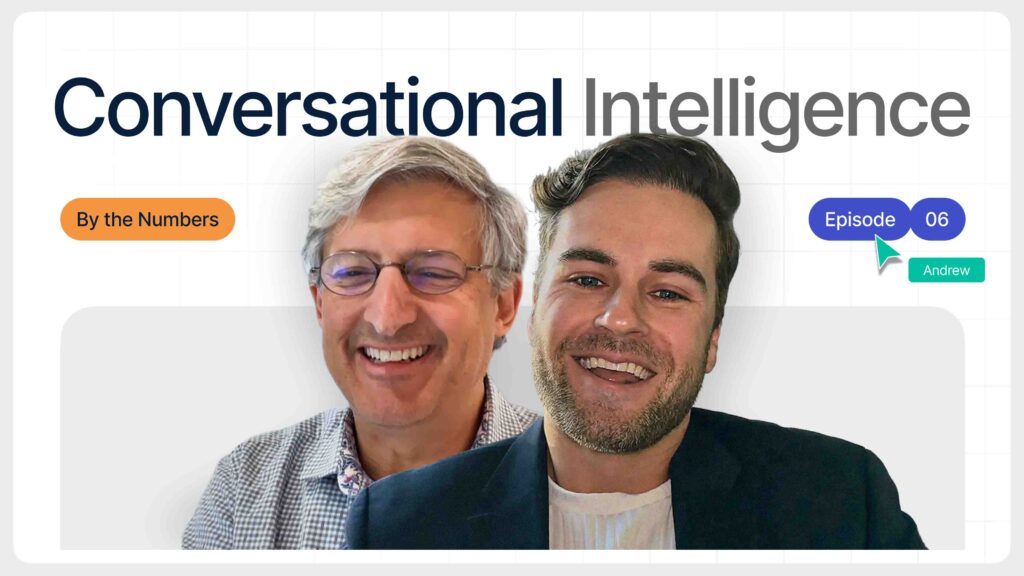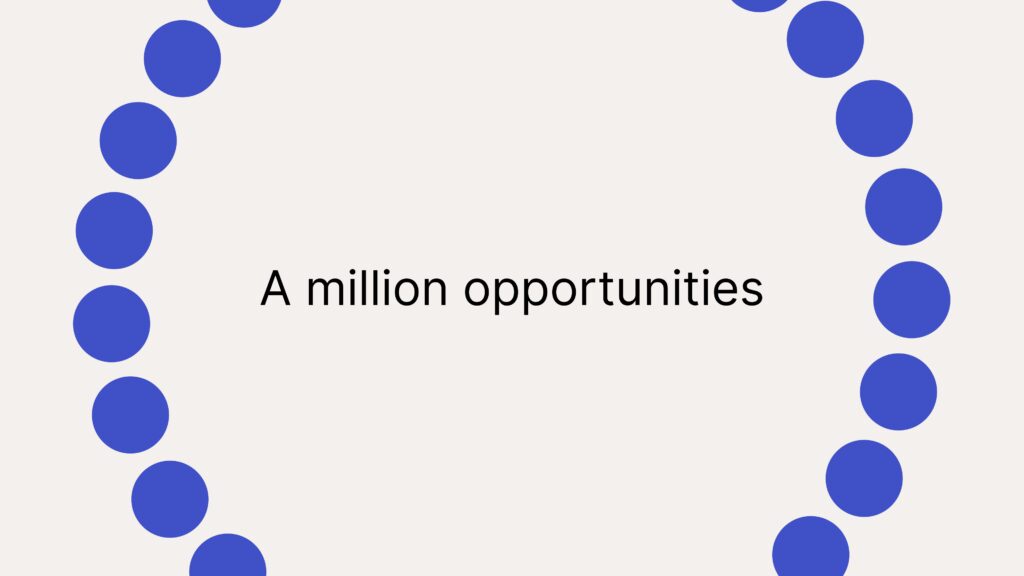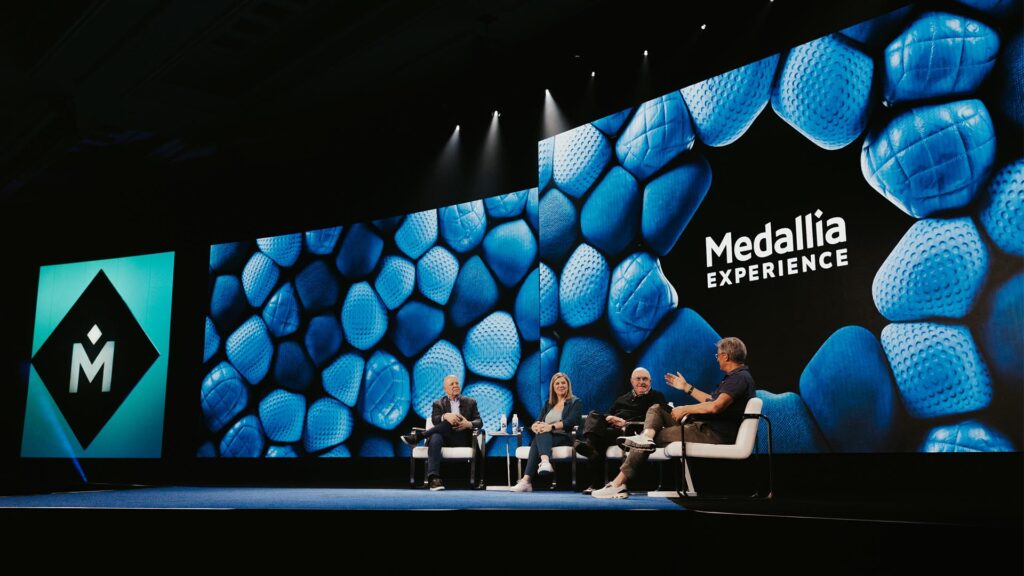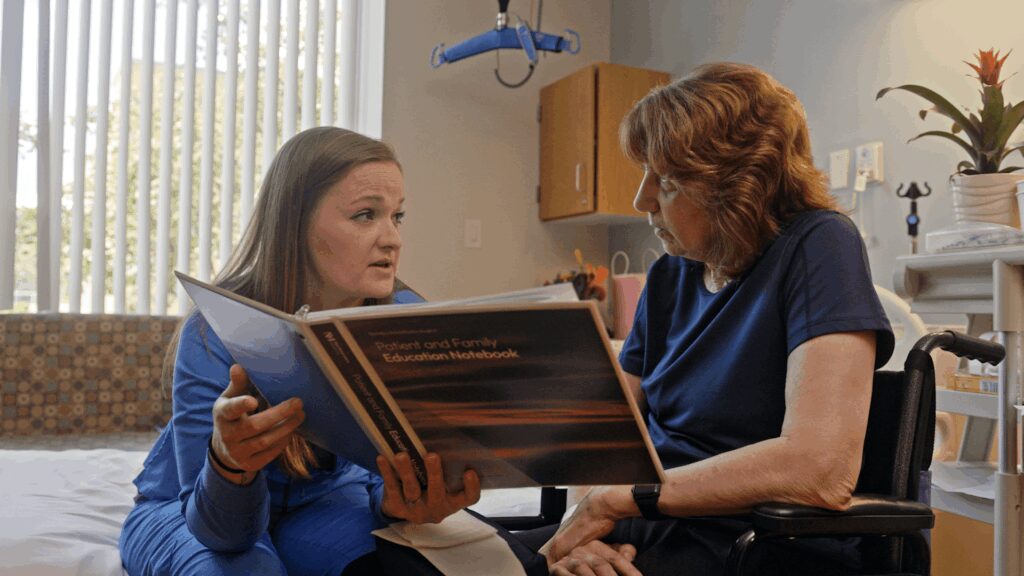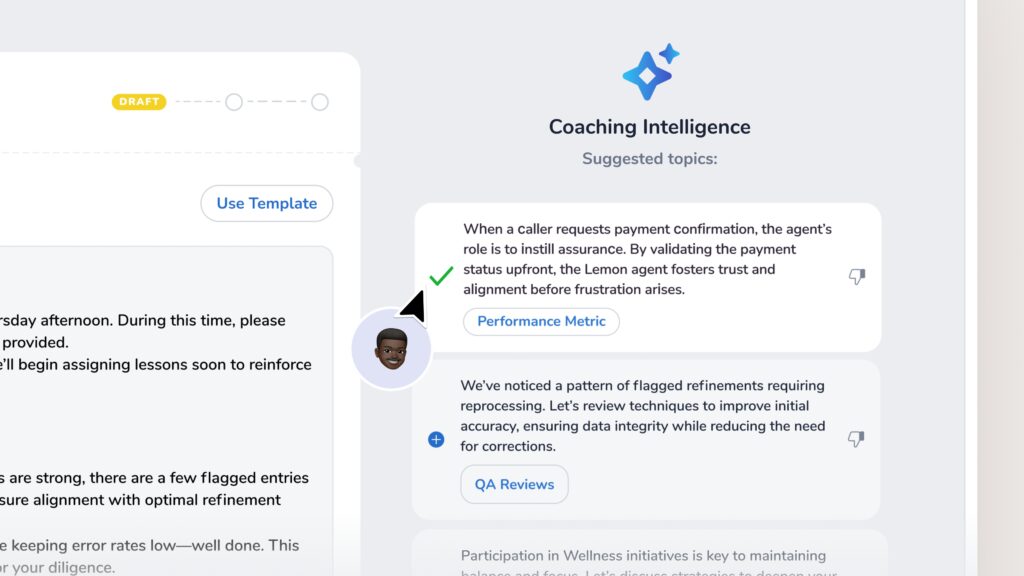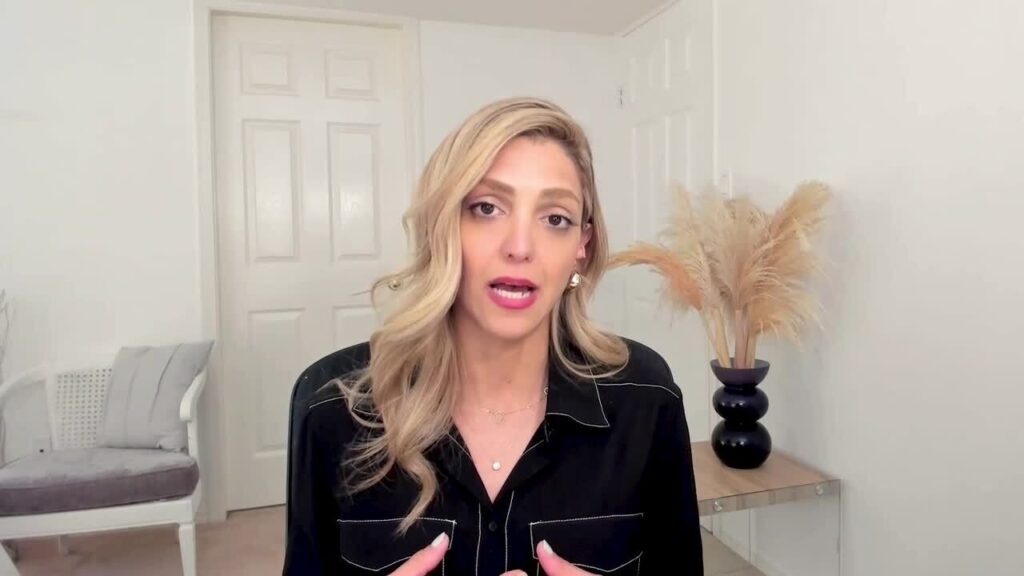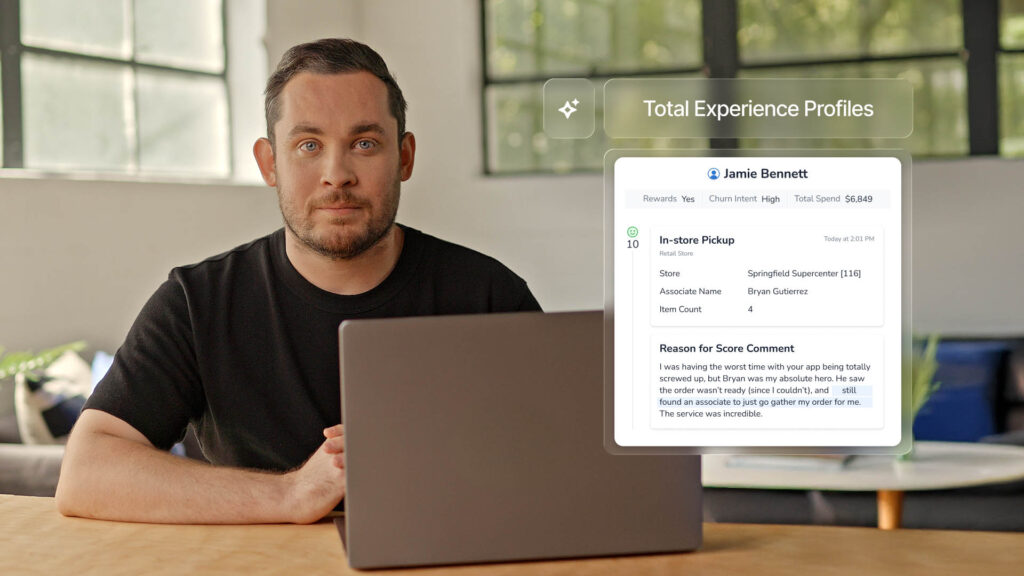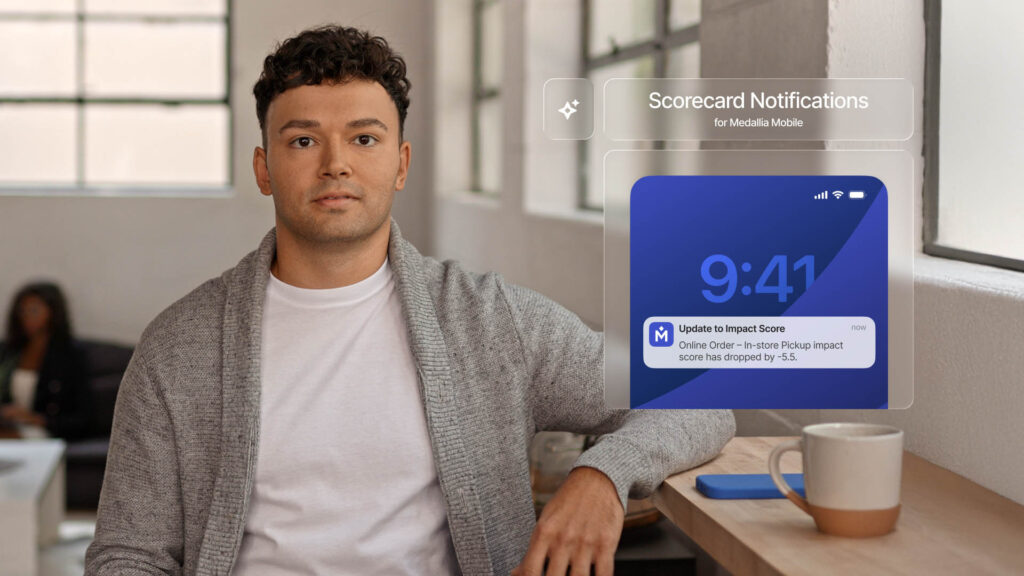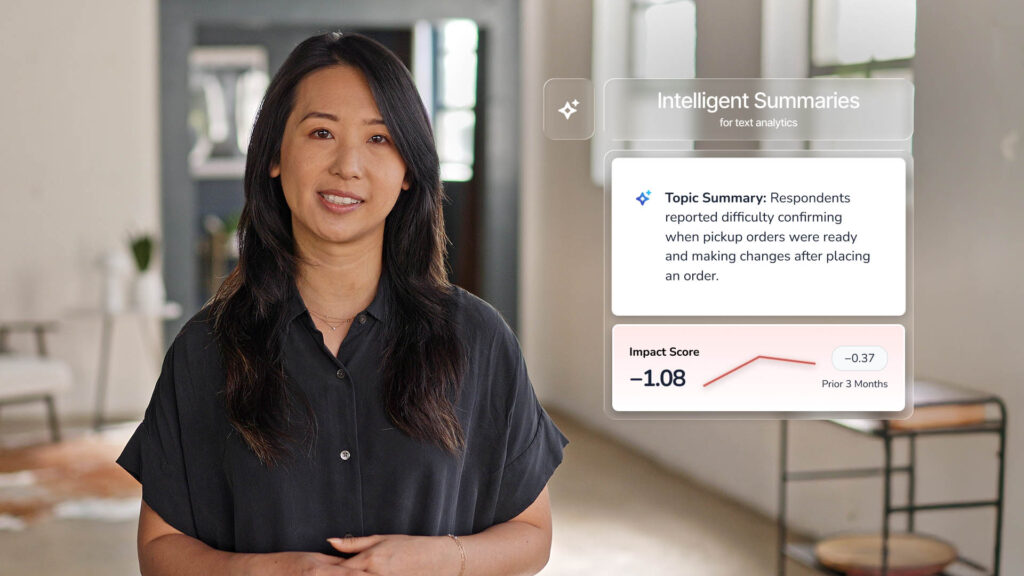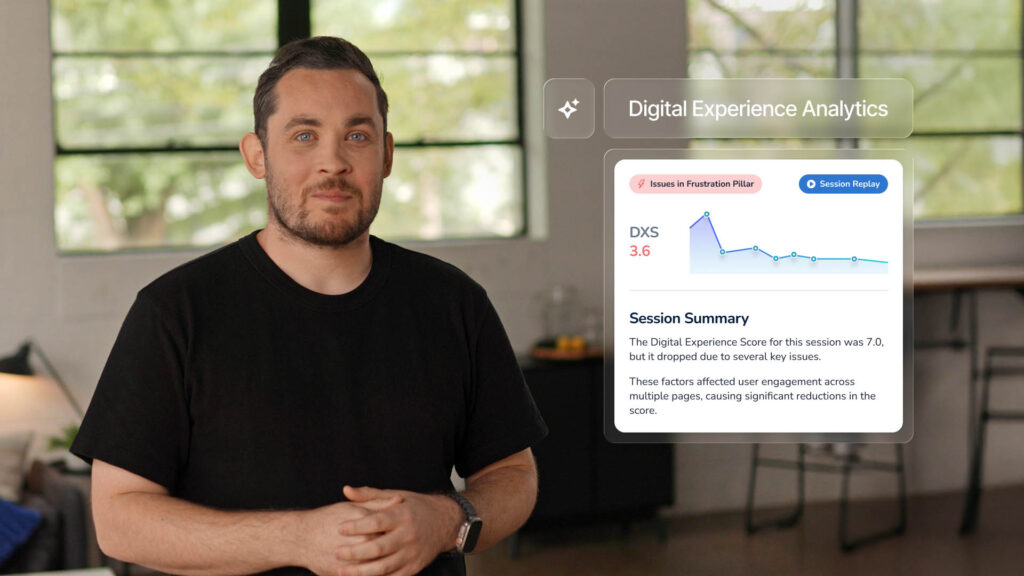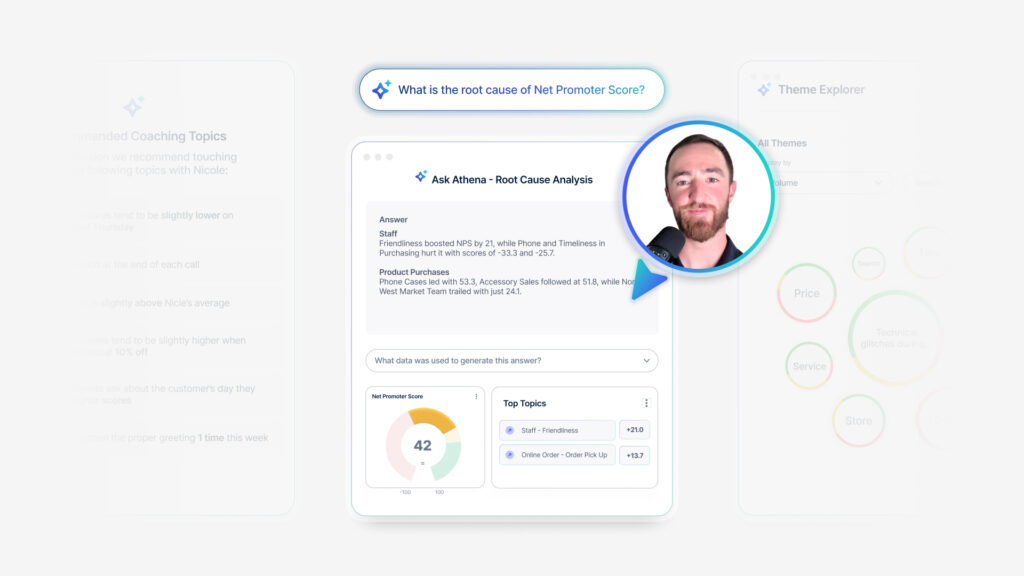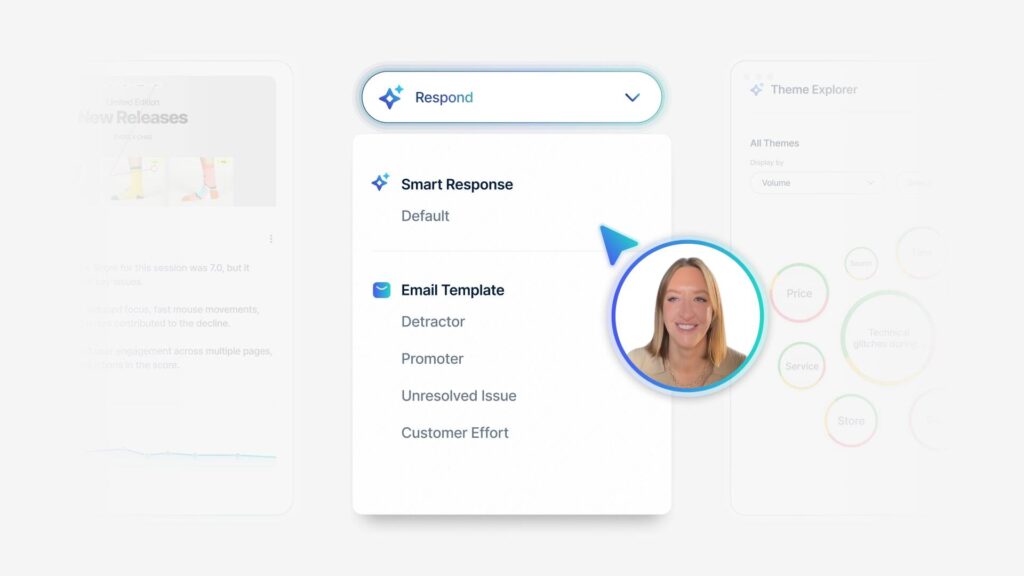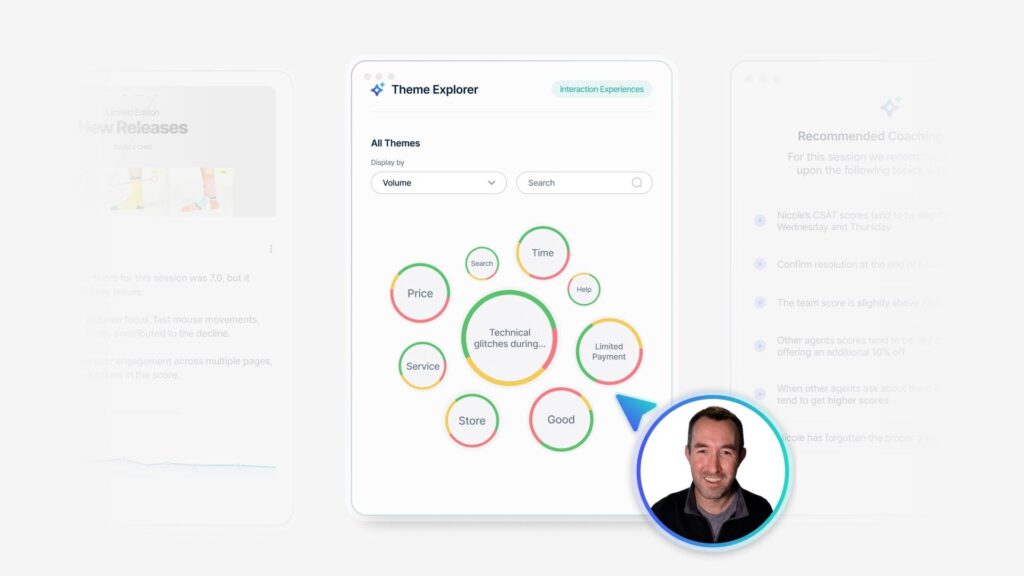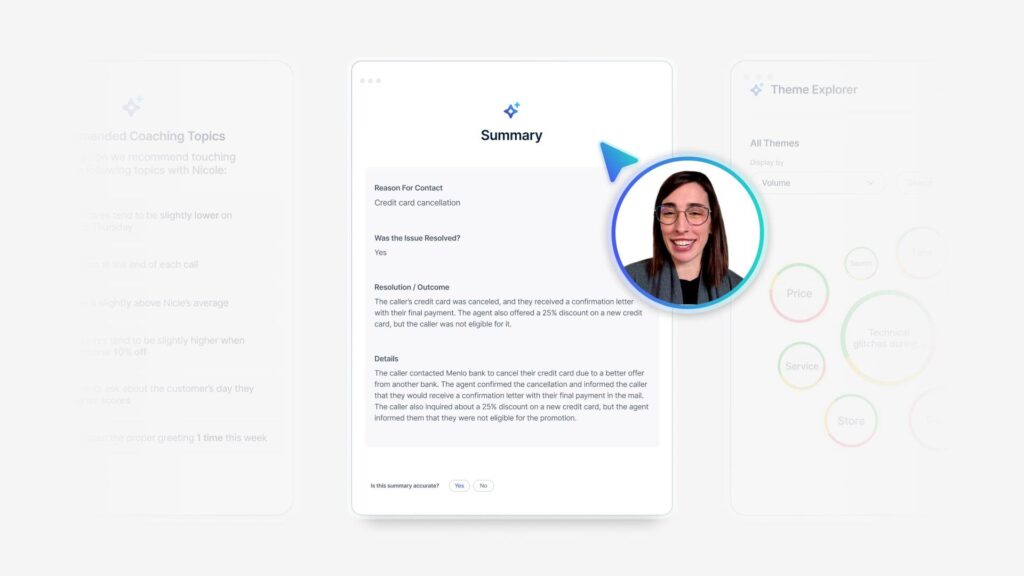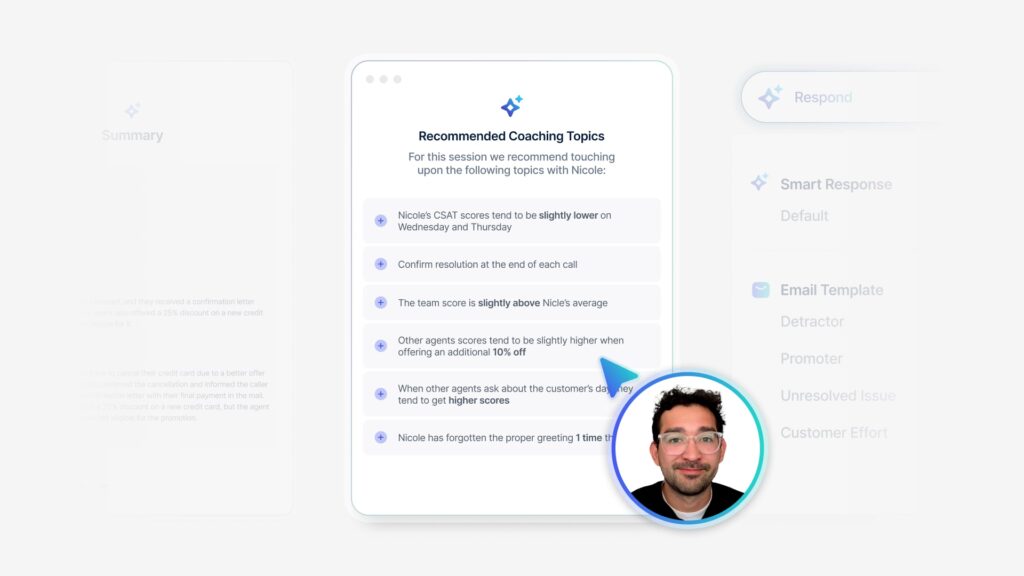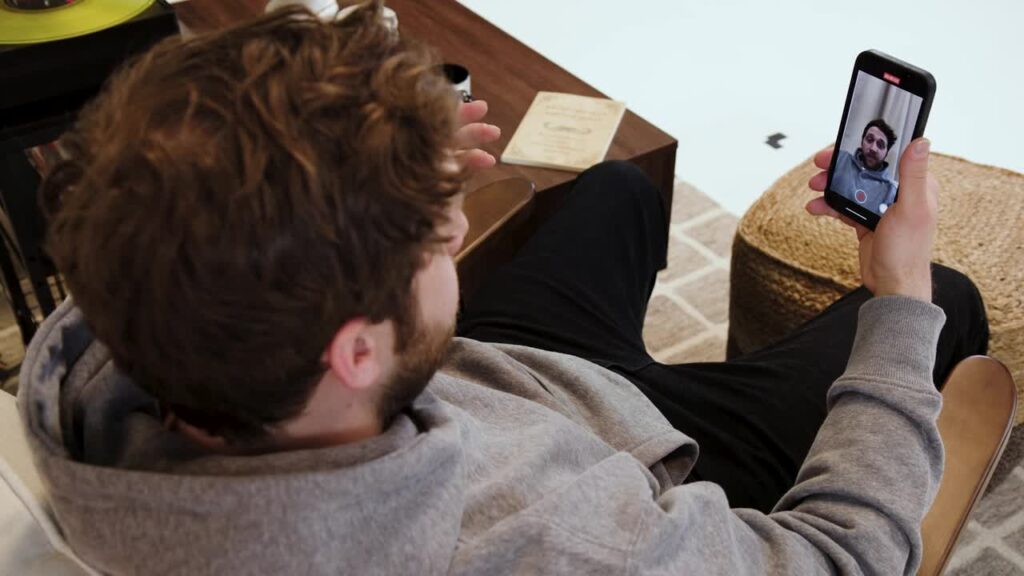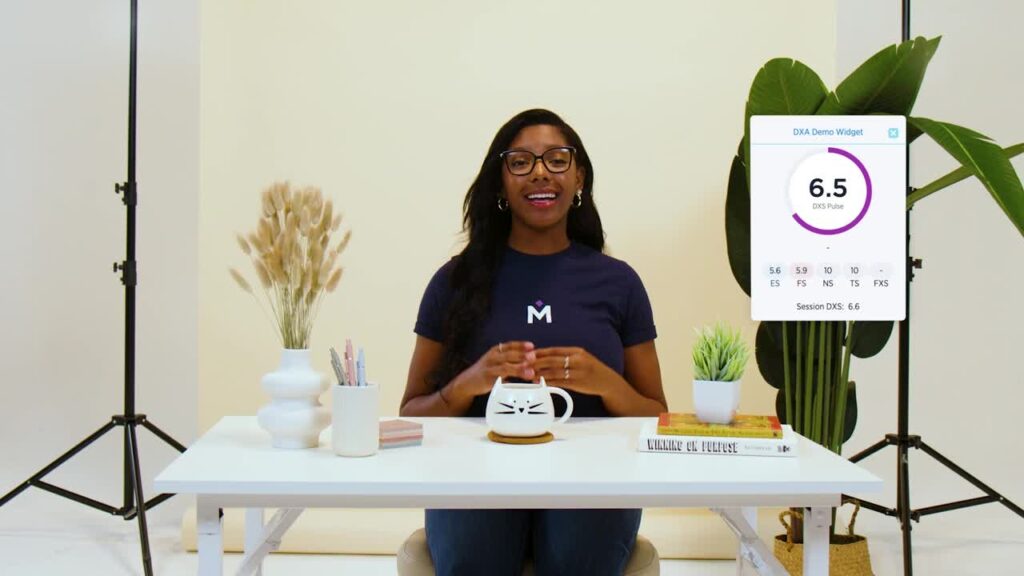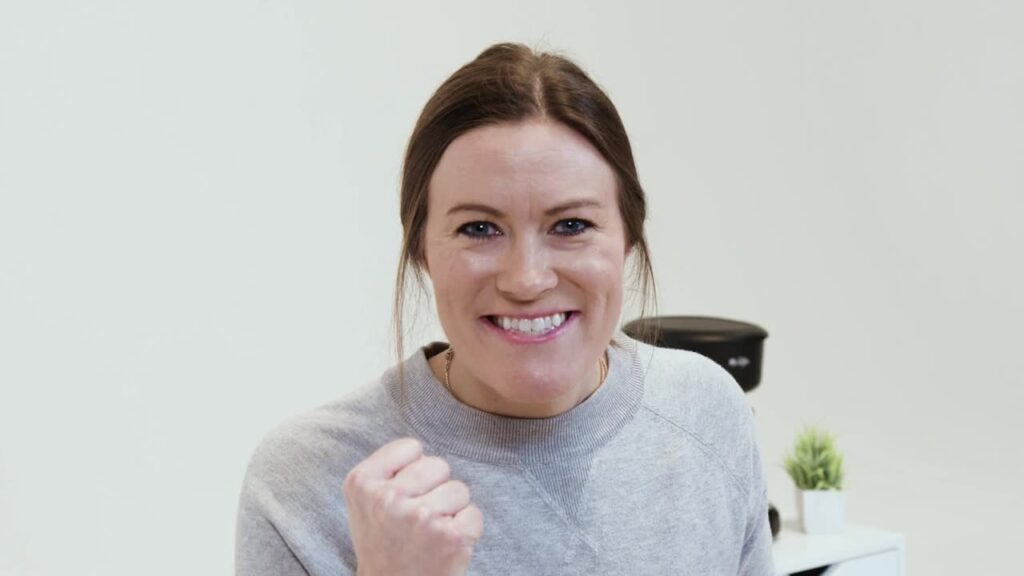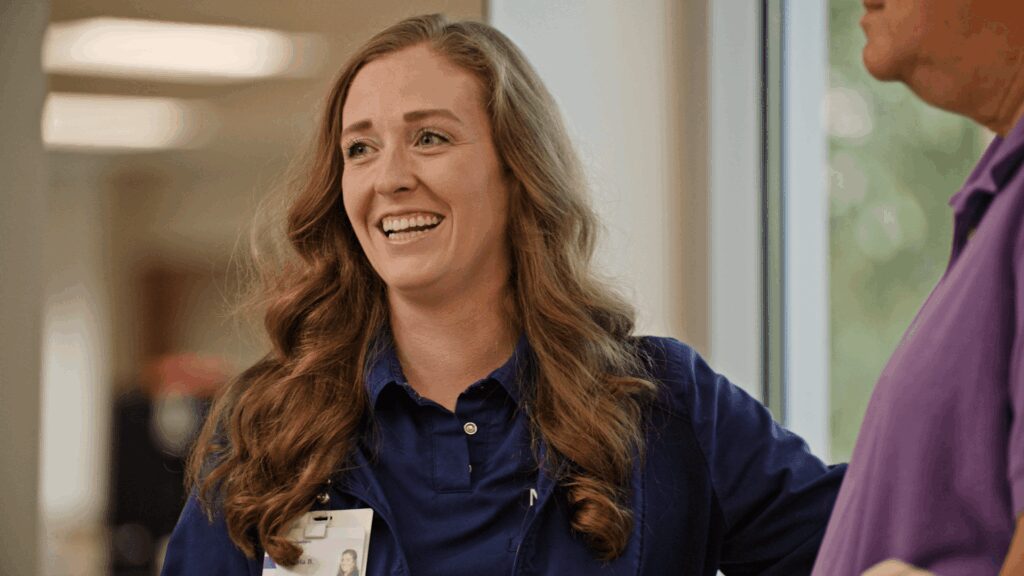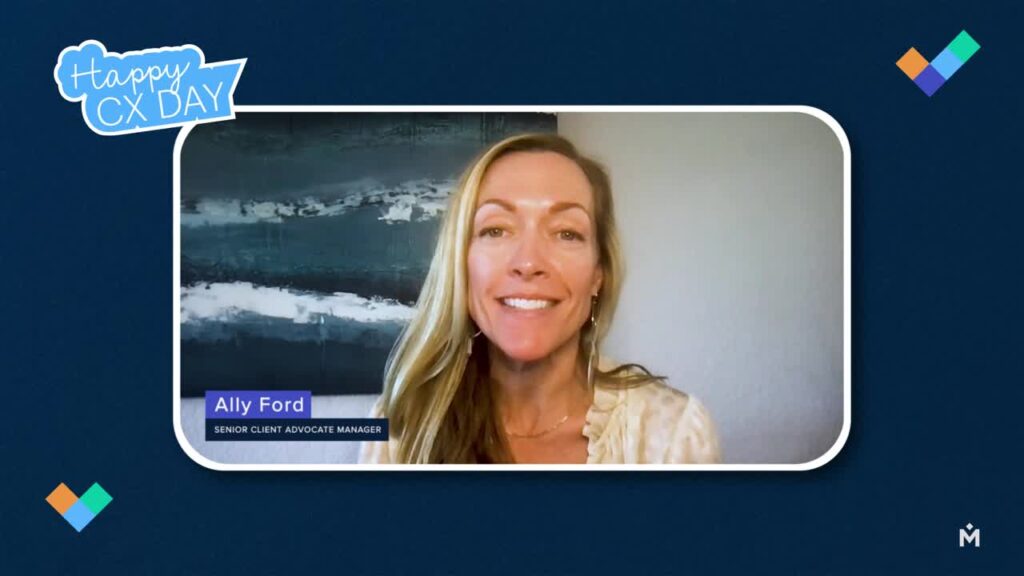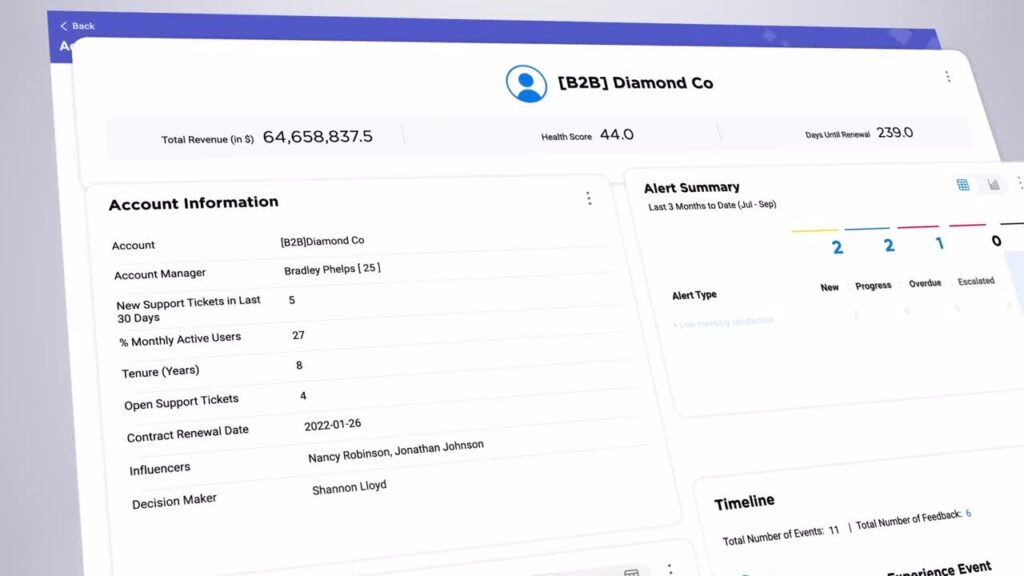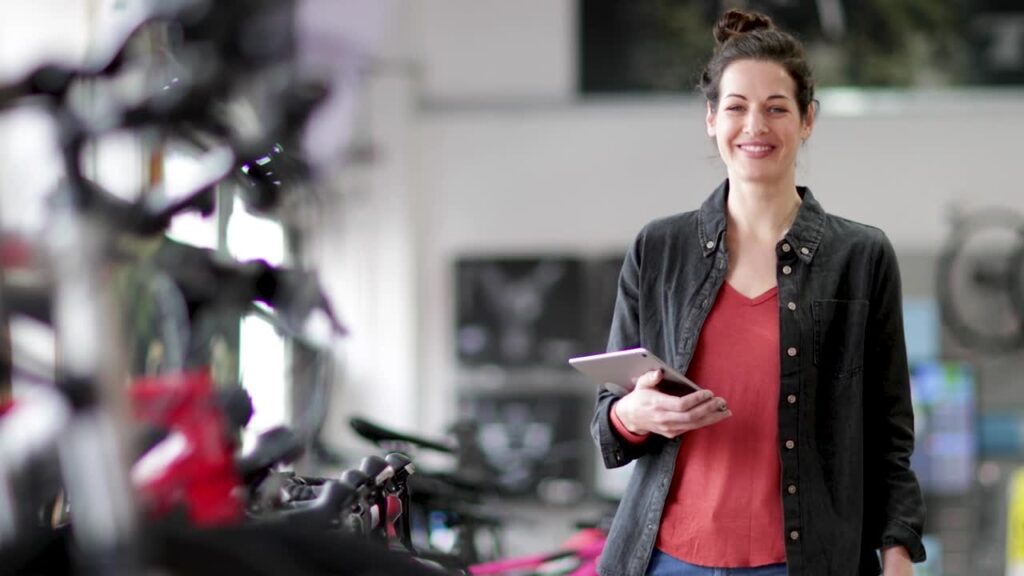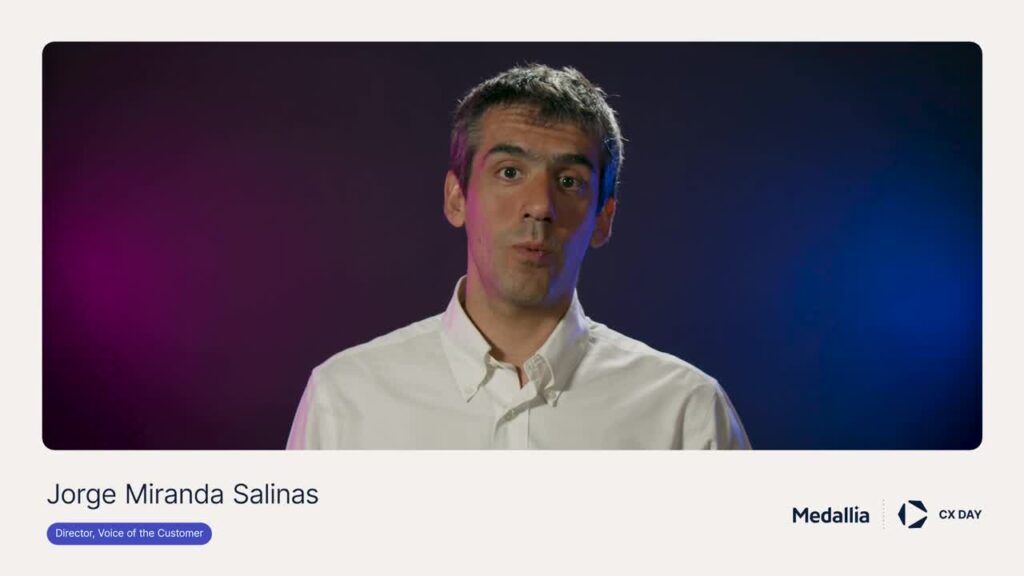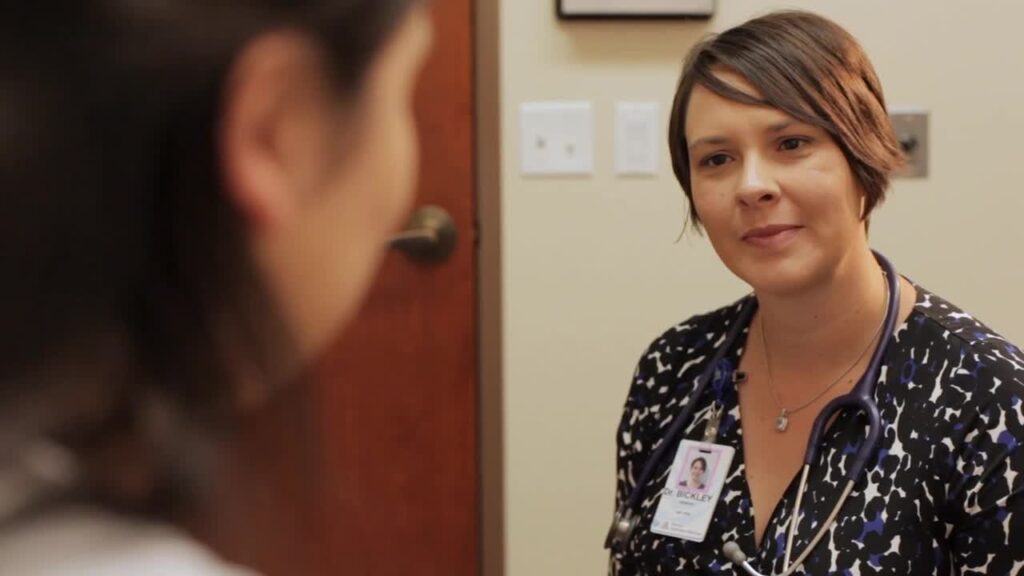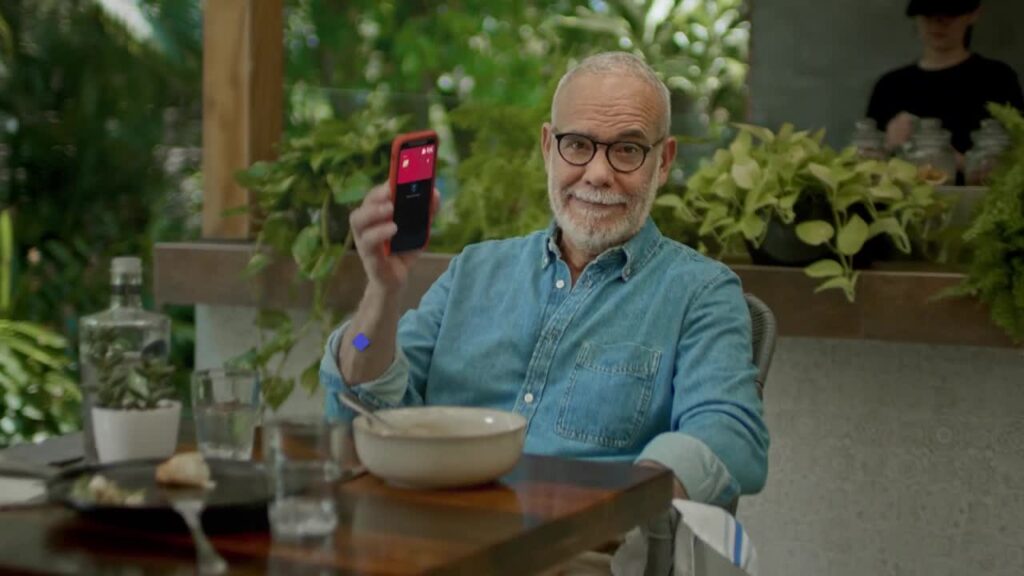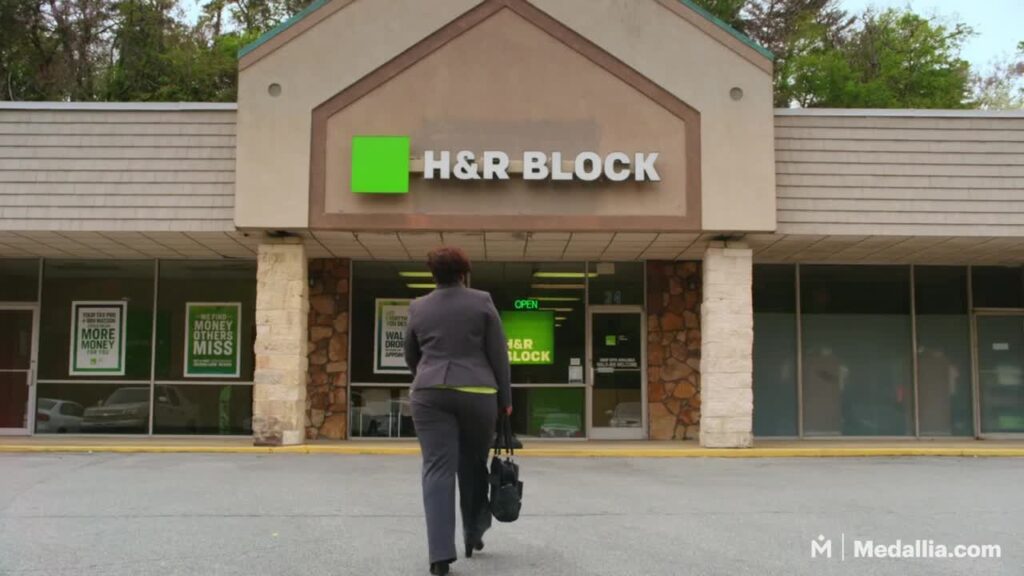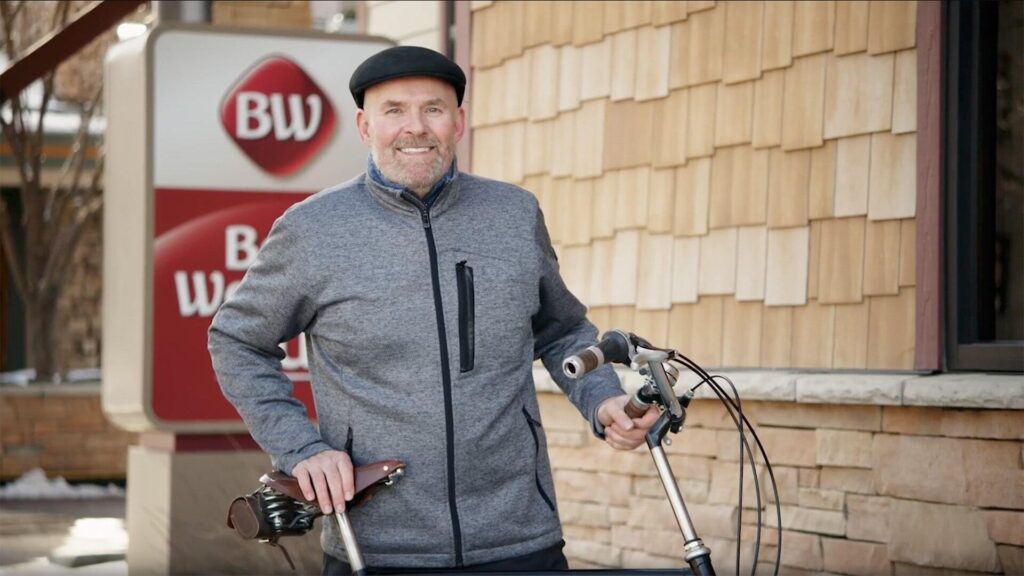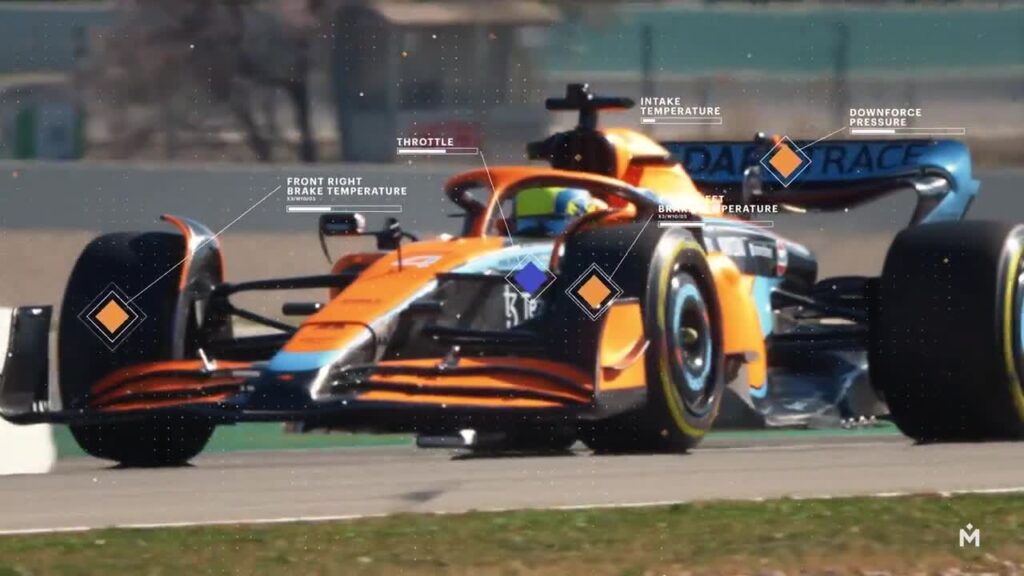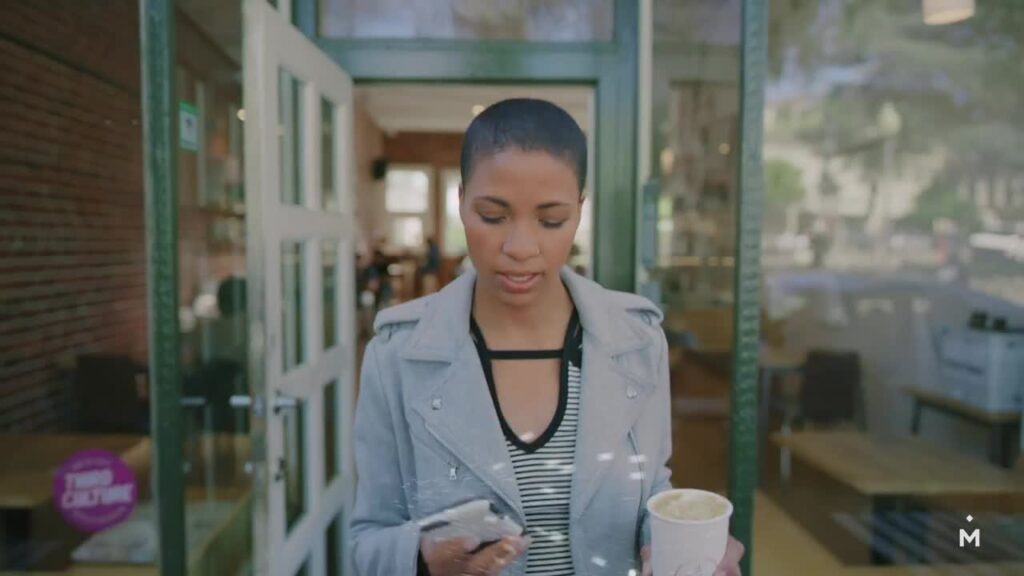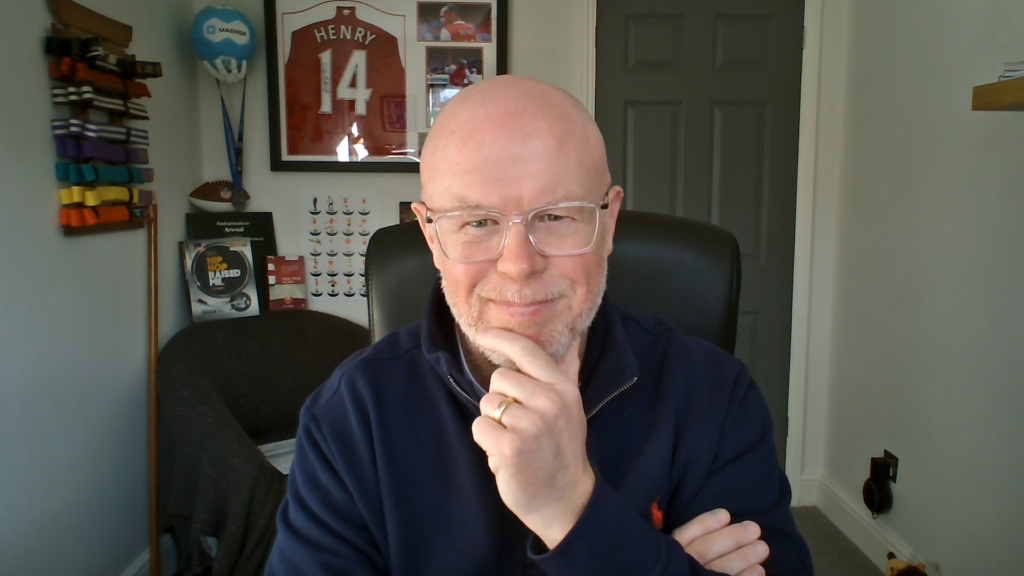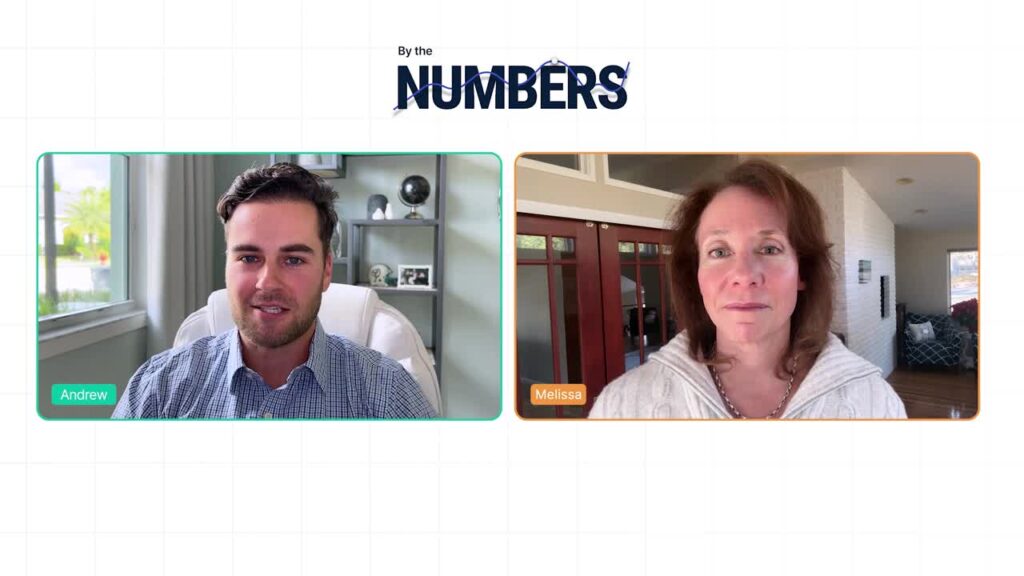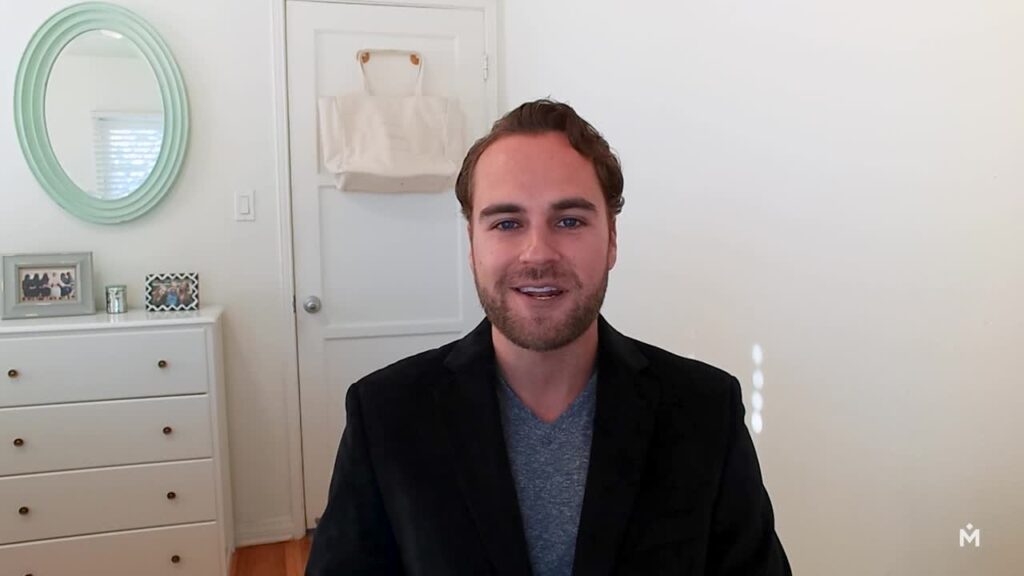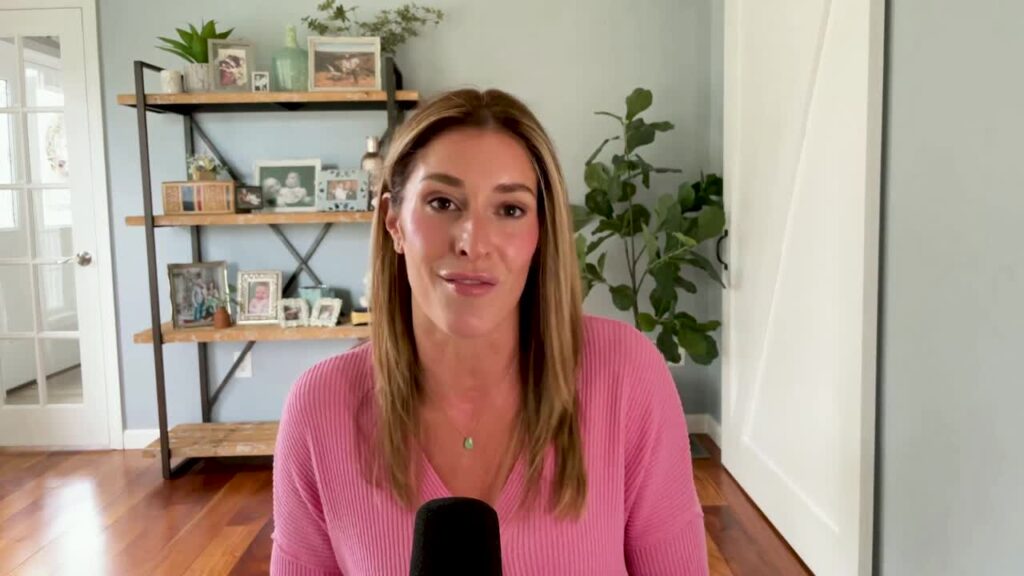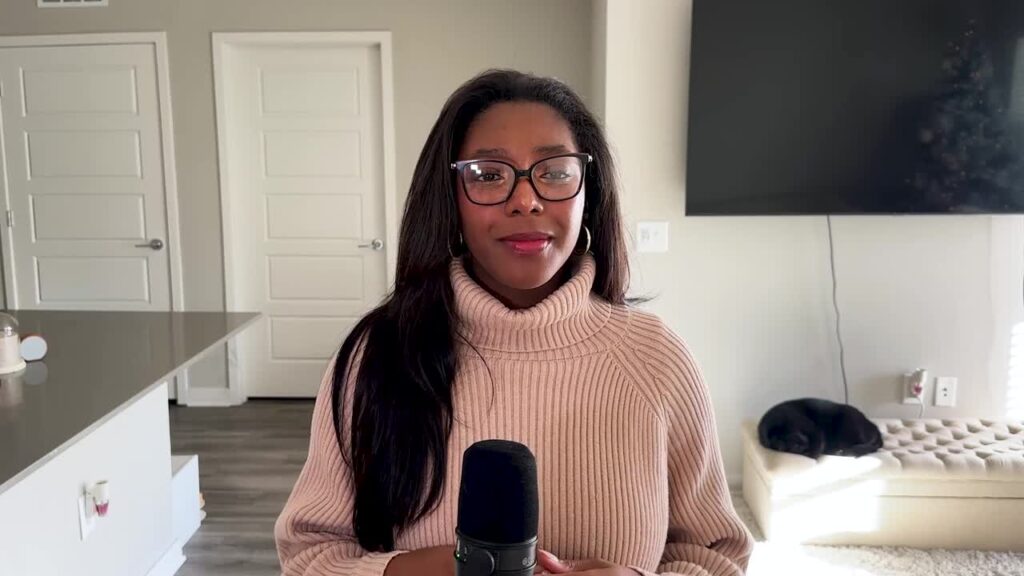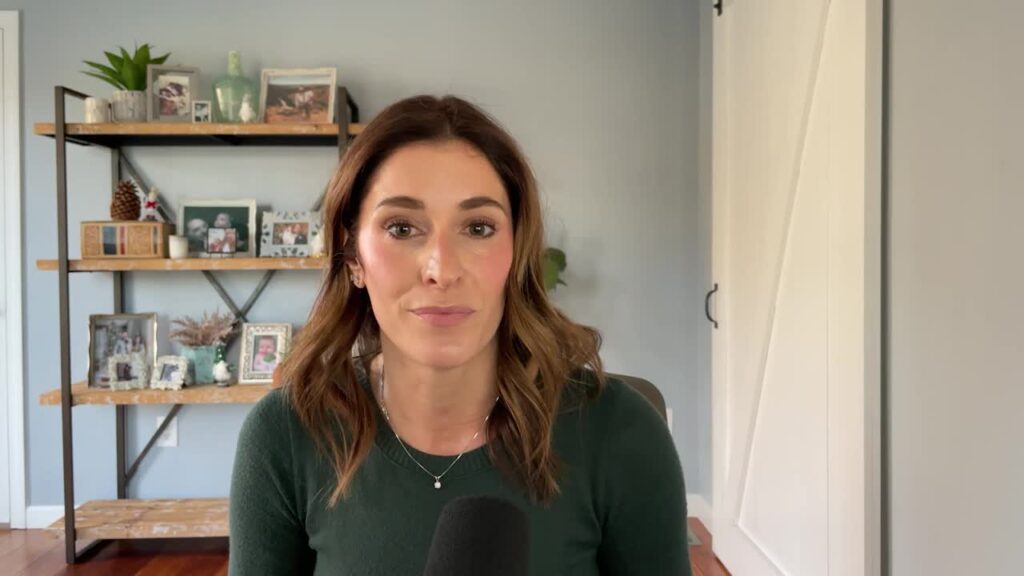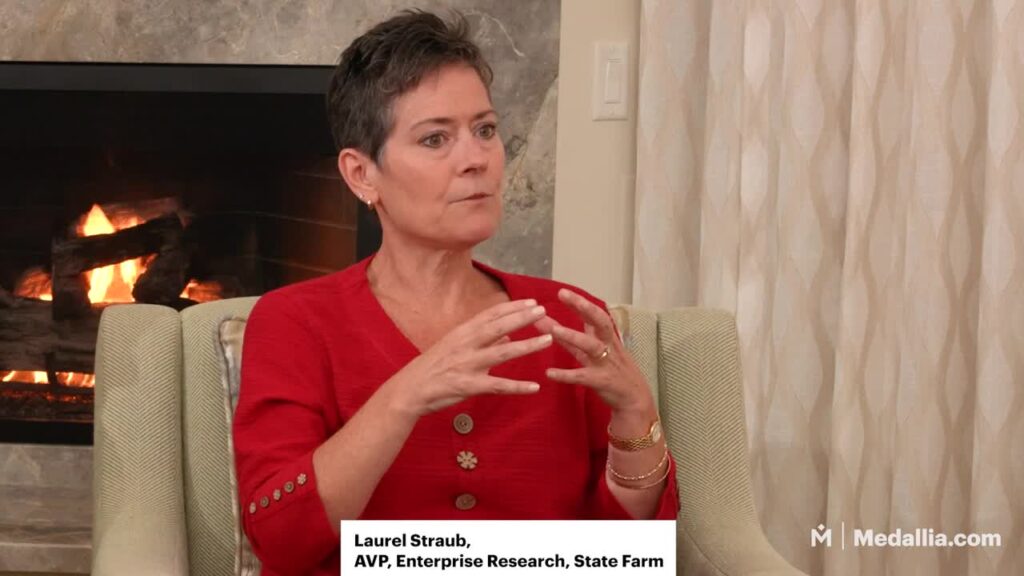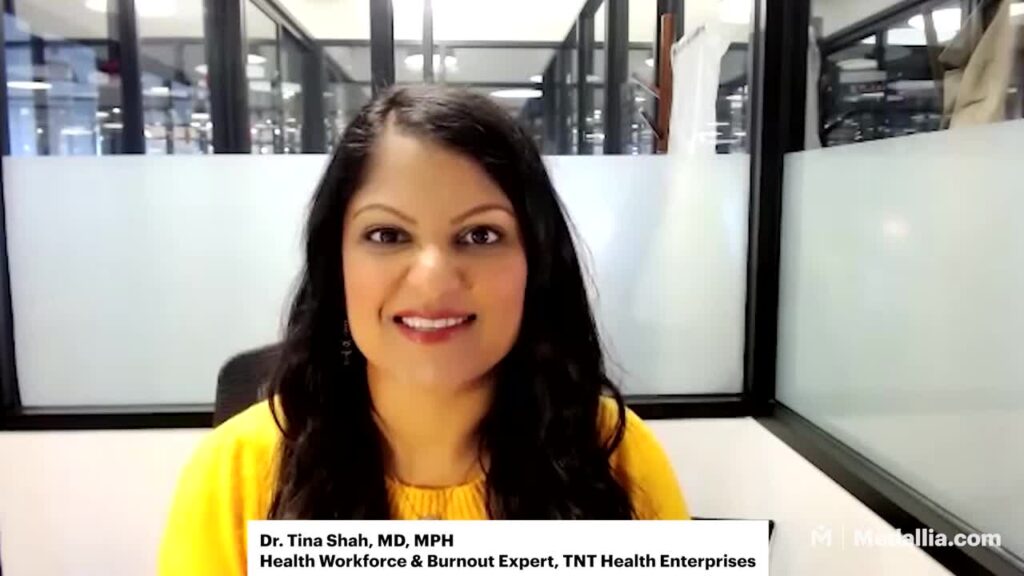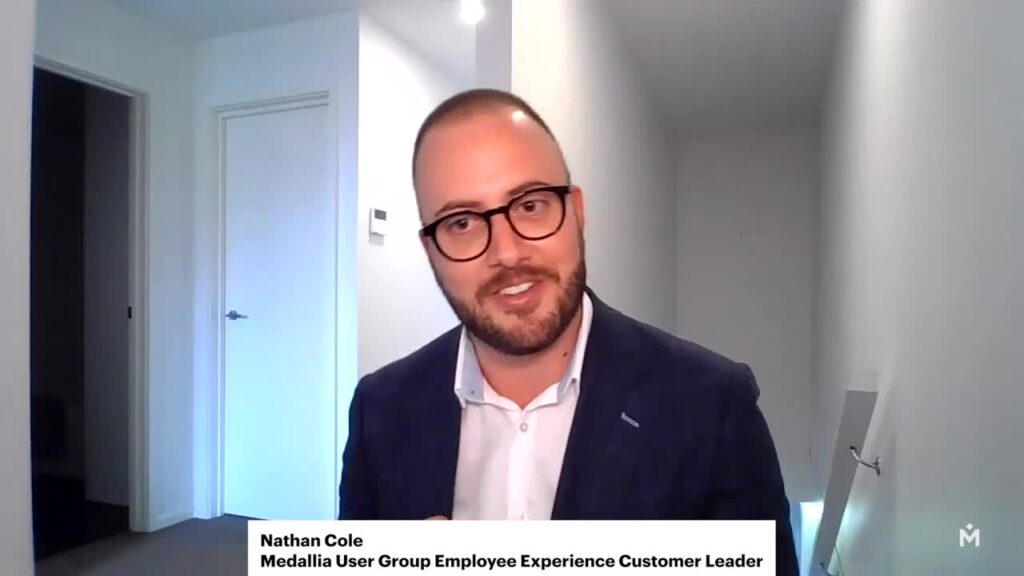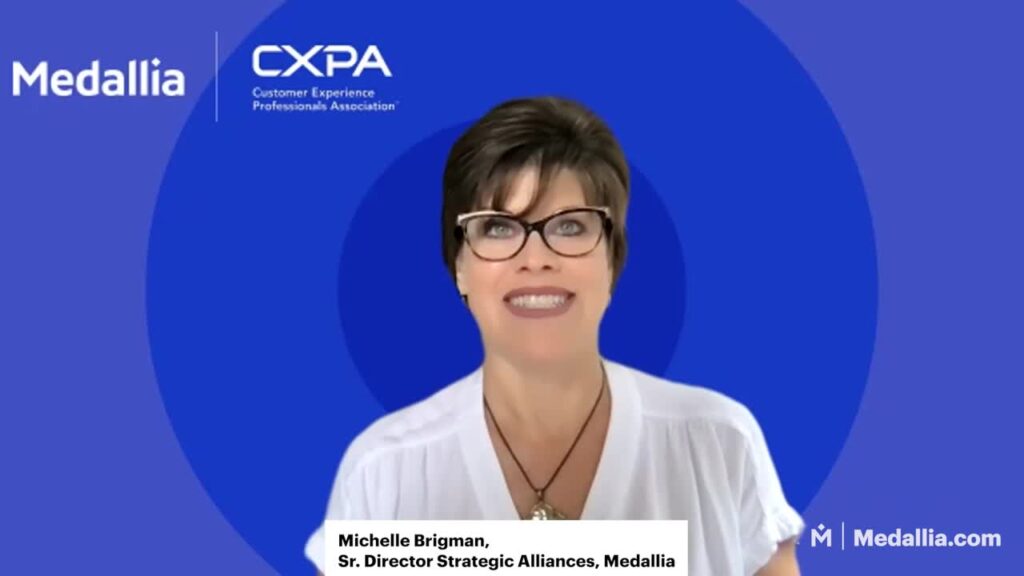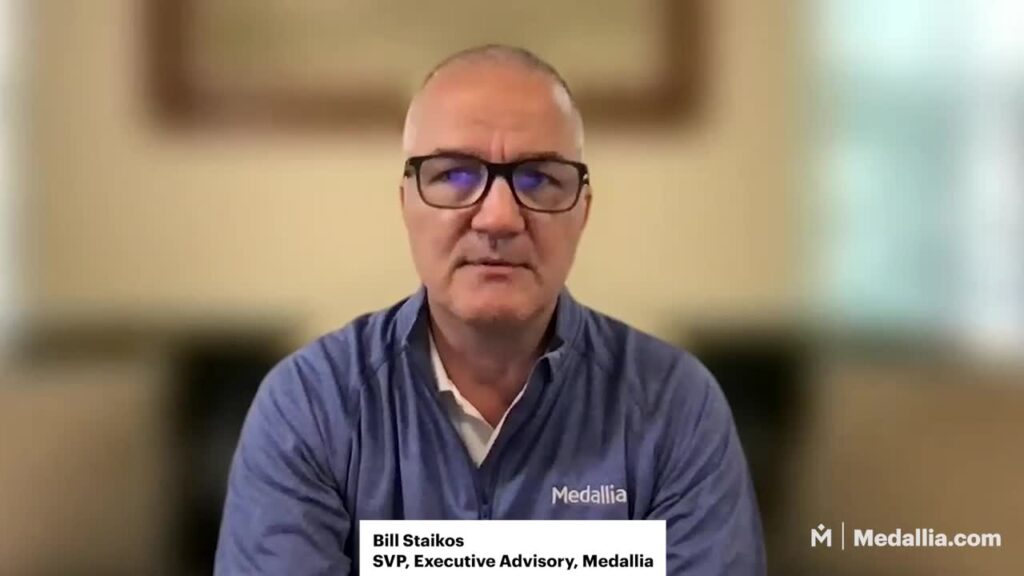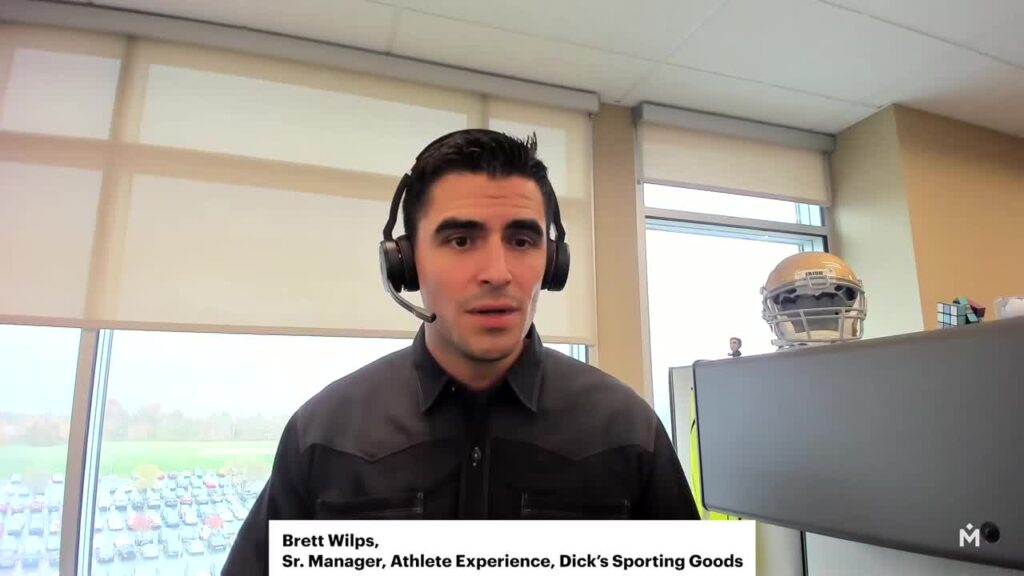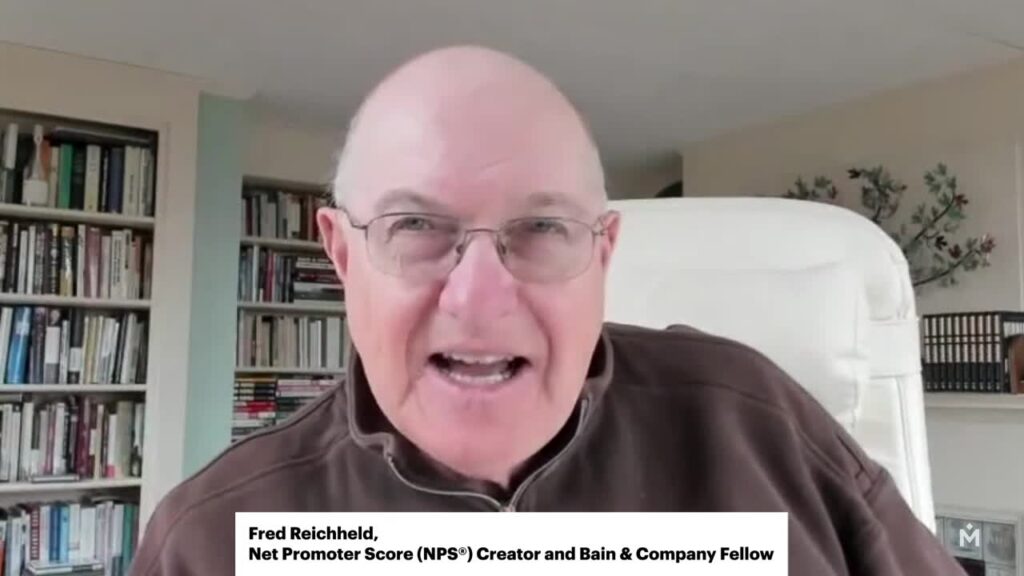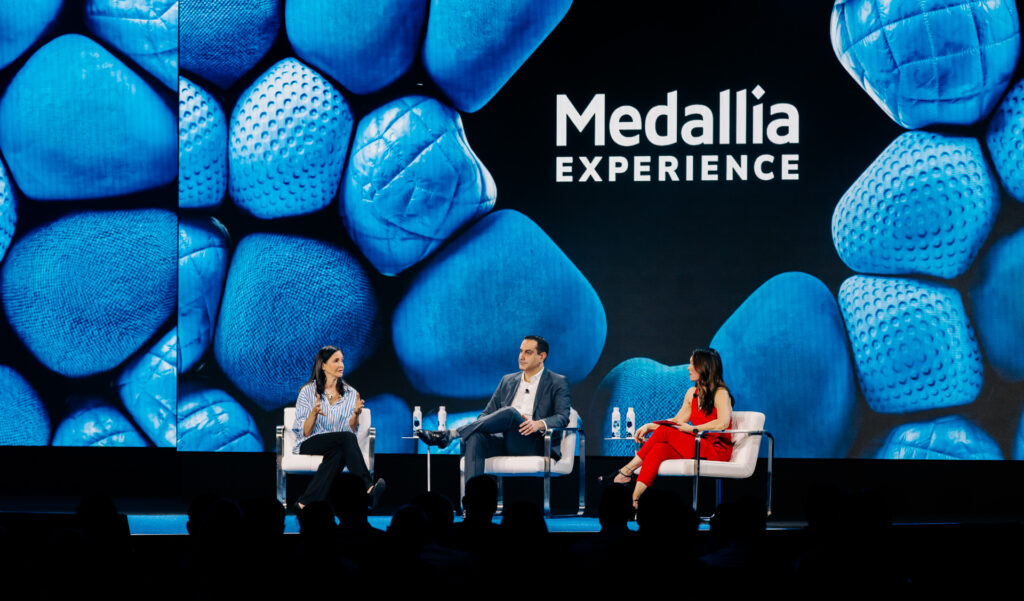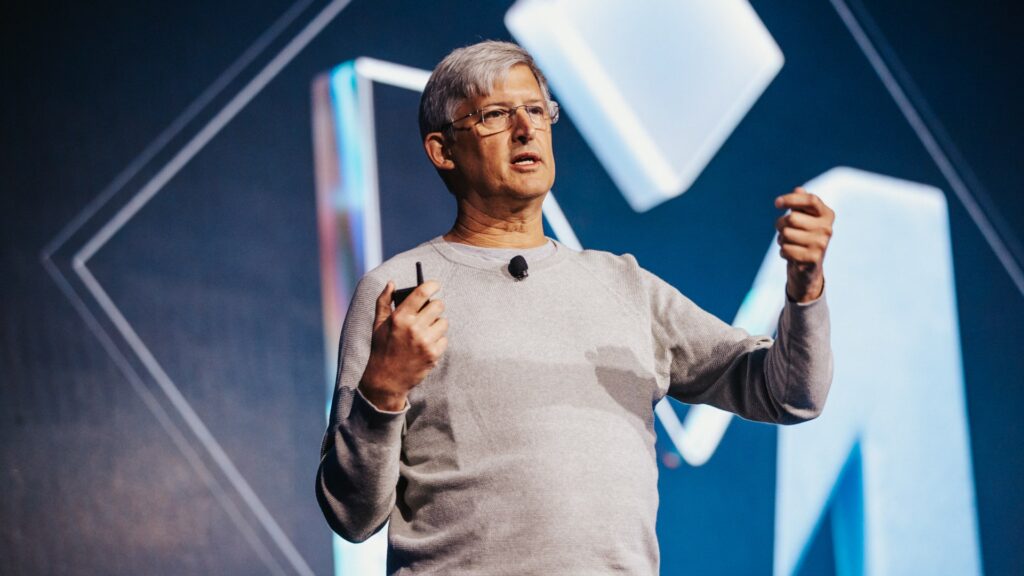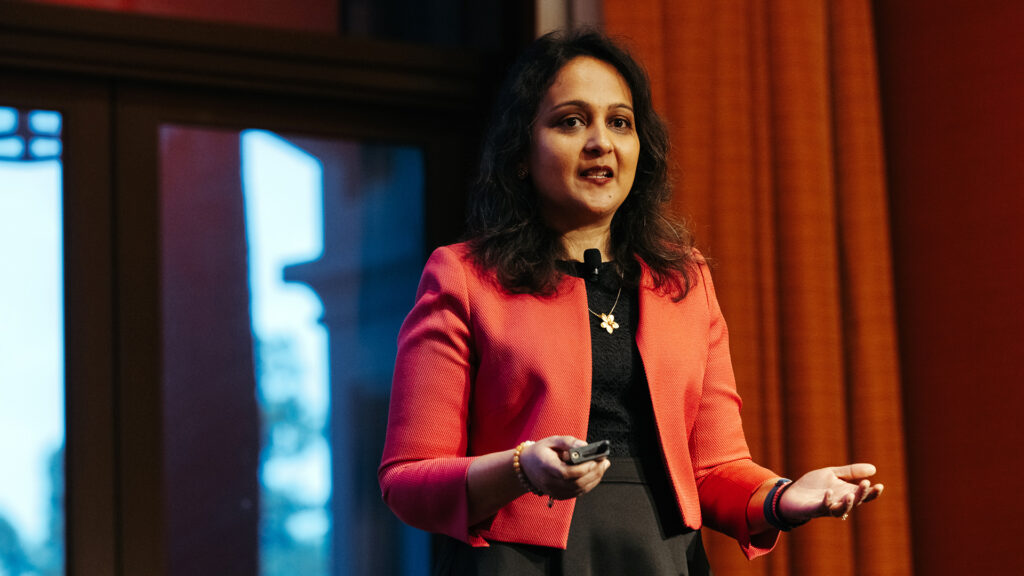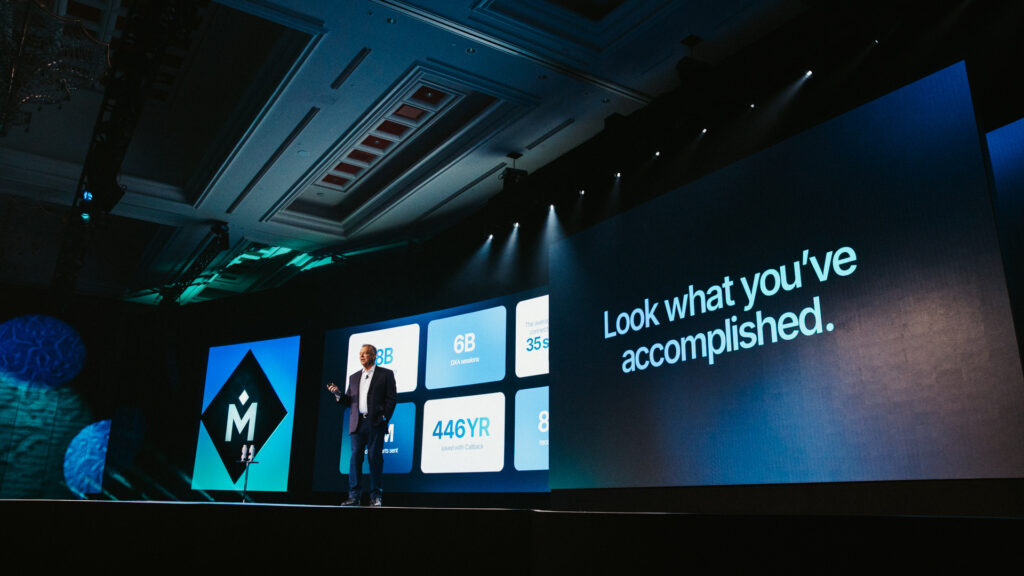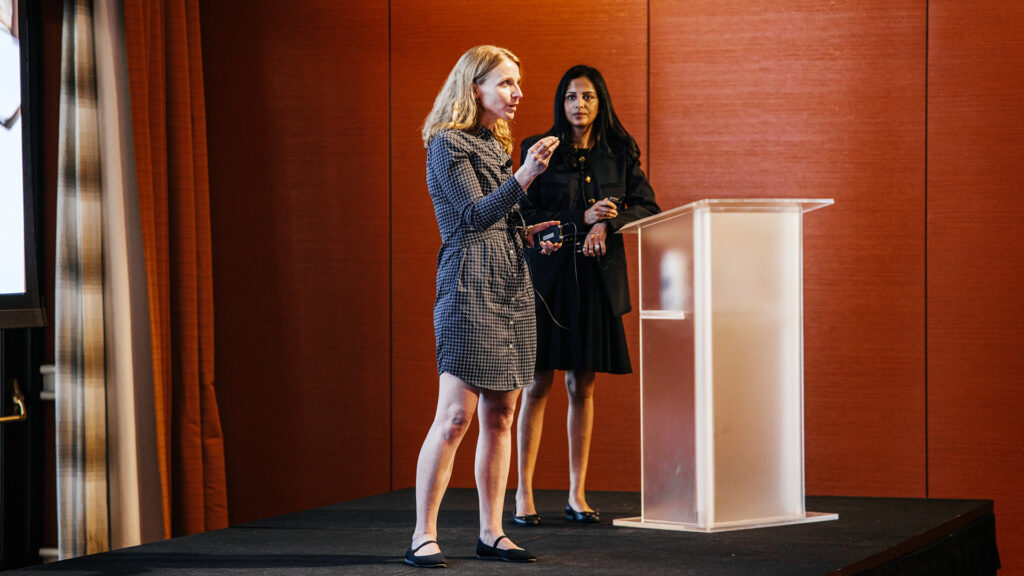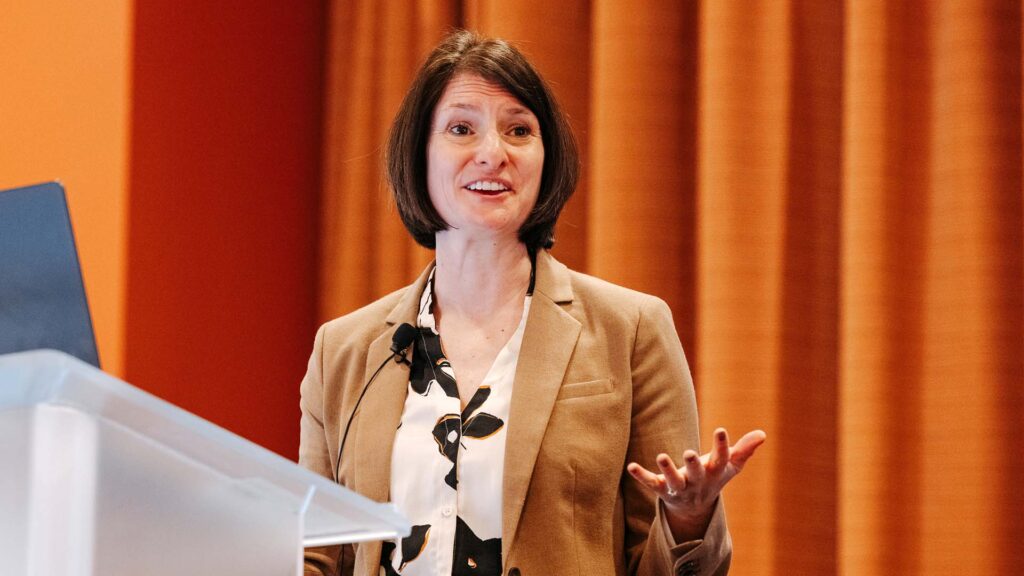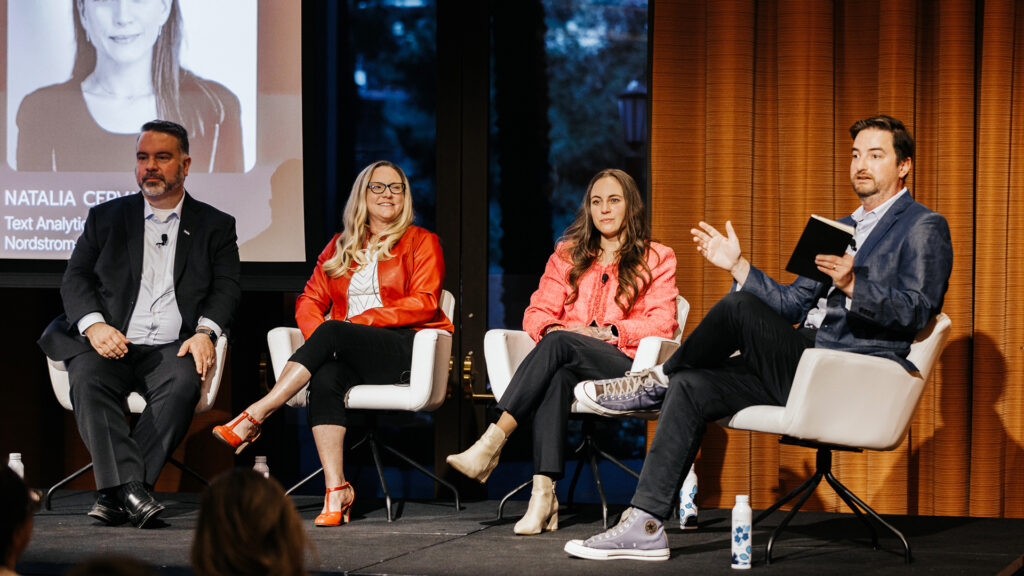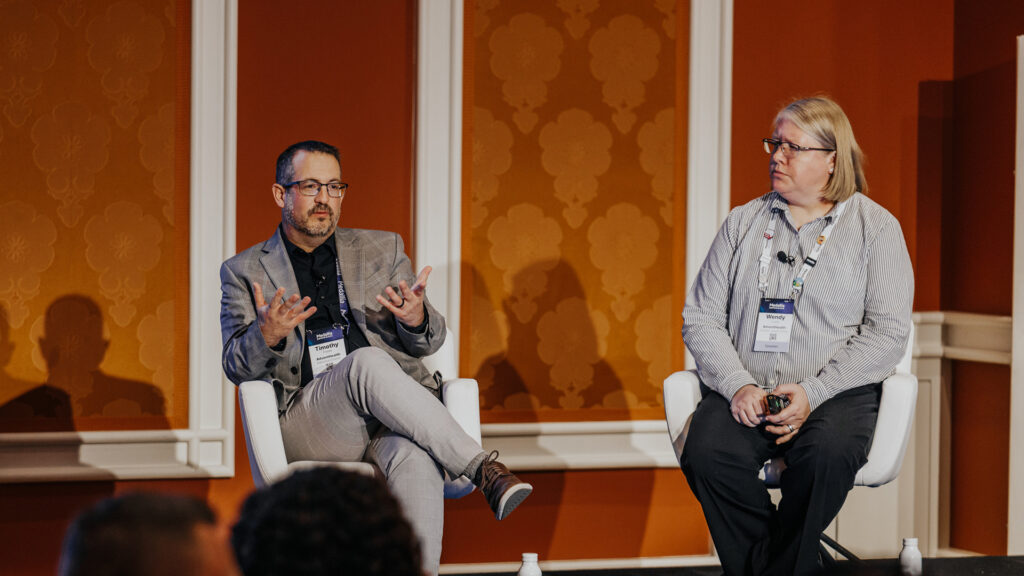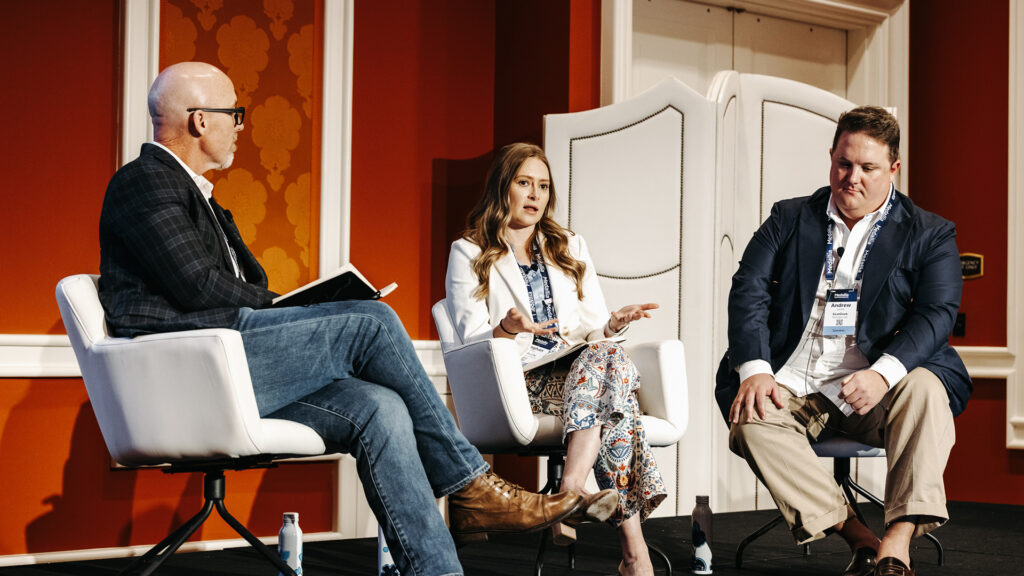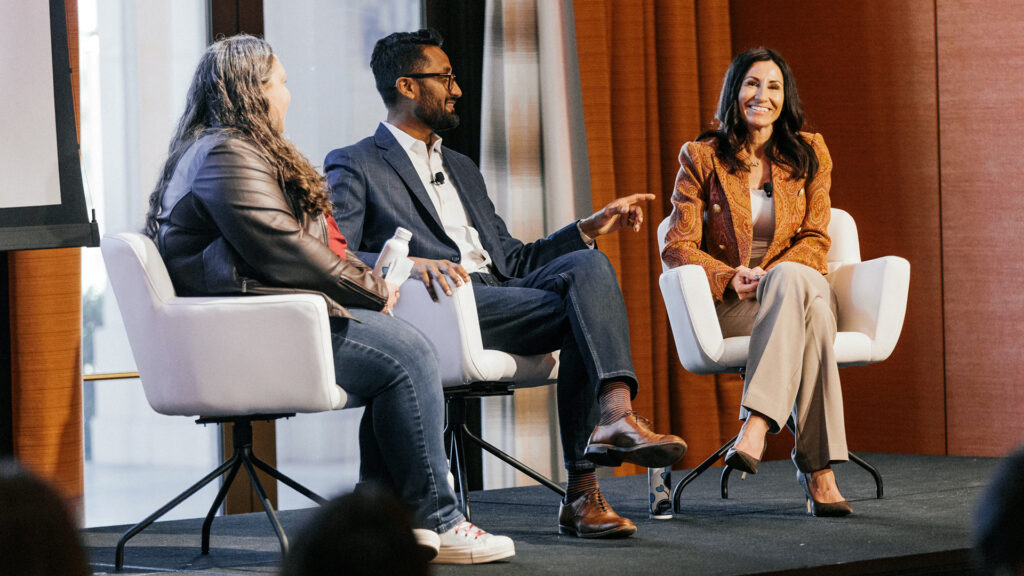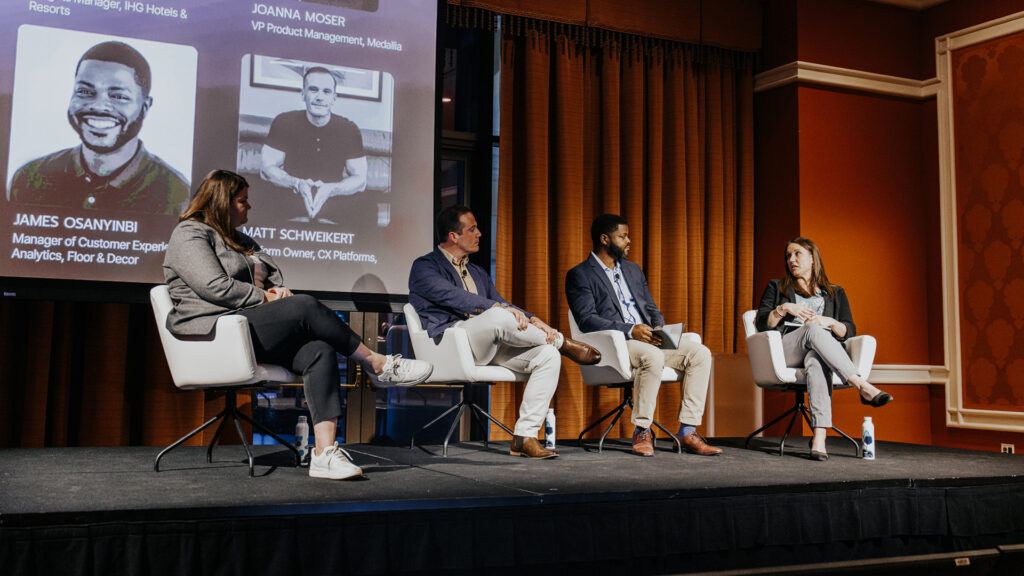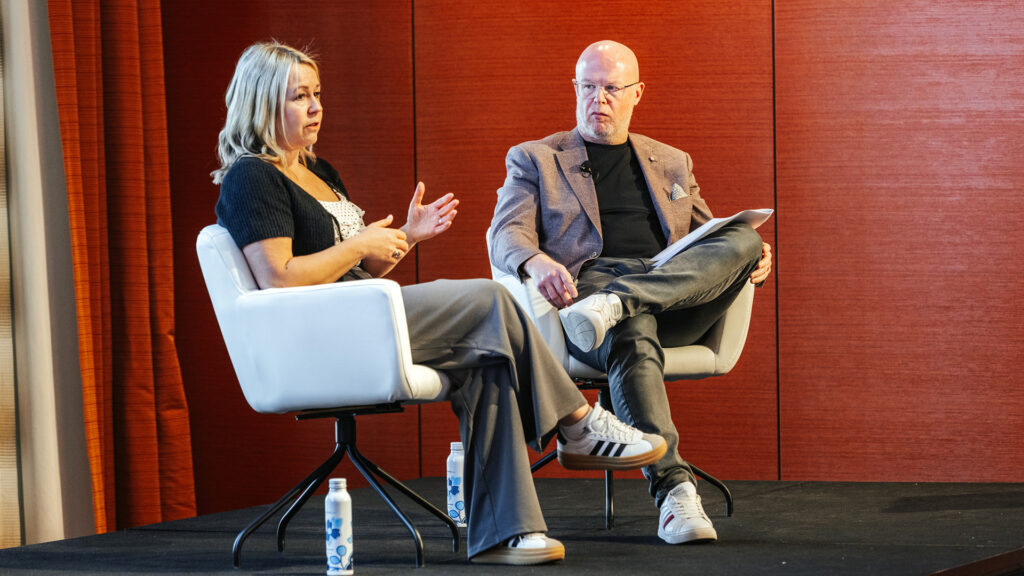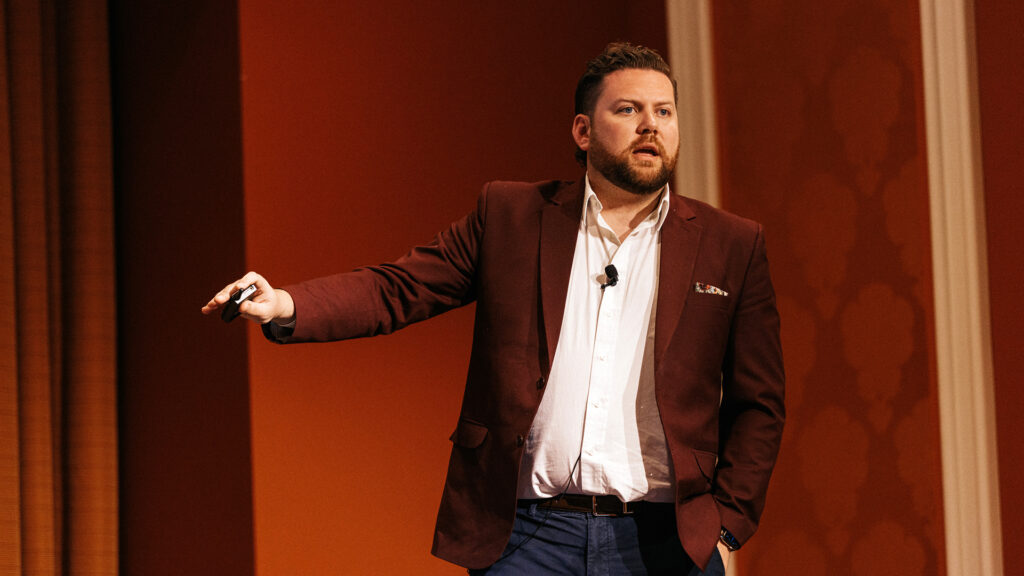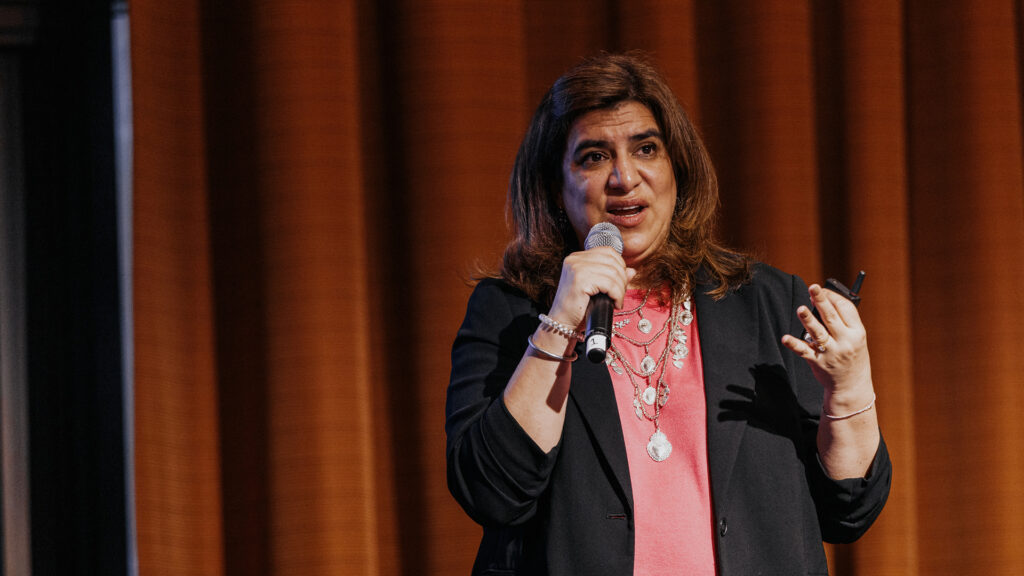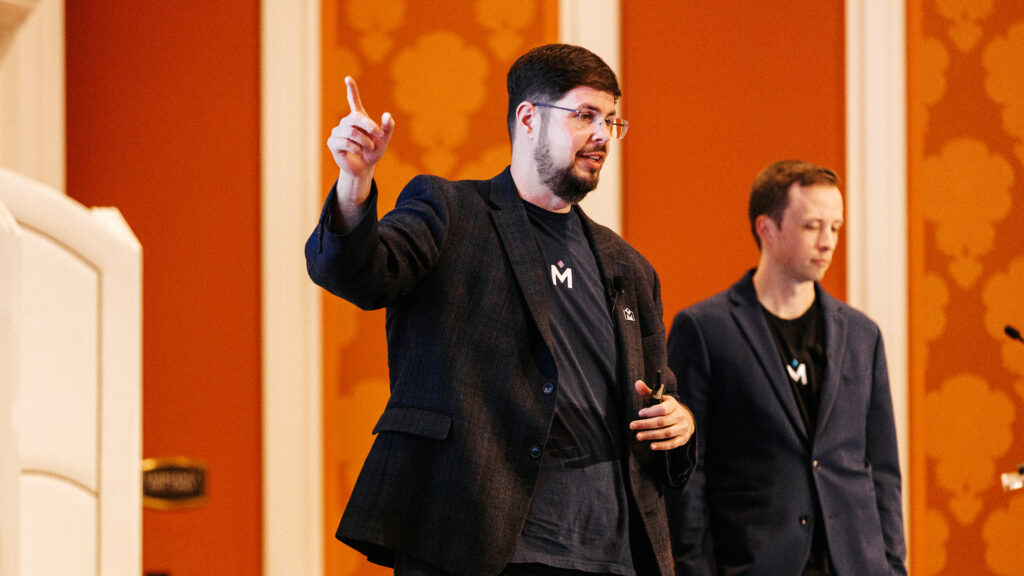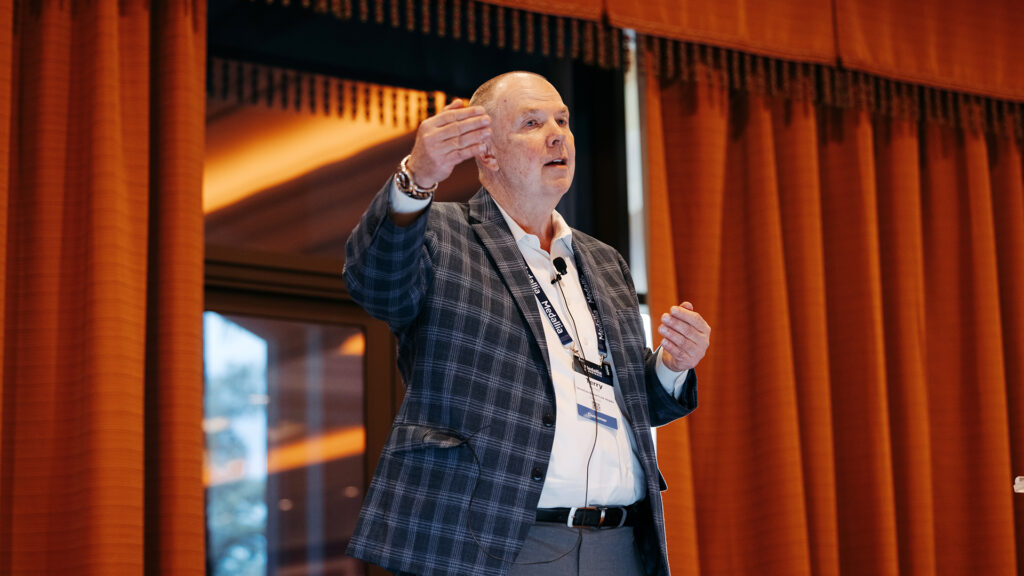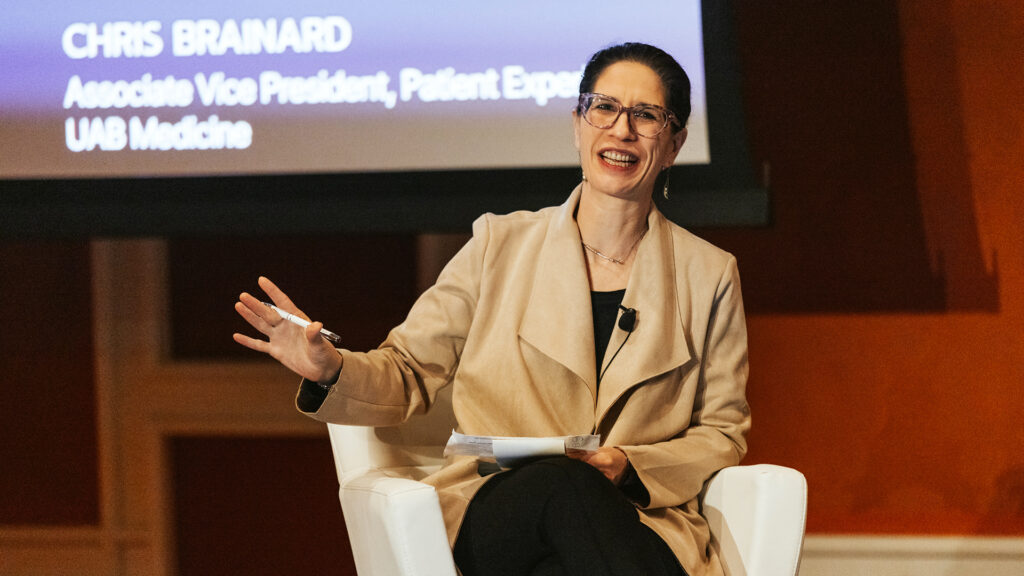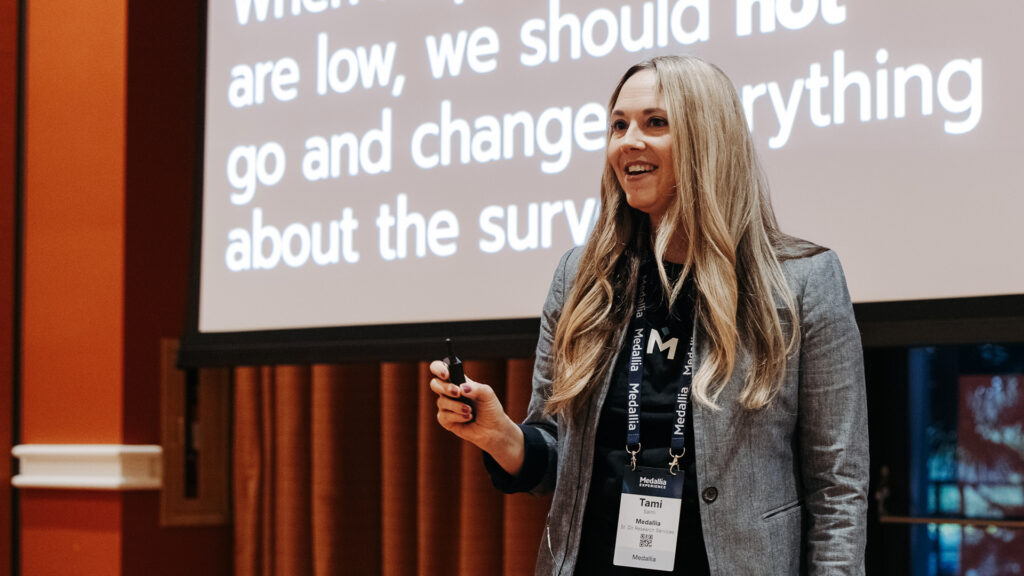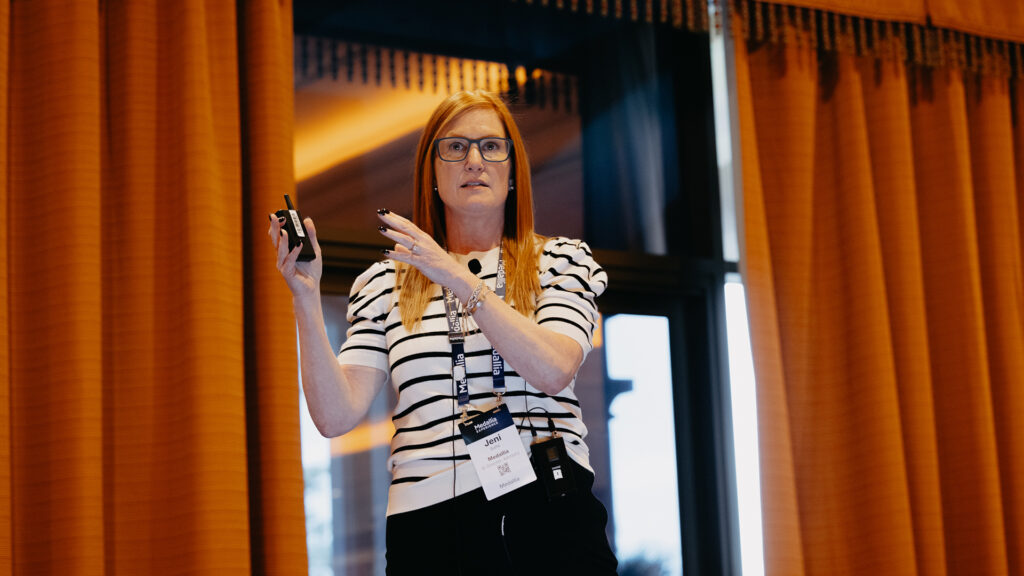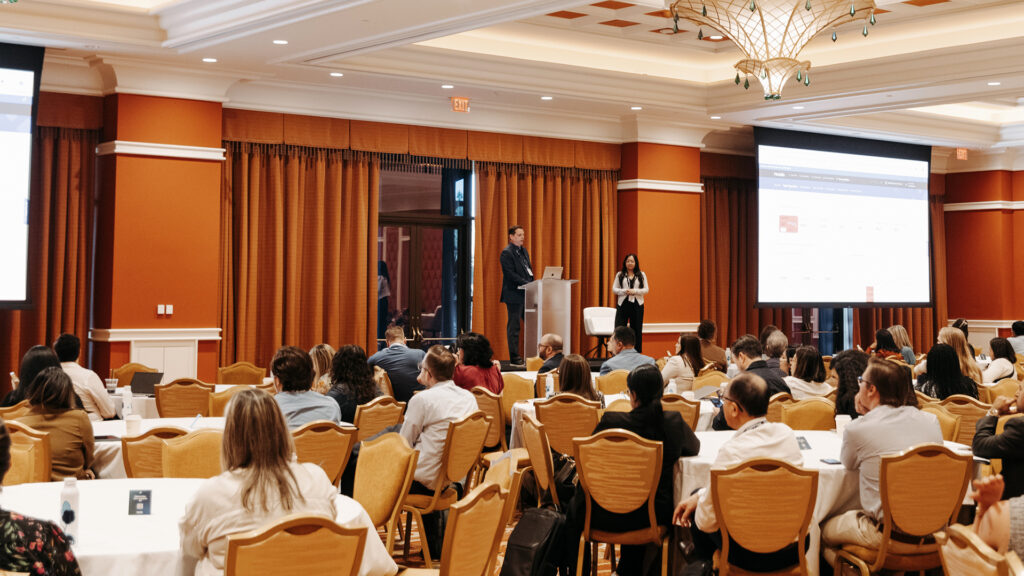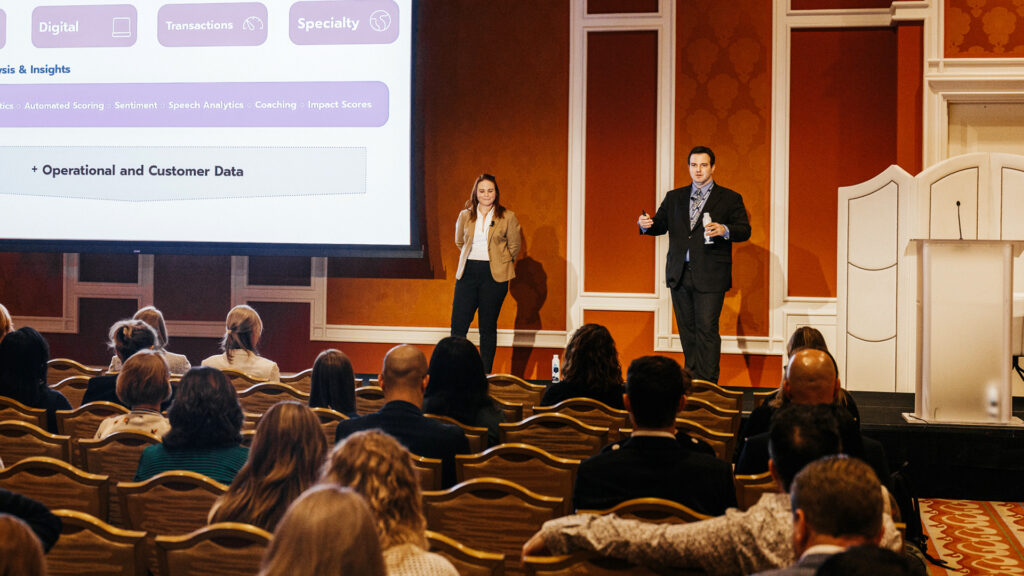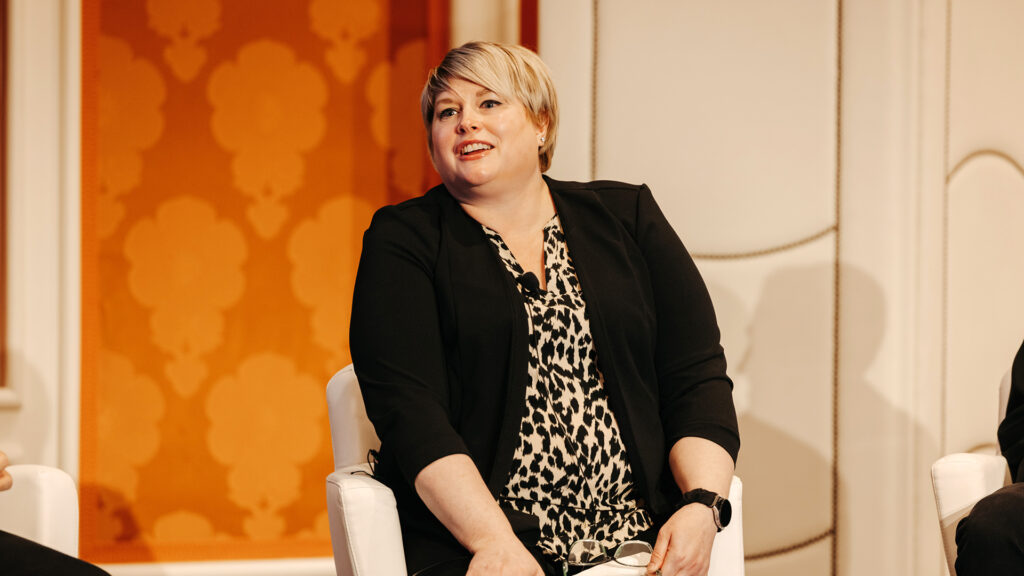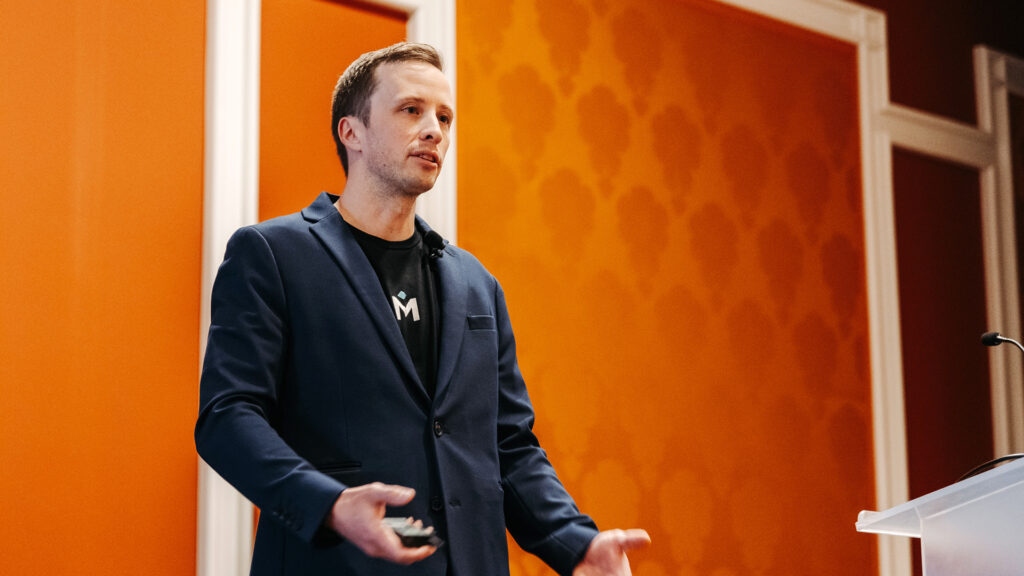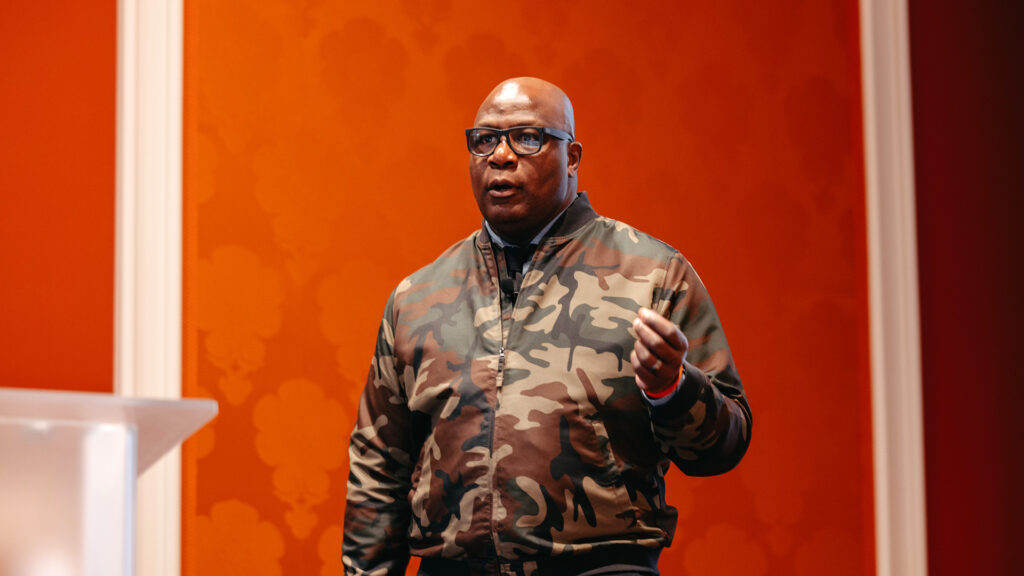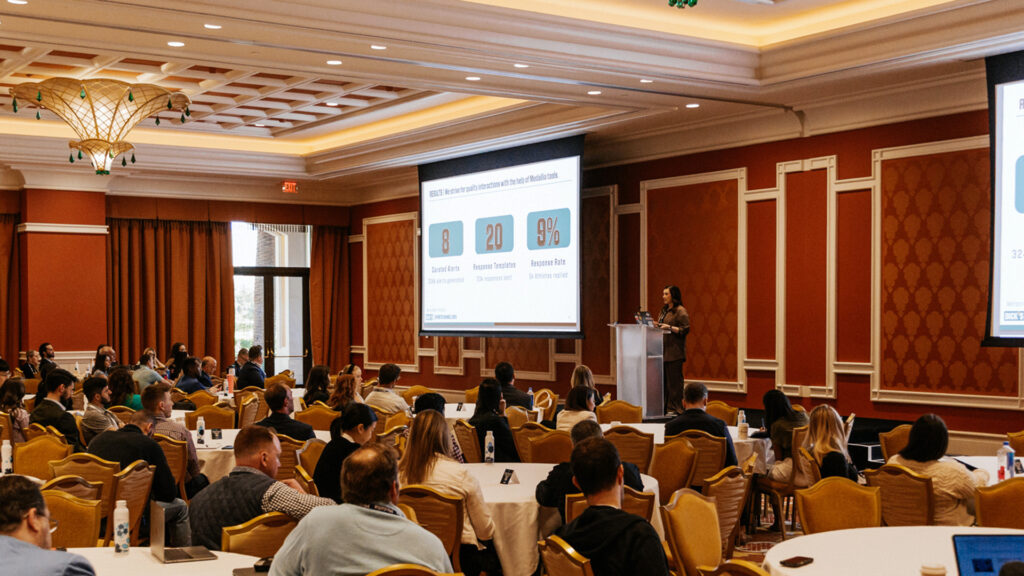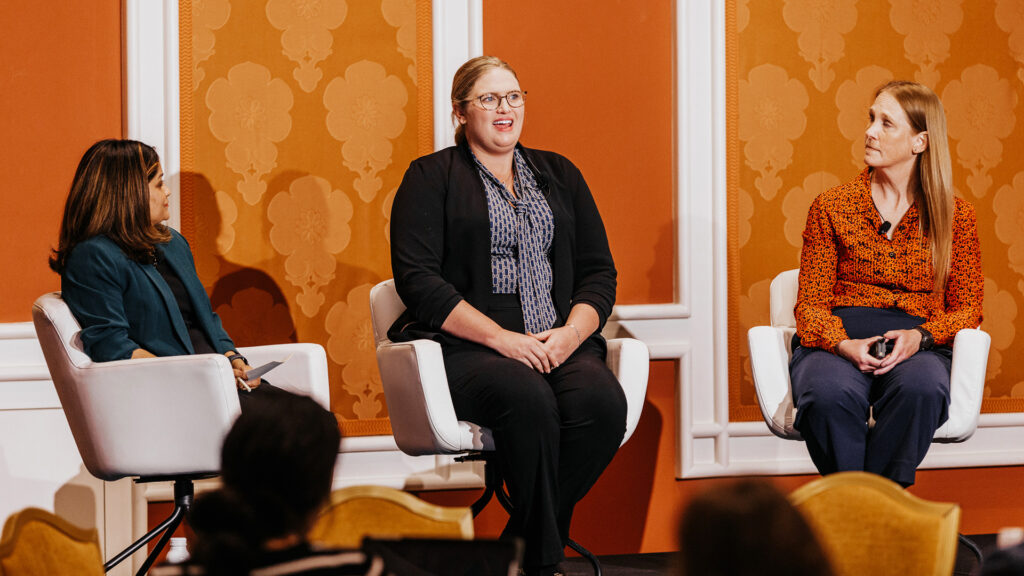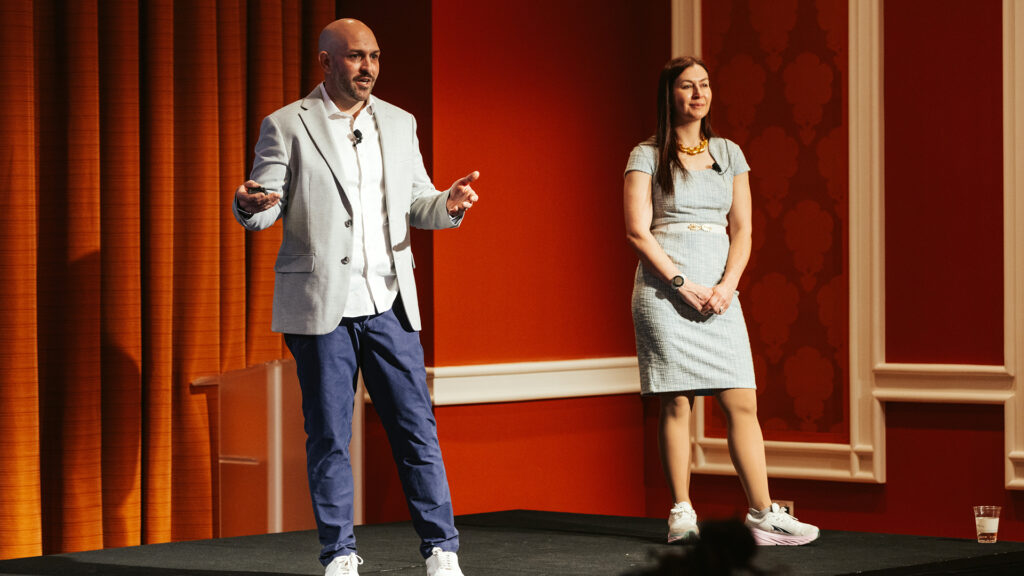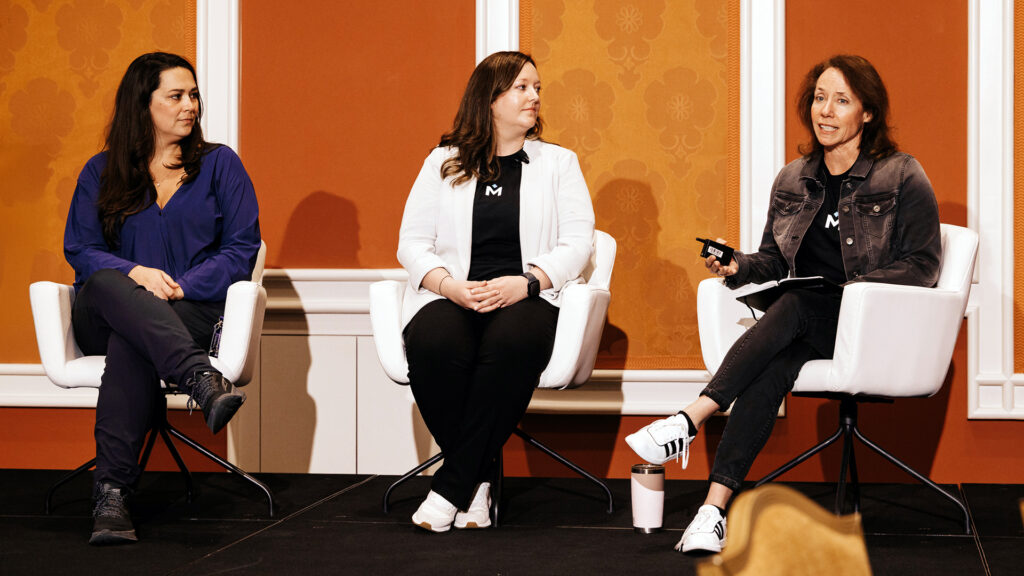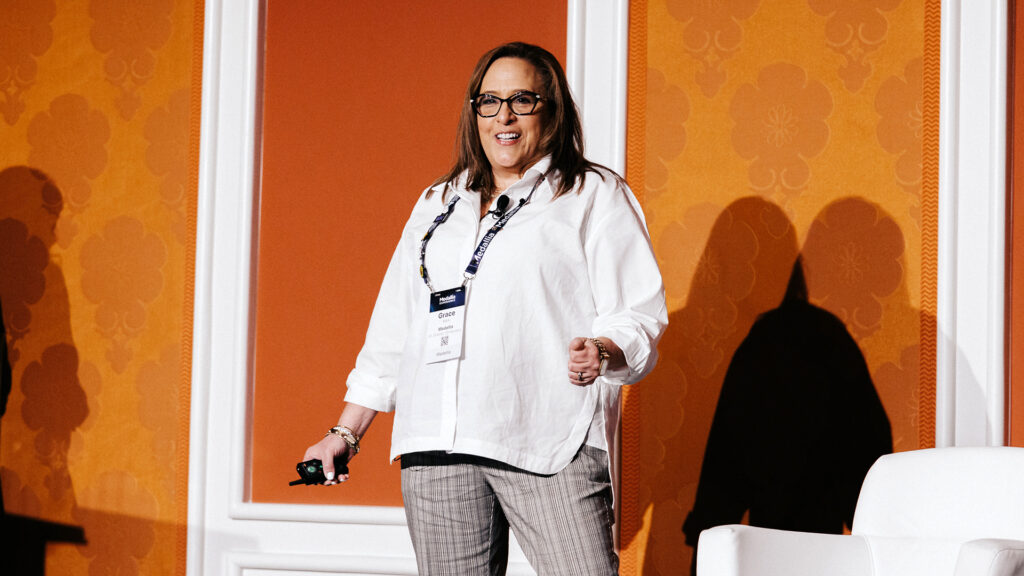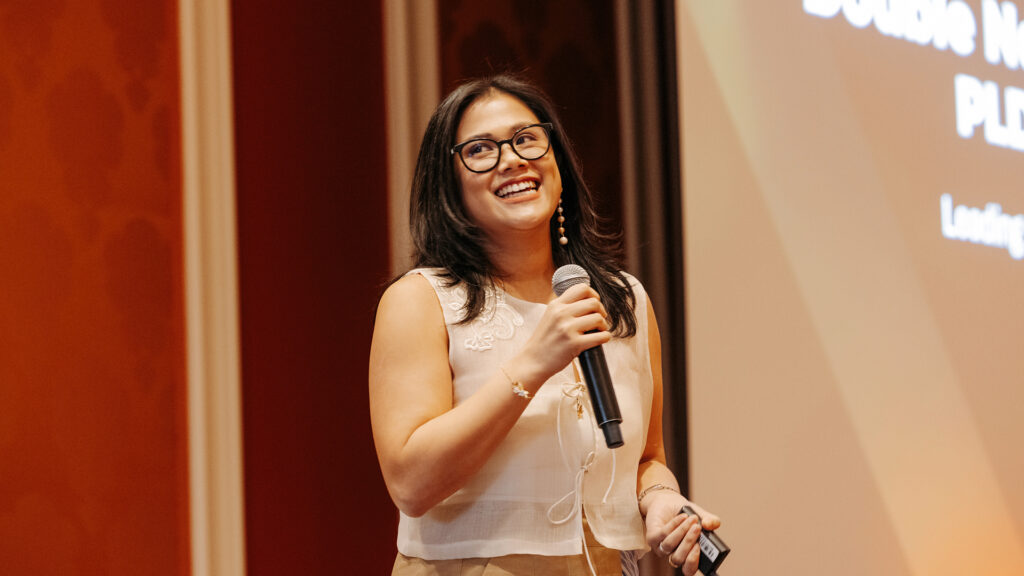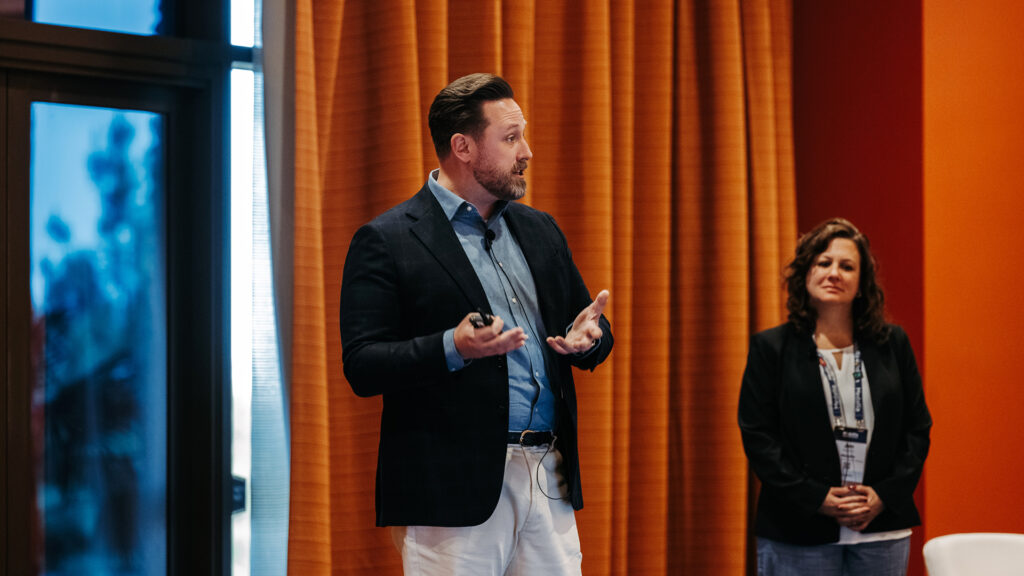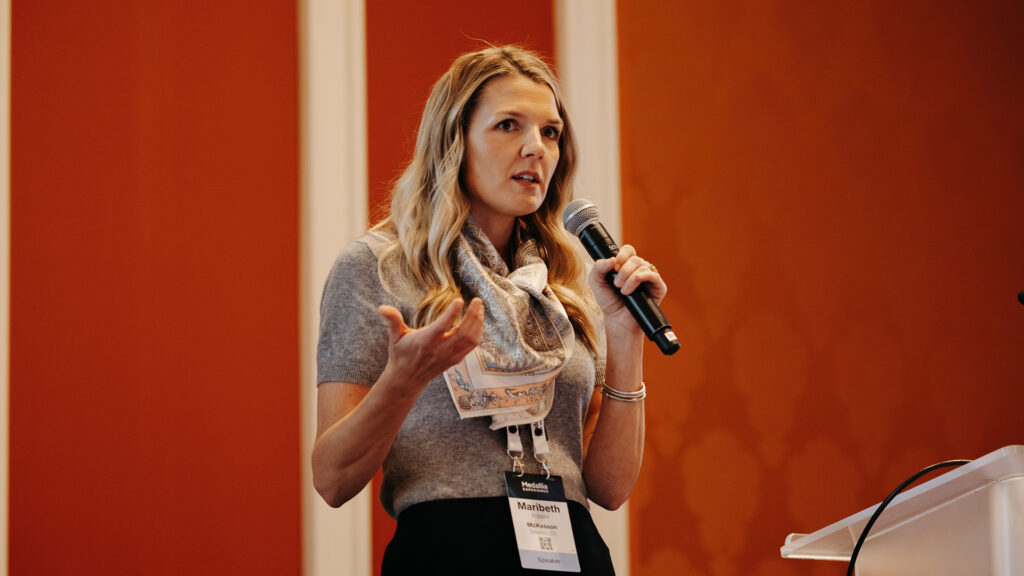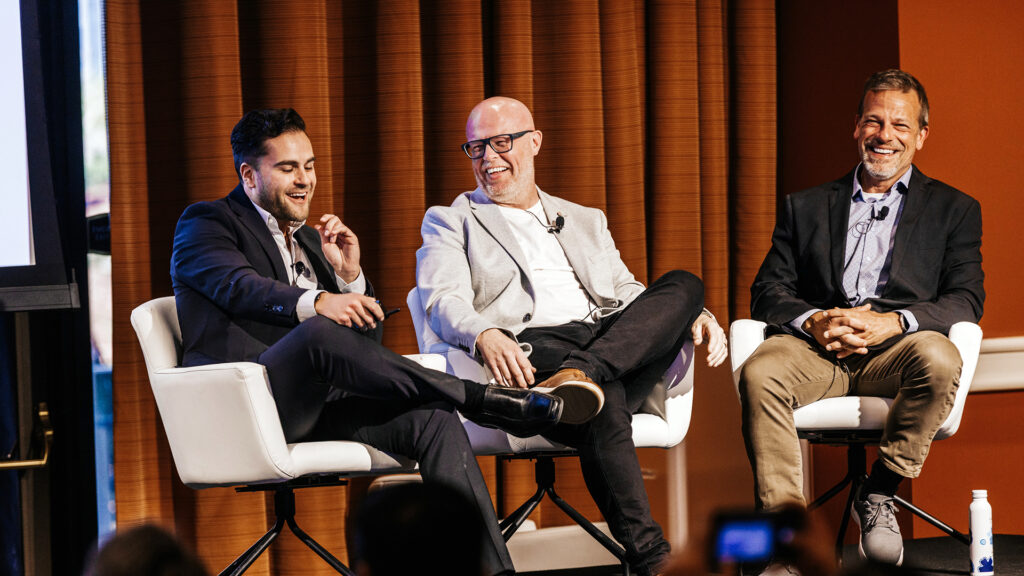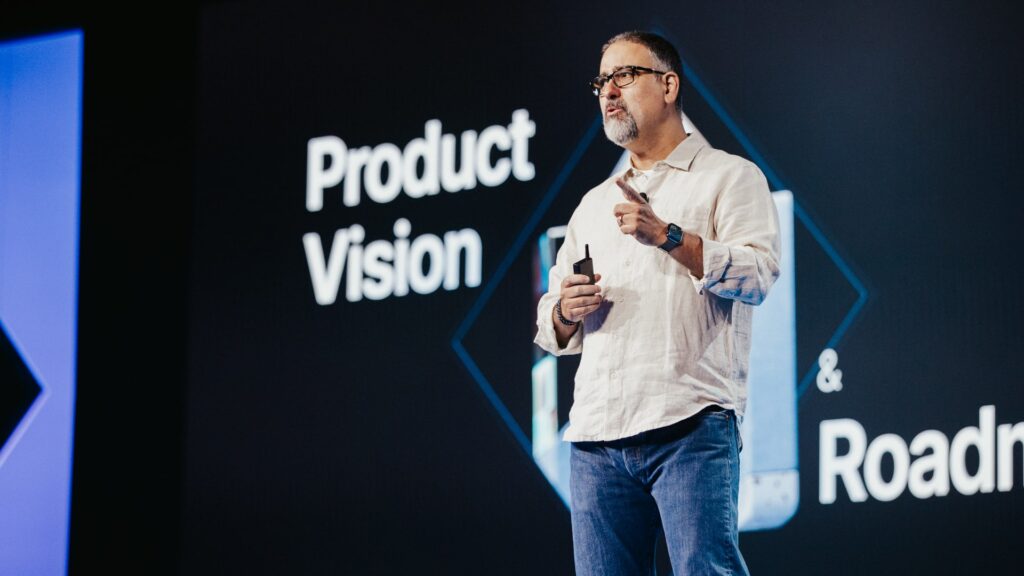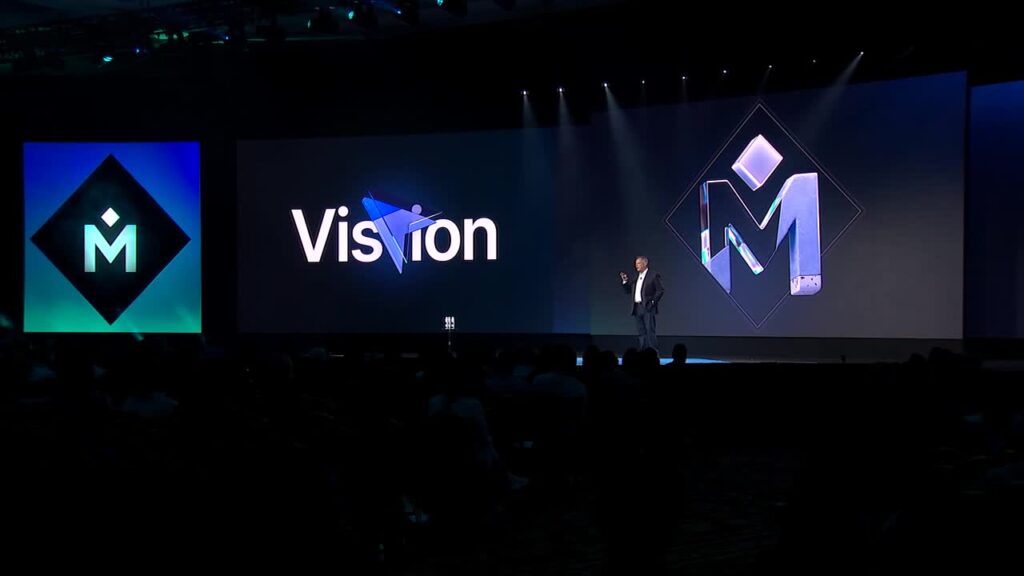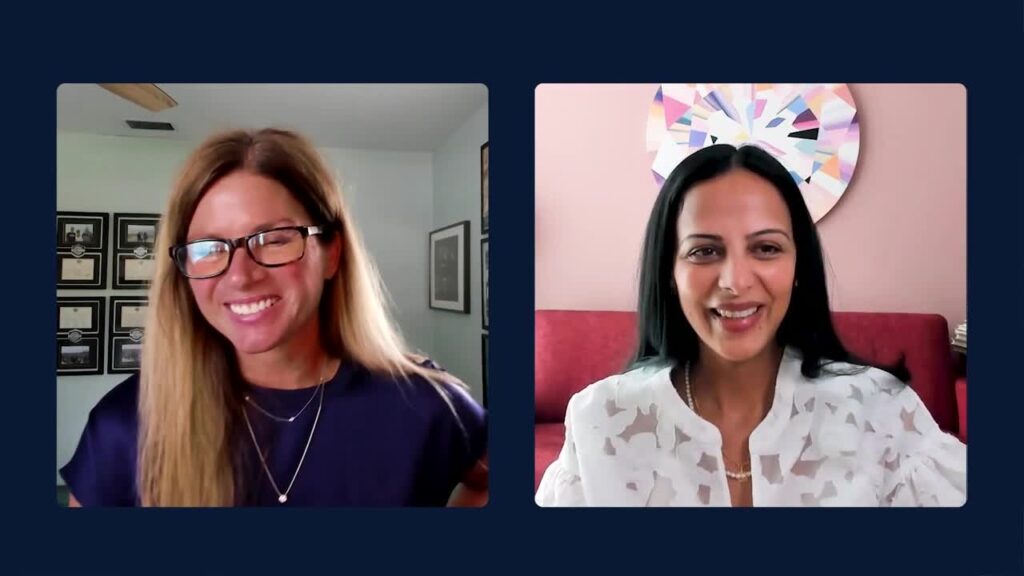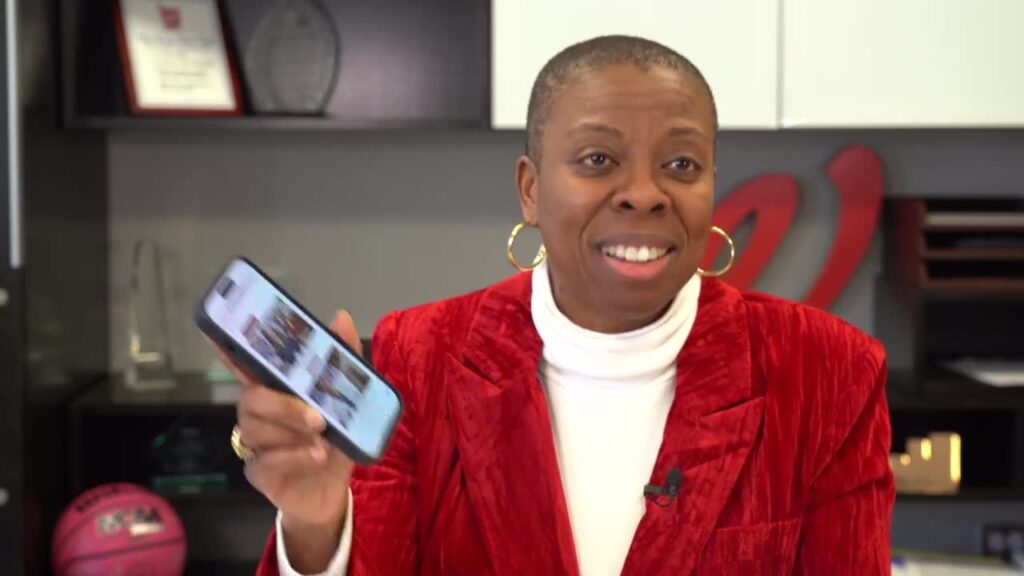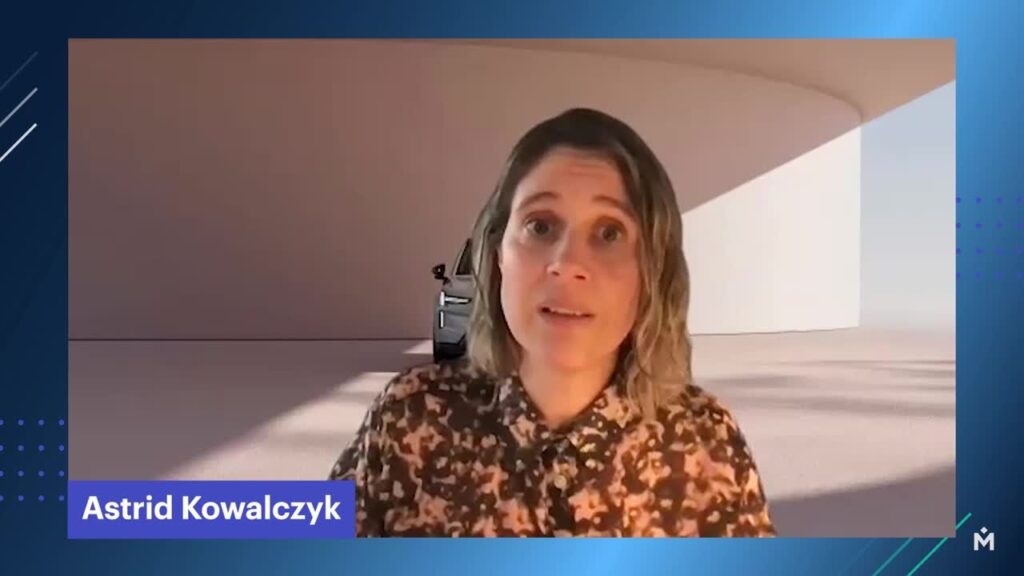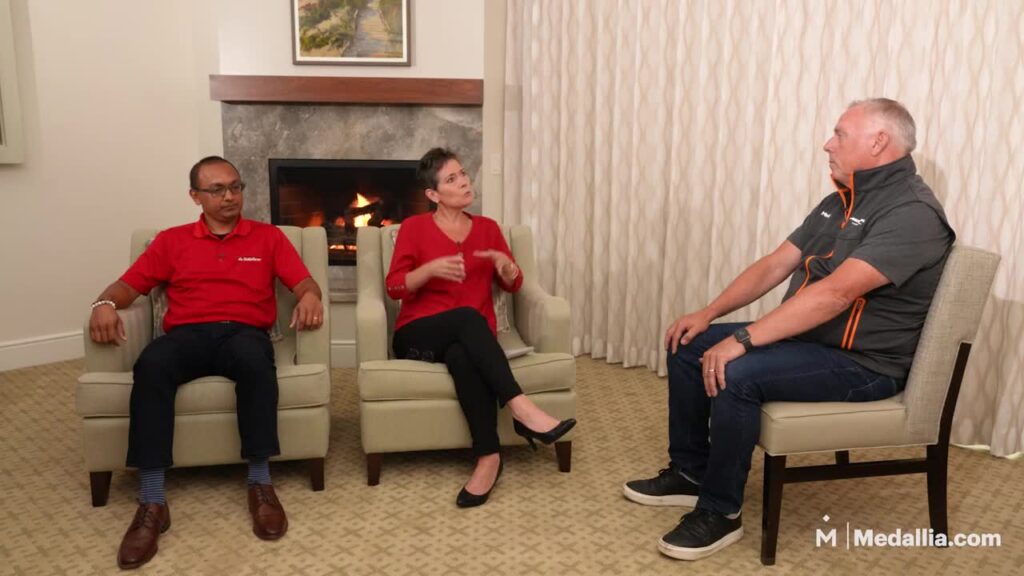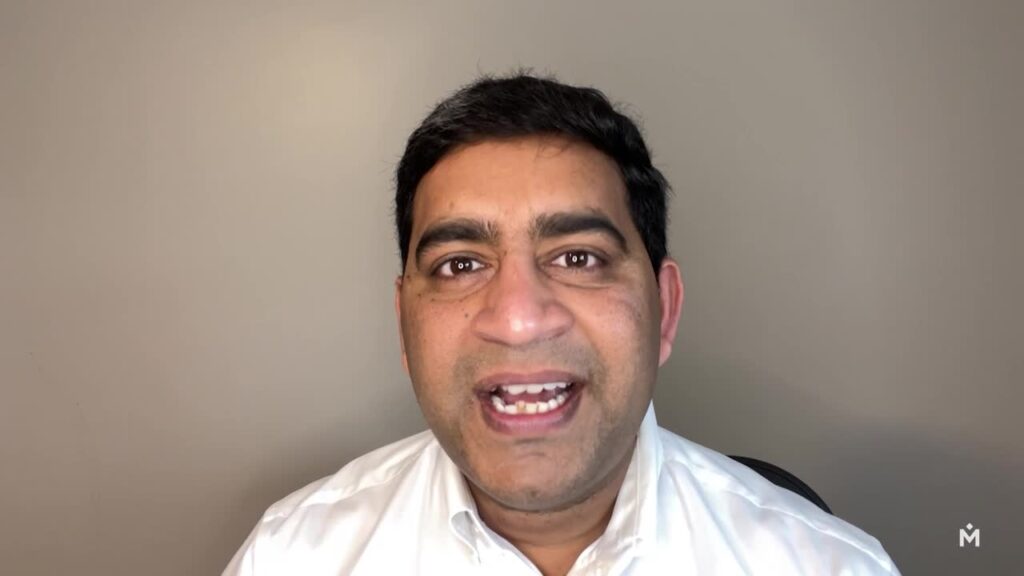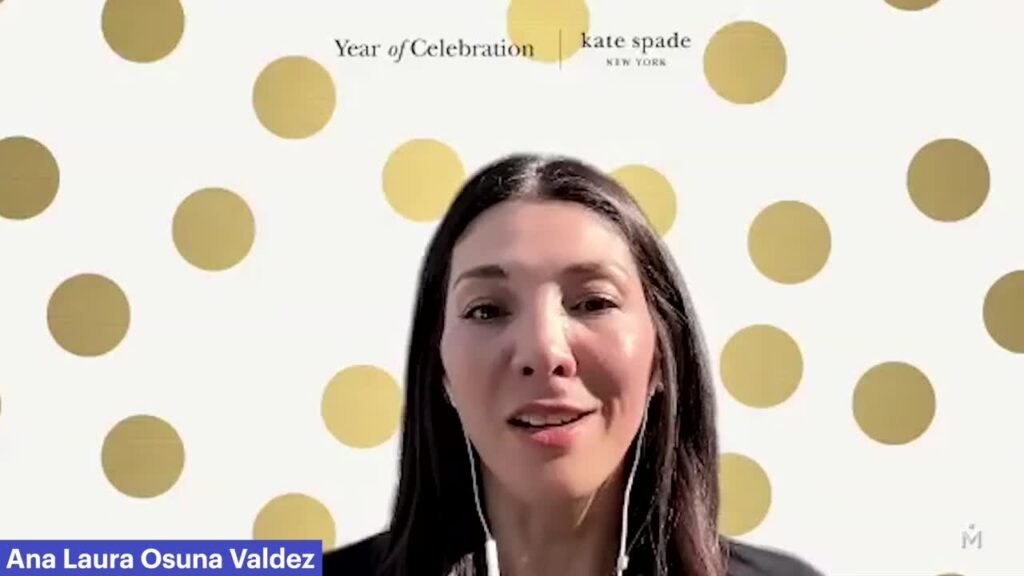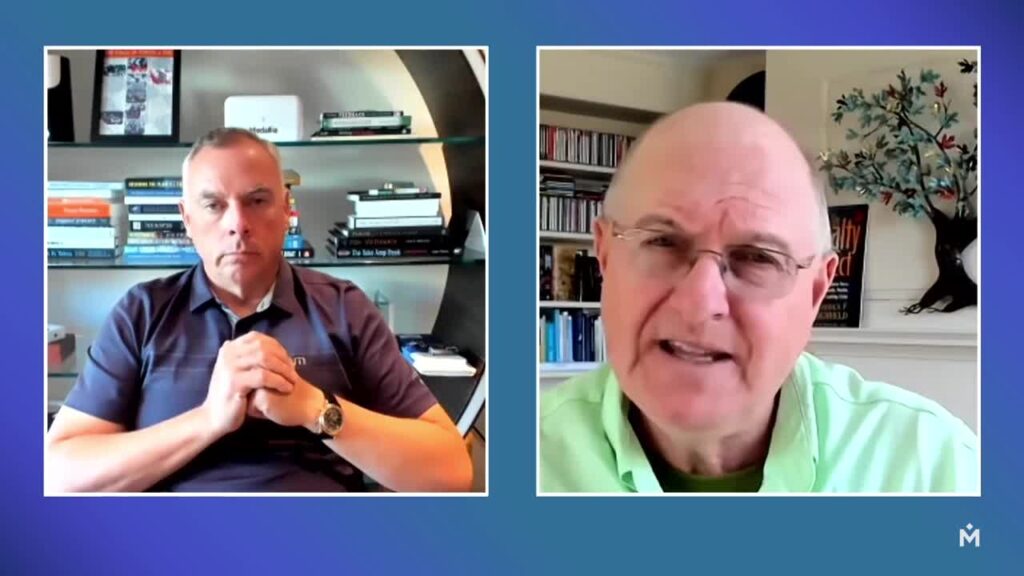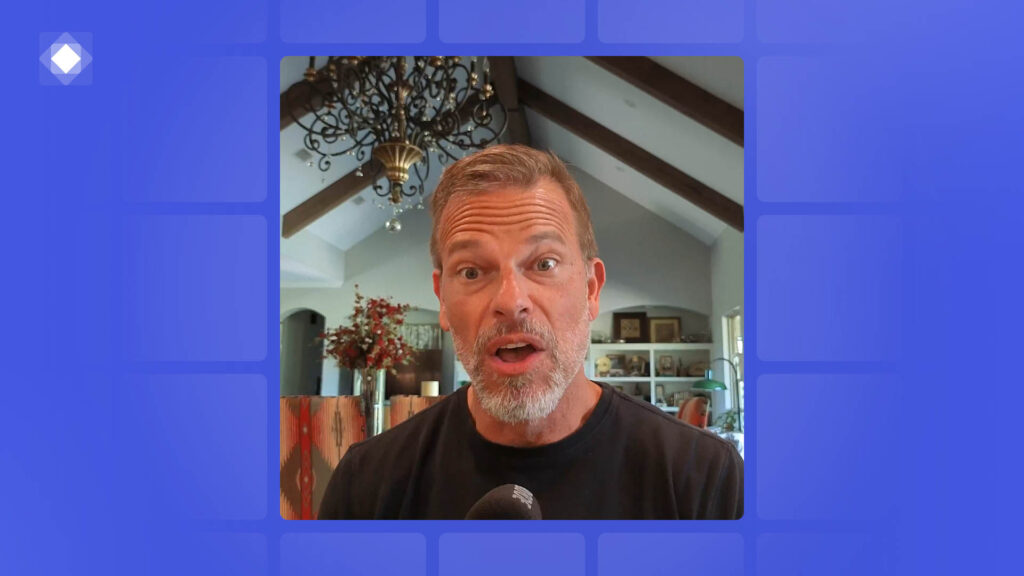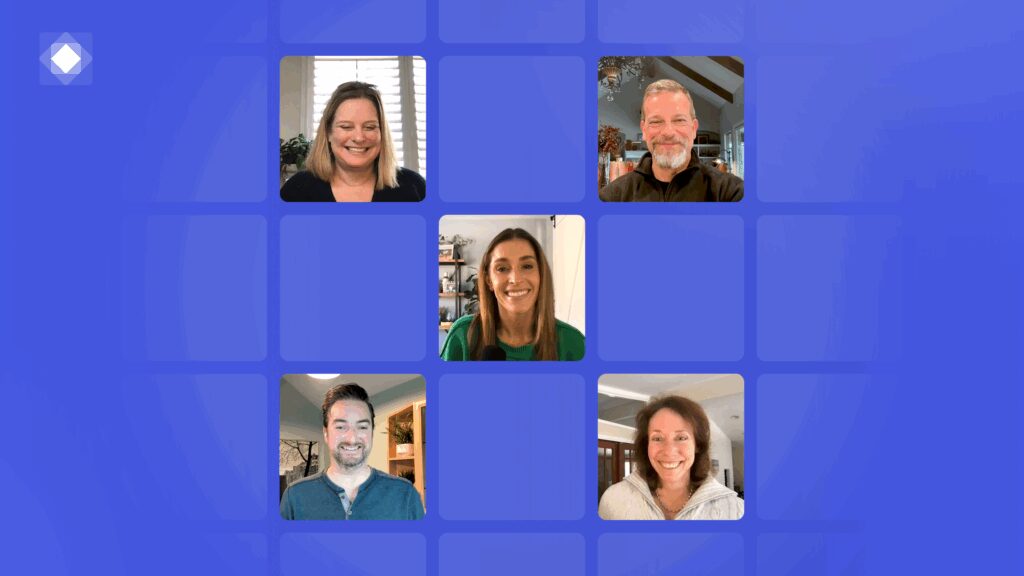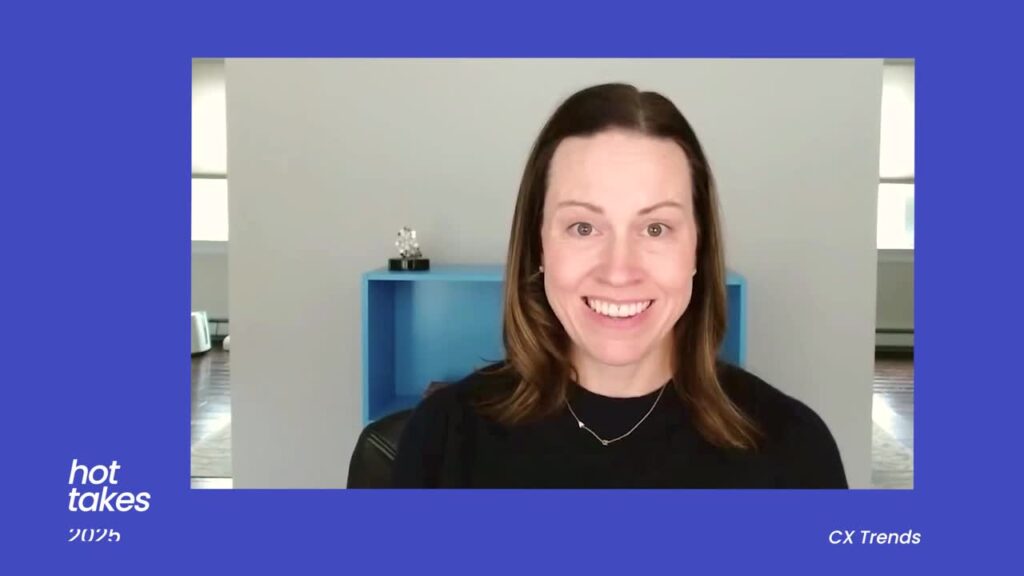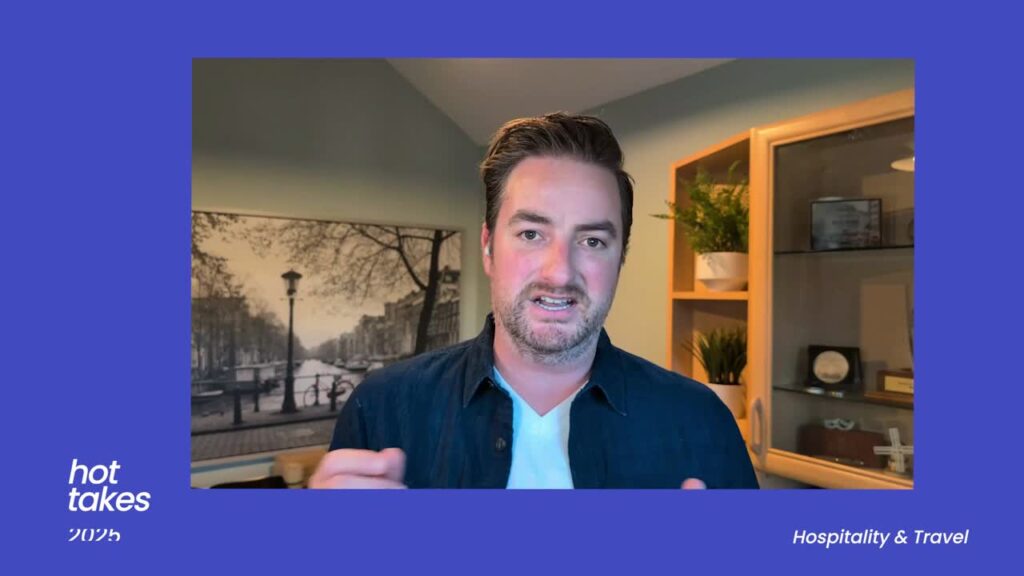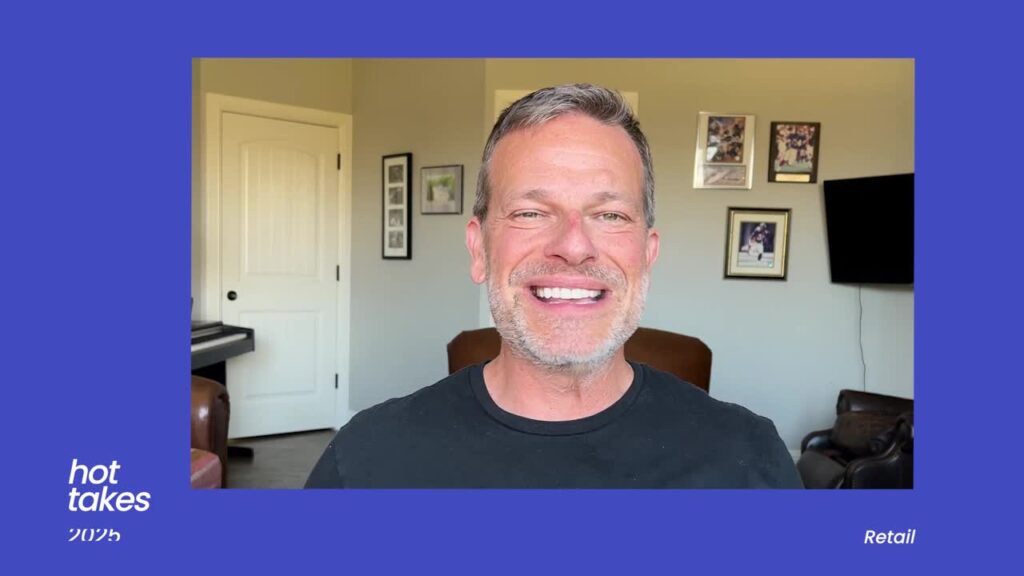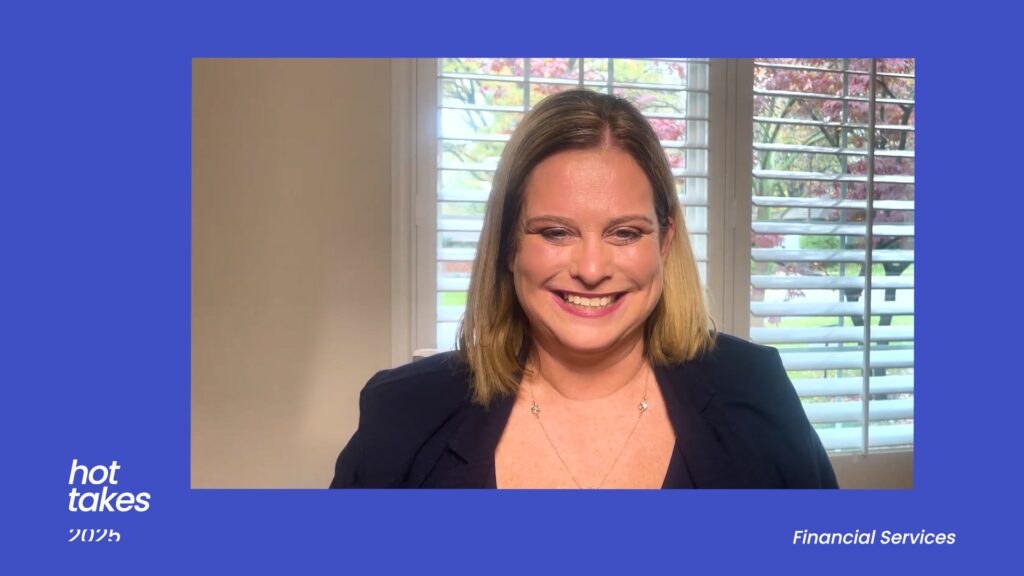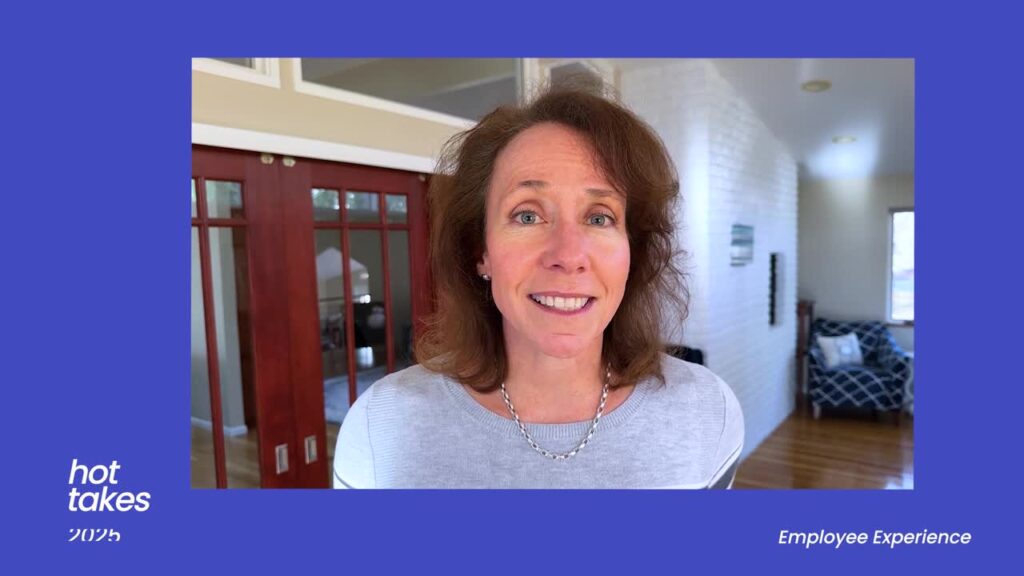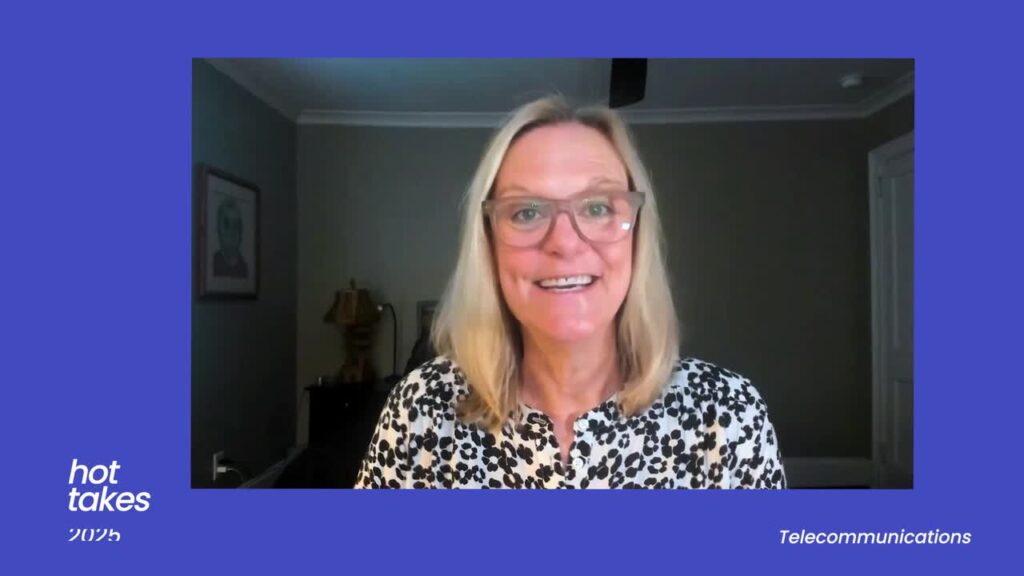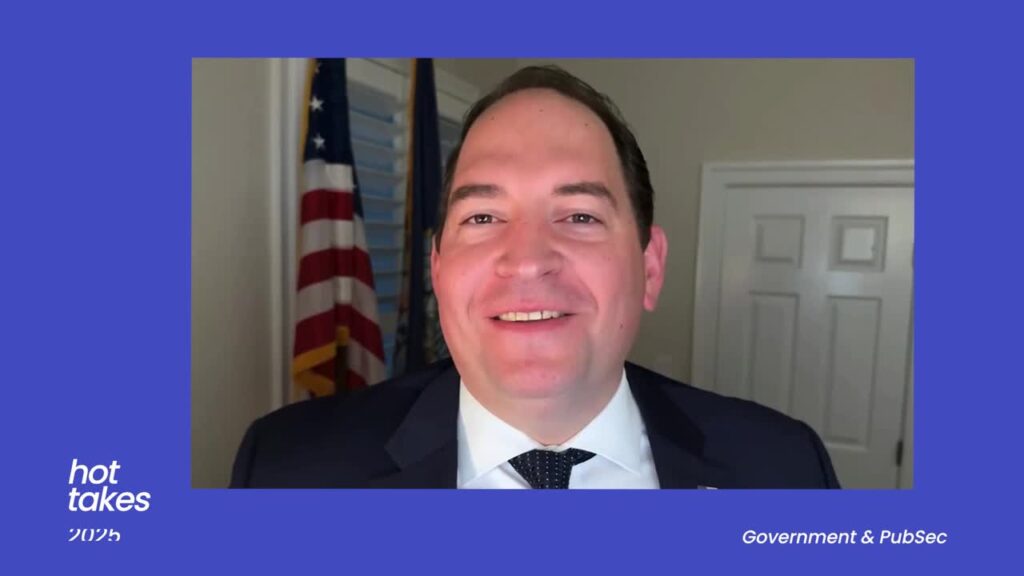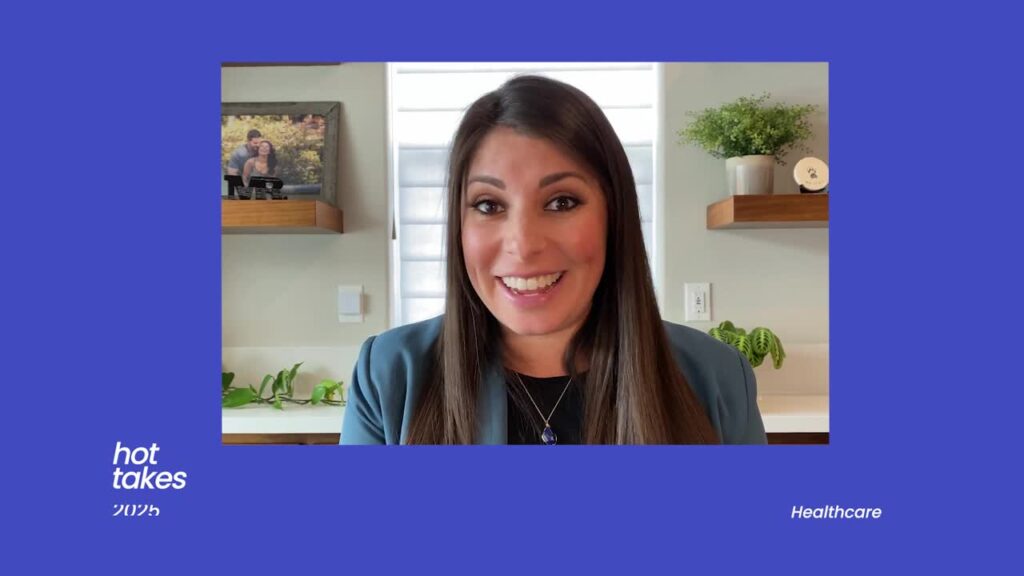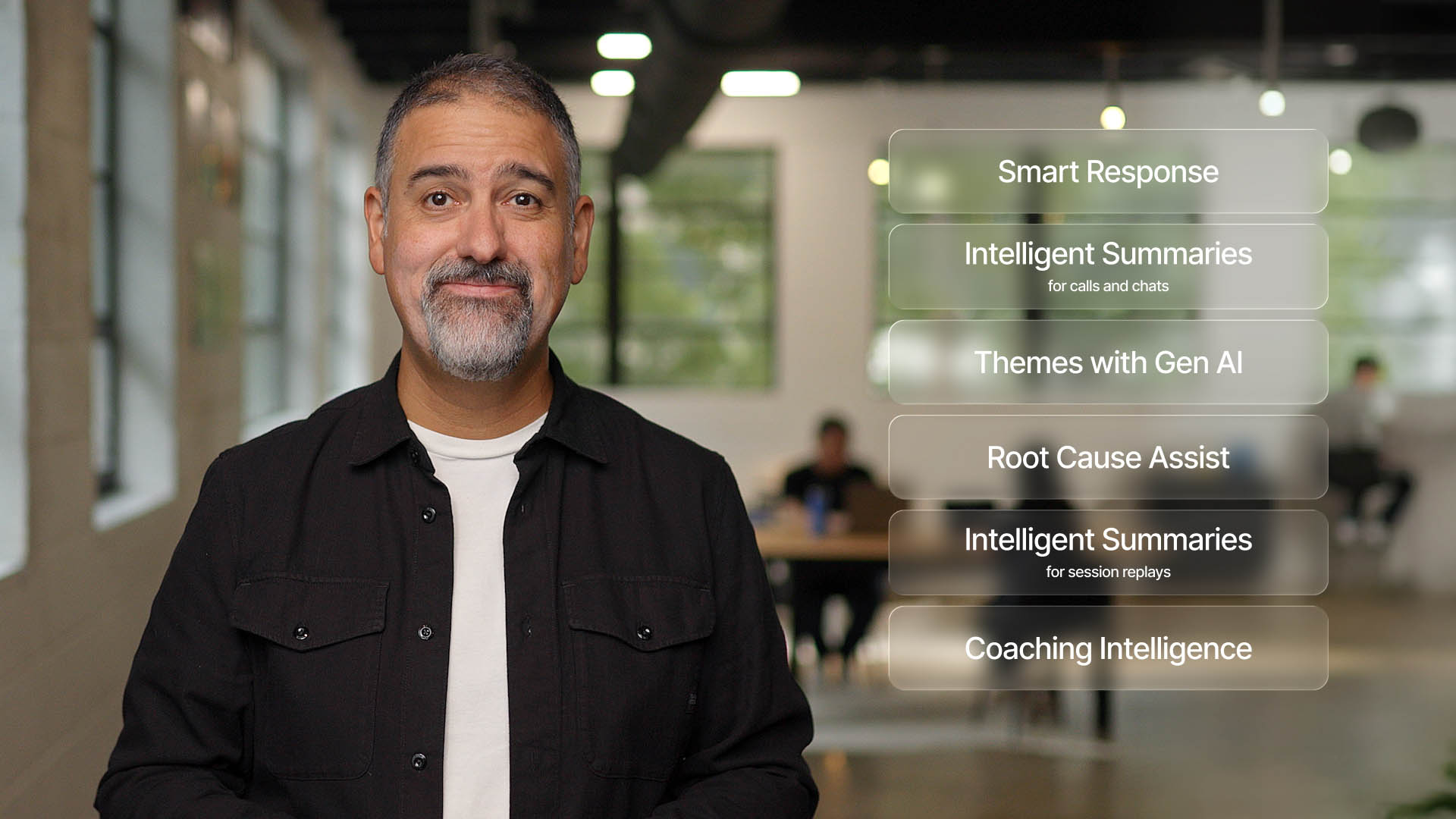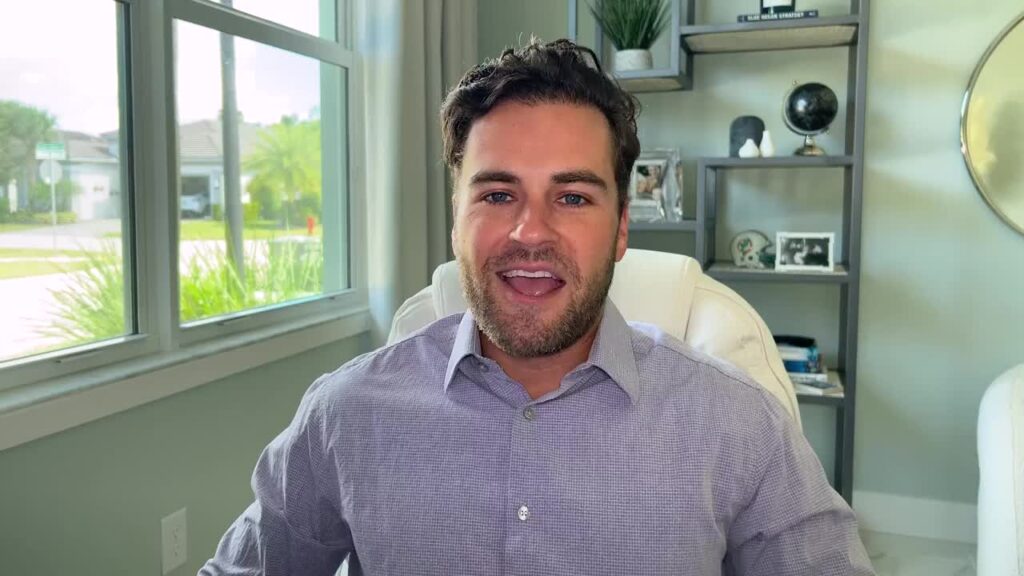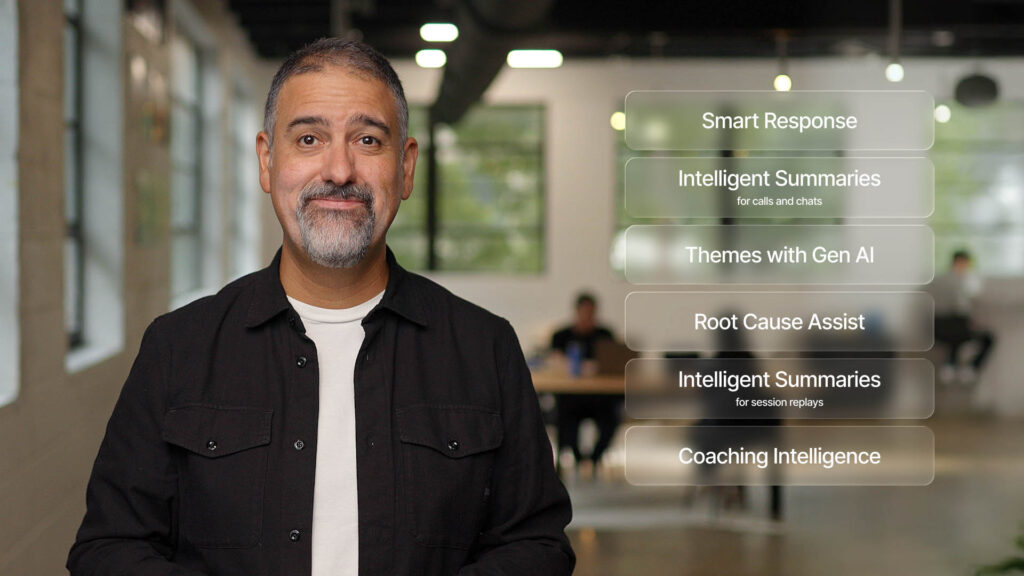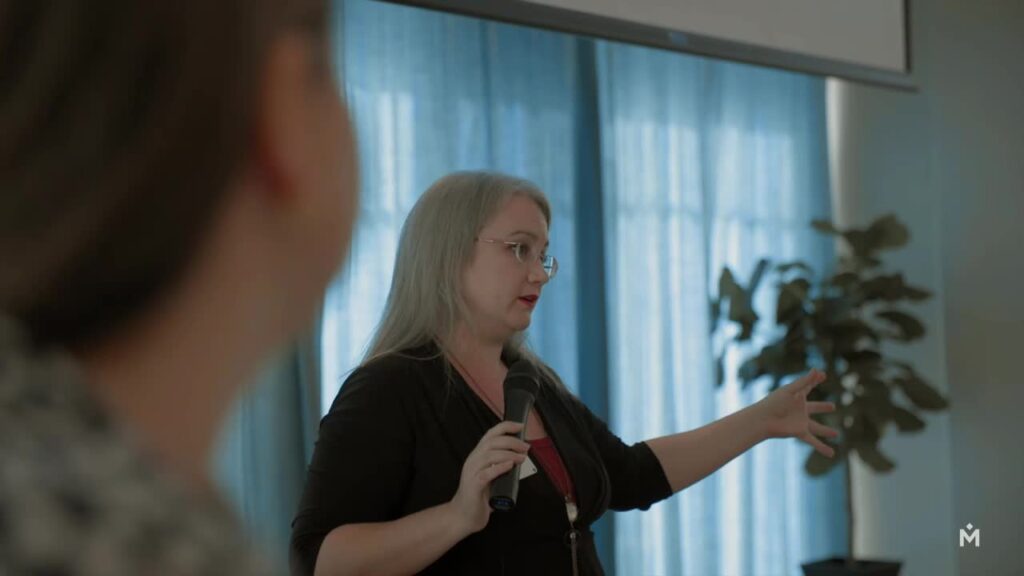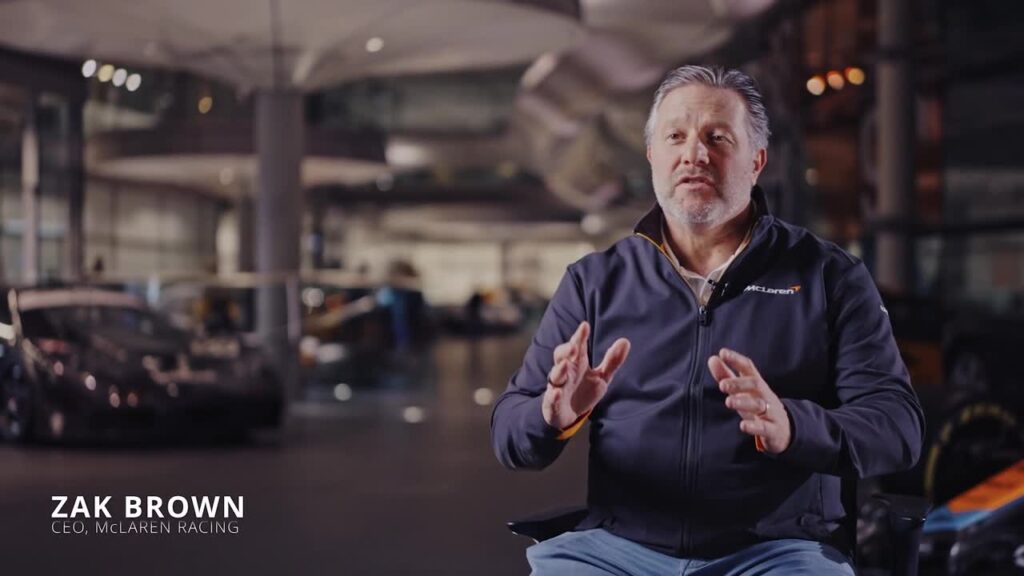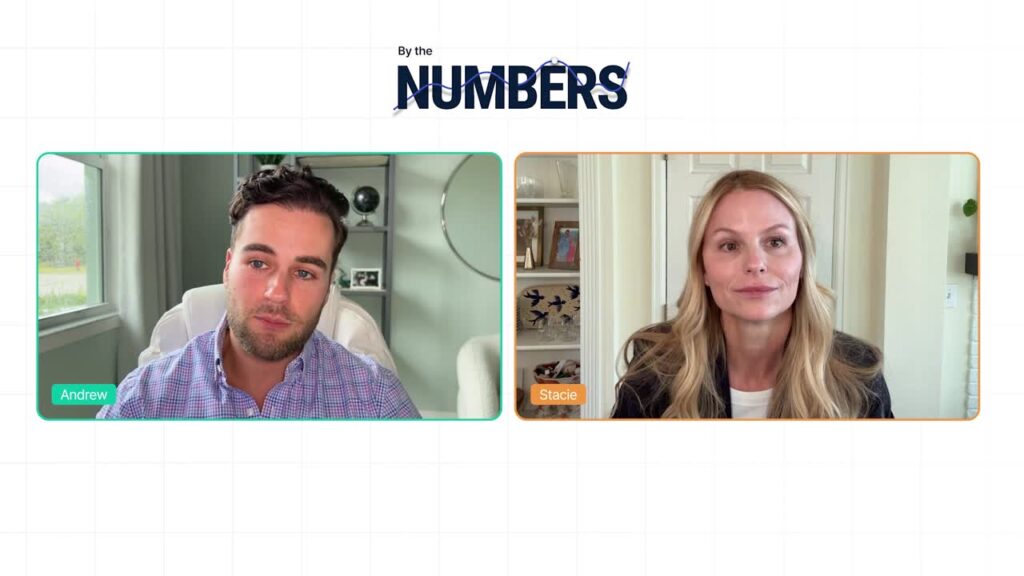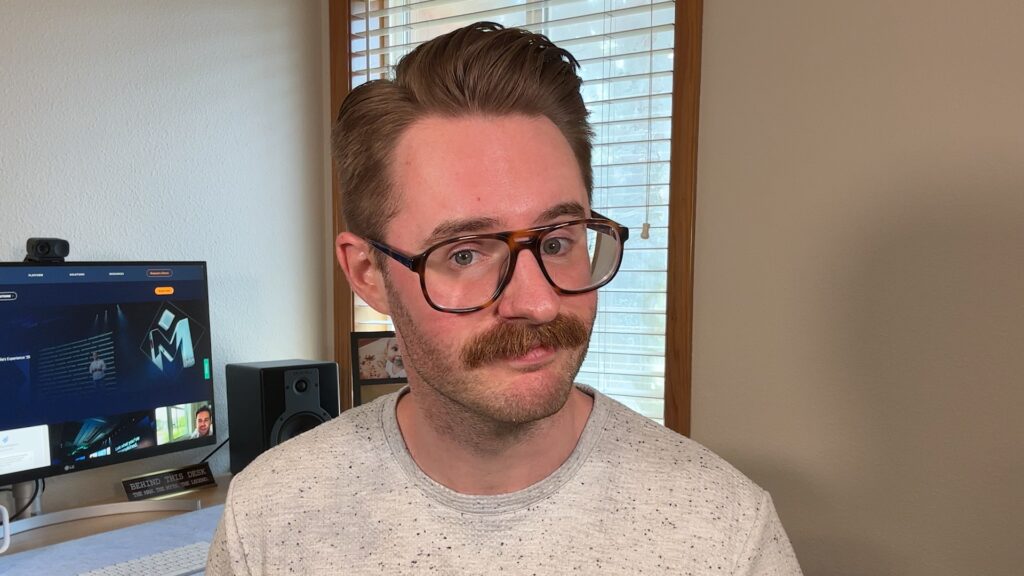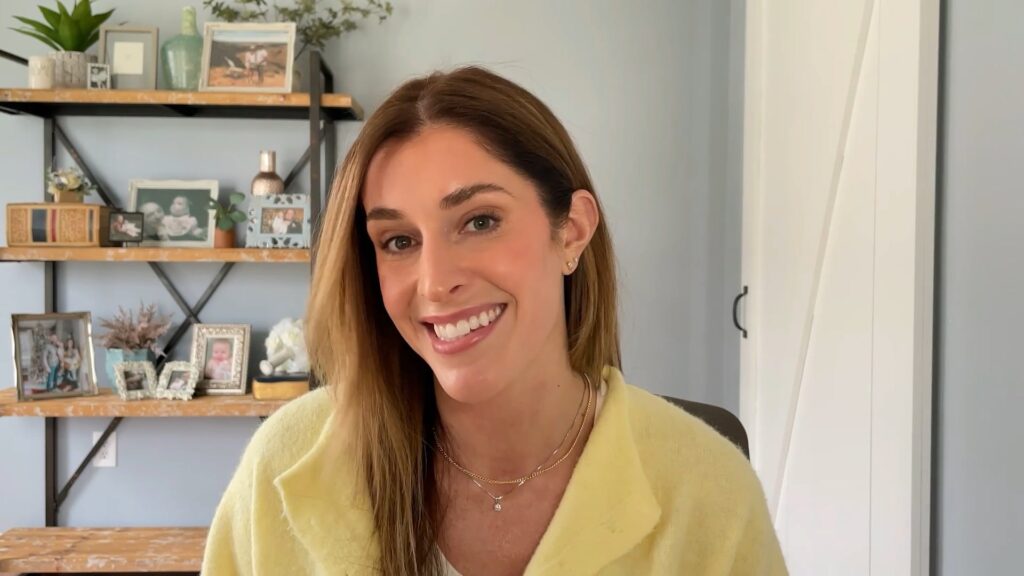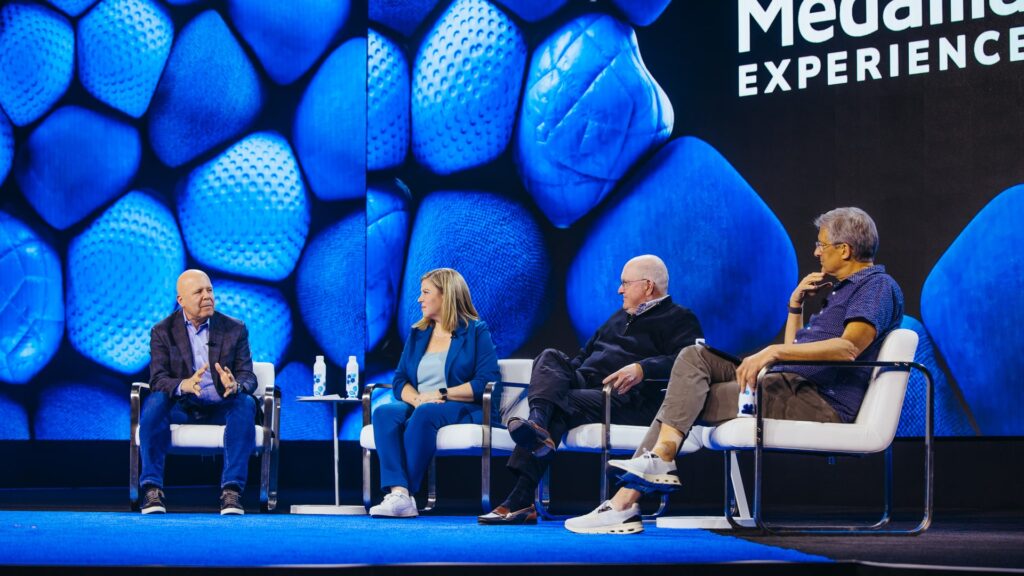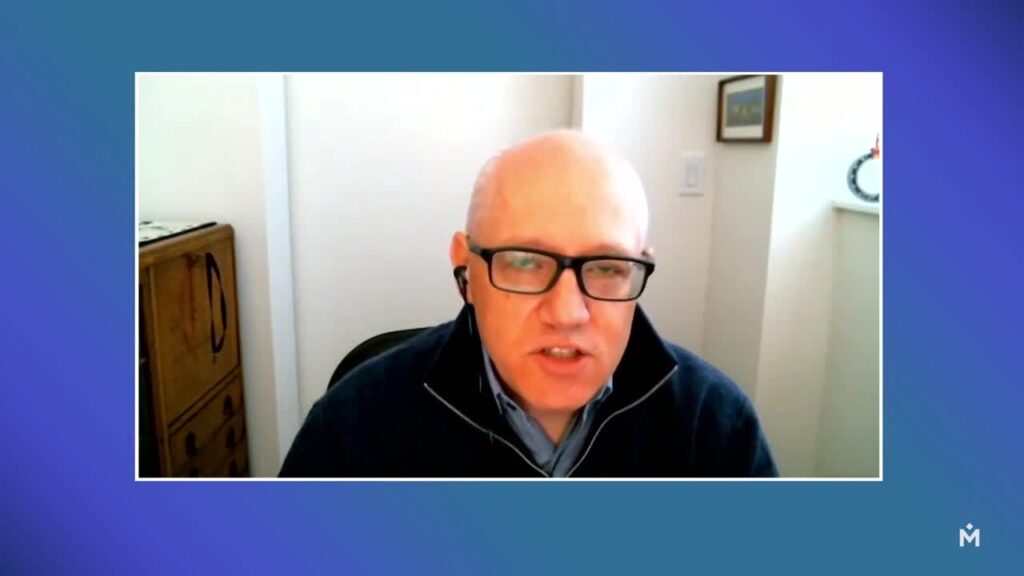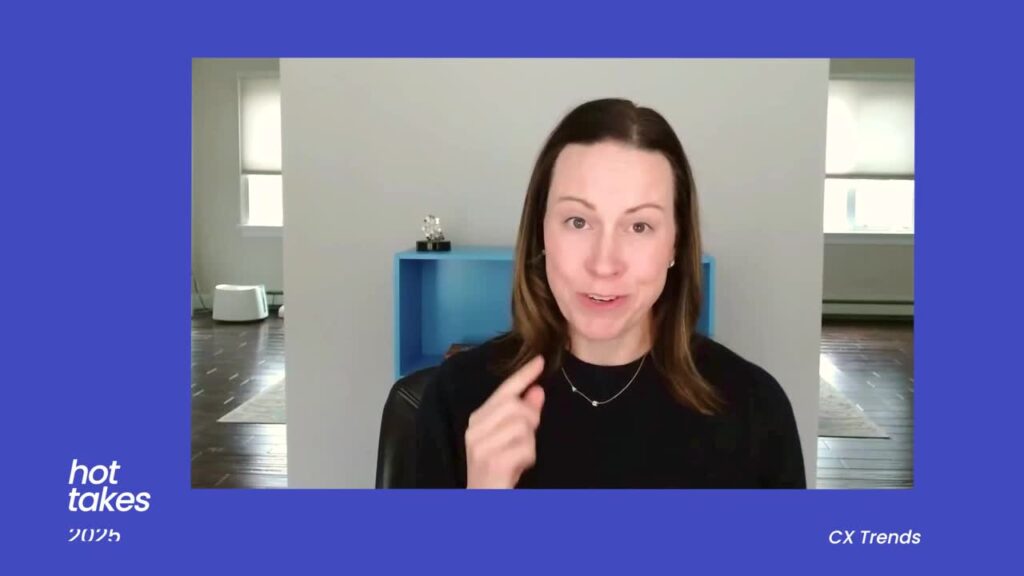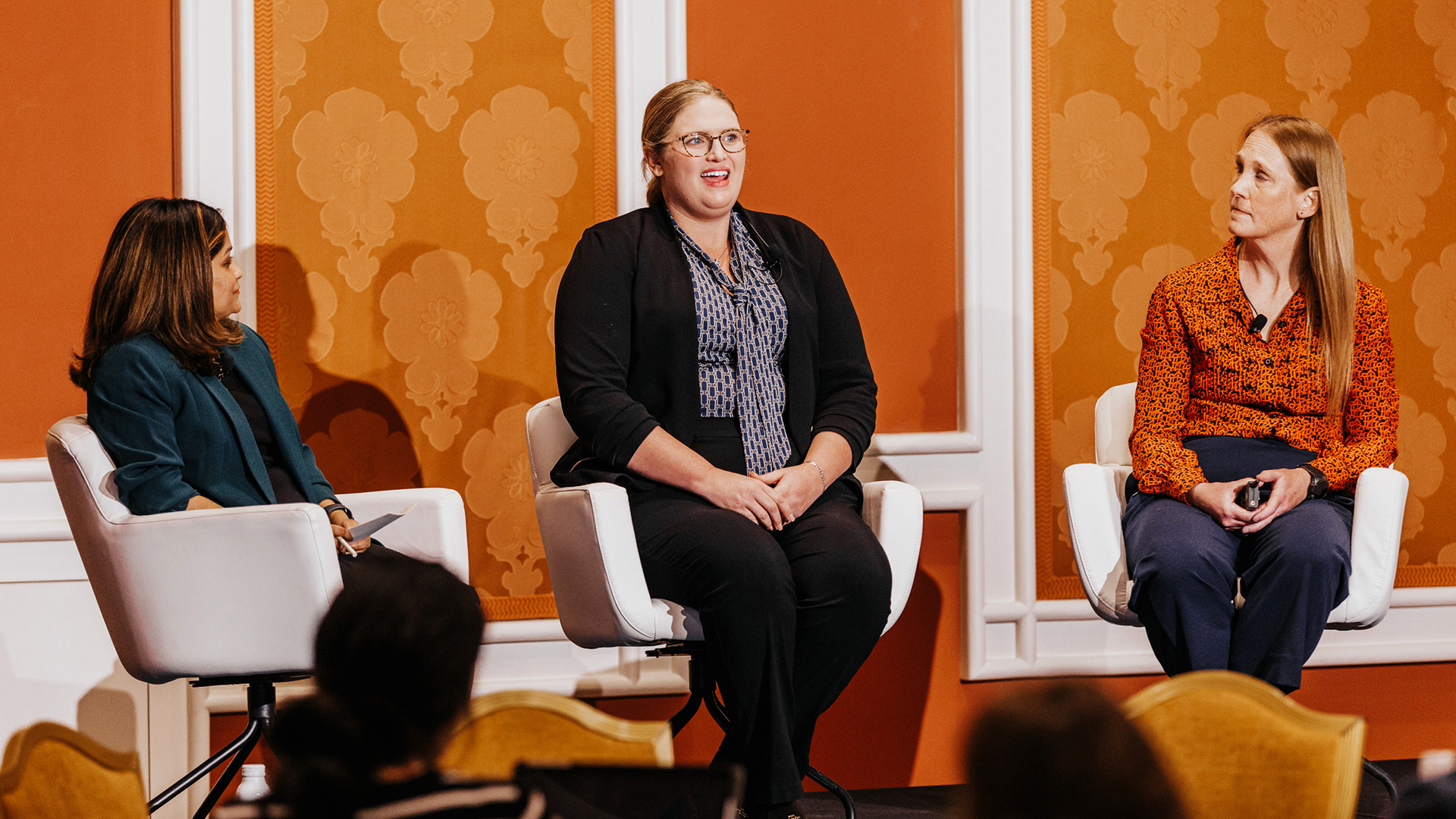Sarah Mocker: [00:00:00] Thank you all for joining us today. Really appreciate it. We have two wonderful individuals here that are going to be sharing their stories, so very excited about that. We’re gonna be talking about how to build thriving companies. By really treating our employees as internal customers in terms of how do we collect the information and their feedback to better improve our organization and serve our customers or our patients.
So thank you very much. I have Kylie Lannen here from Meyer, and I have Poonam. From Pfizer as well, and they’re gonna introduce themselves.
Poonam Sirigidi: Hi everyone. I’m Poonam Sirigidi, I’m a senior director, people insights colleague listening and performance management at Pfizer. I. If you’re wondering how these three distinct functions come together, please reach out later.
I have a lot of stories to share, but a lot of success when you bring these three teams together. As we all know, Pfizer is a pharmaceutical brand, but I’m not sure how many of you [00:01:00] know we have been in the business for over 175 years. Last year we celebrated our hundred and 75th anniversary. We started with penicillin in World War ii, saving a lot of lives, and of course, the recent memory of Covid vaccine, which saved a lot of lives as well.
So in terms of the program that I manage from employee listening perspective, we do run the standard engagement surveys and pulse surveys. But we also run a lot of lifecycle surveys as a part of the colleague, which is our employee lifecycle. We also leverage ad hoc surveys, which are more research based.
From the listening standpoint. Our primary goals around listening is connected to how we can bring a more continuous listening culture at Pfizer, which can amplify our colleague experience. And we primarily believe that [00:02:00] colleague experience is equal to your customer experience. If you can elevate your colleague experience, you will see that it amplifies your customer experience as well.
We also use listening to build managerial effectiveness because we hold managers accountable to listen, but also act on the feedback they are receiving, right? So we are not telling them what to do with the survey results. We want them to own the survey results. And lastly we want to leverage technology.
I’m sure all of you do, right? So we are constantly trying to understand how we can bring AI into our listening space to drive more innovation from efficiency perspective, but also enrich the action planning process. Yeah, so that’s a quick visual of how our colleague lifecycle journey looks like.
Kylie Lannen: Hi everyone.
I’m Kylie Lannen and I’m the employee Experience Manager at Meyer. So [00:03:00] Meyer is a Midwestern grocery retailer, and we are a private family owned company, and we’ve been in business 90 years, so not quite as long as you guys, but we’ve been around a while too. And we’re headquartered in Grand Rapids, Michigan, where I live.
And one thing that I think is a fun fact about Meyer is we are a pioneer in the concept of one stop shopping. So for those of you who shop at big box retailers where you can get everything you need on your list in one place. That was an idea that came out of Meyer. So you’re all welcome. And one other thing I just wanted to call out is we are a little bit earlier on the maturity curve than what Poonam was talking about.
So for those of you who are learning about where. You might wanna be going in the future. Hopefully between the two of us, you’ll get a perspective on what it looks like in the different stages along the way. So this is a view of our listening framework, and there’s a nice balance to this, and maybe I’m a [00:04:00] little biased, but one element of this is regularly scheduled surveys, and then we also have this more agile business driven bucket that involves multiple listening channels.
So a big component of this is company-wide engagement surveys, where we are a company that’s gone from the traditional once a year big census survey to moving towards more frequent pulse surveys. We also use an external benchmark to see how we are shaking up against other companies. In our industry that we compete with as well through great places to work.
And then one thing that we’re in the design process of right now, but I think it will lend itself to some of the questions we’ll be discussing is anytime. So we’re looking to take not just our pulse surveys where you get a sense of feedback from your employers, employees, which we call team members, but having that channel always available.
So people can share ideas at any time because maybe some of you have been in that situation where you’ll find people just hoard all these grievances and complaints for that engagement survey where now we wanna address [00:05:00] things in real time so that stuff doesn’t stay bottled up. And we’re really excited about that.
And then we also leverage Medallia ideas for crowdsourcing ideas too. And then on the other side of things, so ad hoc surveys is just my general bucket for the other surveys that people ask us to do. And this is things that relate to business needs as they arise. And then outside of Medallia, we encompass all of this by having round table discussions.
We call them like we’re taking action meetings to really emphasize the involvement of bringing our team members and leaders together to talk about engagement, survey feedback or ideas that they have and how we wanna deploy them.
Sarah Mocker: So the way we’re gonna structure today is I’m gonna be asking these four questions that we have up on the screen.
I am gonna save some time at the end for questions as well. So please as we talk, think through if you had anything else that you would like to hear from our panelists. So my first question is. Is, how are you capturing employee feedback outside of what I would say the traditional kind of ex [00:06:00] listening to improve employee experience?
Okay.
Kylie Lannen: Yeah, so the point that I had just mentioned through our, we’re taking action meetings, that’s a big component of it, and we are really taking time to emphasize that action planning is not a leader driven activity. It’s a team driven activity and everybody plays a role in helping to shape the culture.
So for us, that’s a message that we drive through all levels. And it’s been a really great mindset because it helps our team members feel empowered to play an important role and a sense of ownership for their action plans. And it helps us with driving accountability as well. So it’s been great.
Different areas of the business, we do give them some flexibility in how frequently they meet and whether it’s virtual or in person. But ultimately our leaders take the time to ensure that they’re having those conversations on a regular basis. And then we have some top-down communication just to prompt leaders to make sure that’s happening on a regular basis for their teams.
And I think we’ve also found, as a [00:07:00] next step, we’re hoping to do more. Like I’d call ’em focus groups of outside of those leader driven discussions within teams. If me or other people in our HR organization could go out and just like also check in with people. Occasionally and see how things are going in their area.
That may be a little more informal, but another great lever to pull to help us make sure that we’re ensuring we’re listening to our people.
Sarah Mocker: I love how you, you shared that because for anybody who’s looked at kind of survey feedback and done any linkage analysis showing that you’ve had you shared the results and you’ve taken action, is usually a really important key driver.
In driving engagement and retention, and that’s a really nice way that you just shared and how you’re, kind of meeting that need.
Poonam Sirigidi: I think something I realized doing, listening for over a decade is. Doing more surveys is not the answer, right? You need to balance out the number of surveys you are doing or the times that you are reaching out to [00:08:00] your employees because lack of action fatigue is a real phenomena, more than lack of taking actions real time.
It’s like people really understand when you don’t take action. So when you do a new survey, it’s important to understand. Will you really take action on it? So a few things we are doing at Pfizer is really understanding. Are the existing surveys capturing more than one business problem? So I’ll give you an example.
We recently, over the last year, we saw our turnover for first year employees really shot up. And we were seeing that it was above the threshold that we would be thinking acceptable. And we do exit surveys, but we all know exit surveys a reactionary point, right? Like it’s a point where employees have already made the decision to leave.
So you don’t really get a lot of proactive information, which is driving that decision at the time when you [00:09:00] can take meaningful action. And help them stay back, right? So exit survey is a great mechanism. So don’t hold me saying that you shouldn’t do exit survey. You absolutely should, but think about other ways as well.
And at the same time, there was another business problem we were solving, which was to define a quality of higher metric. At Pfizer, every company who has defined quality of higher metric knows that there is a survey component to that metric as well. Apart from looking at. Performance retention and other things.
So we were like, why don’t we combine these two problems instead of introducing new surveys, why don’t we look at the data in a way that will be meaningful to address both? So there is a six month check-in survey, which is a part of our lifecycle survey where we check in with the colleagues, how they are doing what.
Their experience, how they are feeling, do they feel connected with the company culture and values? And then there is the quality of hire survey where the manager is [00:10:00] saying, yes, I would rehire this person, or I think this person is really valuable. We started connecting both those two surveys to understand the linkage.
When the employee is feeling disengaged, is it the same manager also saying that there is a low quality of hire? Score for that employee, right? Because that’s when the linkage analysis becomes powerful because you are connecting the lifecycle point to the outcome. And once we started doing that, we saw some additional benefits as well.
We started also seeing the sources of retiring that bring better quality of candidates. So added bonus. We also started seeing that, okay, the employees in certain hotspots within the companies were telling us things like not having enough clarity about their roles and responsibility is a big issue that we should address.
And [00:11:00] all of this outside the traditional ex survey that we would have normally done. So going back to the point, maybe reviewing your existing ex lifecycle surveys tee. Tweak the questions if needed a little bit, but think if those can answer several business problems instead of just one that you have set up the survey for.
Kylie Lannen: Yeah. And if I may add, one thing that really resonated with me that you shared is the importance of making sure that the questions you’re asking are actionable. And not only that, that yes leaders understand their expectations in that space. And for me, that was really helpful as we were going through our design phase and starting to get these programs set up within the last year, is if you’re in a similar boat, you’ll find like a lot of people have a lot of ideas.
And all of a sudden, like the length of your survey or the number of surveys you may be asked to put together could be a lot. But first filtering it through, is it something that’s actionable and does it align [00:12:00] to our strategic objectives and what we’re looking to deliver and where we’re looking to move the needle on.
Engagement or if it’s leadership effectiveness or whatever measures you deem are important, think about that on the front end and it will go a long way in setting you up for success.
Sarah Mocker: No, I think those are really great points. It’s really being intentional and deliberate about what you’re surveying on and how you’re asking those questions so that it can lead to action.
I think that’s really important. The next question, PanAm, I’m gonna start with you, is how are you linking feedback across. Multiple listening channels to provide leaders that holistic view of the employee journey.
Poonam Sirigidi: I dunno how many of y’all have tried this within your companies, but if you reach out to the different functions, you will be surprised to know the amount of listening that’s happening in silos.
Your IT team is listening through the tickets. Your HR shared services team is listening. Your compliance hotline is listening. Your legal team is listening. Your corp comms is listening. Everyone’s listening. [00:13:00] The problem is no one’s sharing the data with anyone, right? Everyone is very guarded about it and sometimes.
It’s important to reach out and tell them. Why don’t we all come together and start sharing the themes and the trends that we are seeing, right? Because usually, mostly we will see the trends are common. If in your engagement survey colleagues are saying that. I wouldn’t recommend Pfizer as a great place to work.
You may see some of that in other surveys or other listening mechanisms that are happening across the company. So the first thing we did, we set up a cross-functional listening user group, which has representatives from all these different teams. We meet every other month and we bring up. The themes that we are looking at, what is it on our roadmap?
This has also solved the purpose [00:14:00] of not to over survey our colleagues, because what happened was when each of us were doing our own surveys, we were running like simultaneous surveys in the company. And again, going back to la lack of action fatigue that our colleagues were experiencing. And now we have one calendar where we can all see what are the touch points we can tell each other that please don’t survey.
Now, you may get the same data coming from a different survey as. So one benefit, right? But also we bring some of that input. The second thing I think is because of the way my team is structured, so I have people in sites, which is traditional HR analytics team with listening, and it’s a powerful combination.
When we produce any stories or any data for our leadership teams, listening is absolutely an important part of our story. We never produce a story without. Out listening, and I’ll give you one example. We are currently working [00:15:00] on a story for growth where we are trying to answer the research question.
That, what does Pfizer’s growth look like over the past year? But we, the second part to that question is, does growth improve employee engagement? Immediately you see the story becomes more powerful. Just giving growth data, those are numbers. Maybe we are doing well, maybe we’ll look at the benchmarks, we’ll get some information.
But what does it mean for our employees is the most crucial part of that story, right? And that comes when you combine listening to it. So if you are working on any of those stories. For your HR teams, I would always say bring in data from the listening side as well. And the third thing that we have started doing also is leveraging, listening from the perspective of what colleagues are telling in [00:16:00] general within there.
Teams, right? And we do that through the organization network analysis. Many of you may have heard about this. We do have some data scientists on the team who run those analysis, but it’s not looking at what your email says or what your meeting was about, it’s more to understand the connections within the team.
Are their silos getting created when a silo gets. Created. Is it leading to turnover? Is it leading to churn? Is it drop in engagement? And that organization, network analysis is another powerful story that is beyond just traditional listening that you would do. And all the three combined, if you present that in front of your leadership.
I promise you they will be mind blown because this is a holistic story that you are giving them, right? And of course not every team has resources to do that, so you can always start small. When we started, we did [00:17:00] a, our analysis on Excel, basic formulas. We look up. And that’s how we started and then slowly improved on it.
So you don’t have to start with data scientists on your team. Very basic tools can get you started. And if you want to learn more how we are doing that, happy to share more. But to connect offline.
Kylie Lannen: Wonderful. I just love the idea of tapping into the cross-functional network and all the other sources of data that you may have within your organization.
Poonam Sirigidi: Yeah. Yeah. No, and it was interesting that all of them. Willing. It’s as if they were just waiting for the nudge, right? And it’s felt okay, when you were already thinking on why didn’t someone just initiate, but maybe it’s the people in this room who can initiate those conversations because you really have listening as one of your primary scopes, right?
Kylie Lannen: That’s great. And so being a little bit earlier in, in our [00:18:00] development, the area where I think it’s gonna play a key linkage is anytime feedback. So in terms of how we’re thinking about this is we’ll have our pulse engagement surveys a couple times a year to get those overarching trends and like nice topic analyses that come out of it to help us just.
Inform directionally where we need to go, and then our teams go and do action planning. Like I was discussing a little bit earlier and having Medallia ideas. We currently have this channel in place where on a quarterly basis we’re seeing what ideas people have proposed, and then we’ve got a group that comes together and looks at the ones that voted on and how high they scored, and then they just sift through that and.
Identify what are the things that are actionable? What are the things that we can move forward on? But anytime is gonna play this key link because for the engagement purposes, it’s gonna be a place where people don’t have to save up their feedback. Between those pulse surveys, they can speak up about it when they have an [00:19:00] idea in their mind, or even if there’s something that they’re not happy about.
We’d love to open up that discussion and give a new channel for them to share that type of feedback so we can address it and hear them out. And then. Some of that will channel into Medallia ideas as well, because depending on what people may say in that platform, we’re going to ensure our leaders are coached to help ensure that feedback.
Gets into the ideas so that can be floated up and crowdsourced and potentially be a new solution for us. So I’m just really excited that it’s going to be a key linkage between things that currently exist separately, and it’s going to align the two moving forward. In terms of our e. Program.
Sarah Mocker: Thank you. Definitely, both great, really great stories there and definitely appreciate the importance of that collaboration and coordination between groups. I work with so many clients and the silos that happen that kind of prevent synergy and prevent, a more of a holistic listening can be really challenging to get over.
So [00:20:00] having those. Monthly or twice a, every other month meetings, I think is really helpful to, for that coordination. So I appreciate that. The next question, can you share an example or expand on a situation where you’ve used employee listening to, solve a problem or a challenge, and how did you make that improvement and measure that?
Kylie Lannen: One thing that has been a really big win lately that I am happy to share it with all of you too, is we have a recognition tool and we love it. It’s a great way for people to write thank you notes to one another, acknowledge celebrations that are happening, and just really stay connected and put that at the forefront of how we’re interacting with one another, and part of that recognition tool.
There’s this monetary component where certain parameters allow a leader to give someone like points and they can redeem that for various gift cards and things like that. And we’re finding in that platform, gosh, a lot of people are just saving up their points and that gets finance people a little bit anxious [00:21:00] when there’s money, when it’s unpredictable, when it’s gonna be cashed out.
So we saw that happening. We didn’t exactly know the root cause and we found. Partially it’s through our award taking action discussions as well as engagement survey data. So it showed up a couple places is people were anxious to redeem those points because they were unsure about tax implications. And there are a few different reasons, but ultimately we found this is something that.
Clearly our intentions are good, but there’s opportunity to make this better for our end users because ultimately we wanna reward them like they’re doing great things and we don’t wanna be a barrier for them to access those rewards. So from all that feedback that we had from our survey data.
We were able to go and look at a solution that our team members are very excited about and that’s like a points to paycheck program so they can redeem their points and now have it go to their paycheck. And that’s all because of the listening programs that we have in place.
Poonam Sirigidi: Pfizer is a large company, 80,000 employees, and we know whenever it’s a large company, bureaucracy [00:22:00] creeps in.
I see a lot of nods here, probably experiencing that, right? So we used to ask a question in our engagement survey around reducing red tape and bureaucracy always scored the lowest on that question, right? Because there was just too much of bureau bureaucracy is what our colleagues were telling us.
Fast forward, COVID hit us and we had to create a vaccine within eight to nine months. No room for bureaucracy, right? Imagine if there was red taping and bureaucracy, the time we would need to create the vaccine, so at that point. It became very evident that our colleagues were telling us through surveys, through listening focus groups that were happening with leaders that they just don’t like the bureaucracy that’s in the system when they have to get approvals.
There are just layers and layers of people they have to deal with. Or the time they have to spend [00:23:00] talking about the. Same approval with multiple people talking to 10 different teams to make something happen. Again, very relatable in large organizations, right? And Covid was the perfect time to take action on that because if we didn’t, world may have looked different today, right?
So it was important for us to act on our feedback and say, okay, what can we do to reduce bureaucracy? We all know. Pharma is a highly regulated industry. You just can’t say, I will remove every approval from tomorrow. That cannot happen, right? But there at the same time, you need to balance out in a way that colleagues are able to move faster.
The outcome of that feedback over the years and during the covid period, we brought a new way of working what we call as project-based ways of working. Within Pfizer, project-based ways of [00:24:00] working focuses on reducing the approval layers, reducing the time being spent on approvals. There is a pilot in command who is the head of the project, and they have the crew, and they are given the accountability to lead the project without having to report every day, every week about what’s happening on the project.
There are things, there are guardrails where they need to report because it’s a pharma industry, but then it doesn’t have to be that a hundred percent of the time you are having to tell what you are doing to someone else. We went with the 80 20 rule where 80% of the time they could operate independently and see.
The benefit. So last year we ran the pilot for that over a hundred projects, went through the project based ways of working, and we are listening experts, right? So we wanted to hear how they are doing, what did they tell us? Is this working right? So we went back, we surveyed them as a part [00:25:00] of the program and over.
80% of the crew and the pilot said they felt highly empowered in this setup. They felt they were in the driving seat, they were making the decisions. Over 77% of them said the time being spent in decision making has reduced. The layers have reduced. They are not having to spend the same amount of time they were having to spend on non-project based ways of working projects.
Good wins, right? Measurable outcomes. Experience wise, NPS looking great. What next? So this year, as of now, we have close to 500 projects. Across Pfizer enrolled through project-based ways of working, which shows right, that it’s up working and it’s meaningful. It’s helping people move quicker, which was important.
And we are hoping to do a survey again with this group to see if. [00:26:00] They are seeing the meaningful change, but tying it back, we wouldn’t be able to do this if our colleagues didn’t say what were the bottlenecks in their projects? Where were they having issues? We wouldn’t have known that if they didn’t give us that input or if we weren’t listening.
And I think just Covid helped amplify and accelerate that process much more. And here we are today and we feel that. We are no longer asking the red tape question, we are actually asking a different kind of question, and we are seeing some good, positive results on that.
Sarah Mocker: I think it’s so important because our employees know what’s not working.
Yes. And they oftentimes will have solutions to that. So if you have any CX practitioners in the room your employees know what pain points customers have. They know how to do their jobs. More effectively and efficiently than probably somebody up in the C-suite. And it’s really asking them [00:27:00] and then listening to them and being able to put in some solutions to solve those problems, I think is really all about what we think about and.
Employee listening so thank you. The final question we have here is how are you using the employee voice to really further your organization’s mission? So whether it’s, better patient outcomes or better customer experience.
Kylie Lannen: For us we’re early in this journey, but I’m very excited about the path that we’re on.
So we have a pretty mature CX program and that sits with a different team. And then I’m in our HR organization, so I’m a team of one overseeing the listening deployment work with a lot of great cross-functional partners to enable it. And what we’re working towards is by having the engagement survey data.
And our anytime feedback data, especially, we want to do some linkage analysis and some correlation analysis and just see where are there certain hotspots within the organization where they’re really standing out in terms of [00:28:00] how their leaders are scoring on their effectiveness scores, how their engagement scores are, if there’s a linkage there.
And then looking at NPS as well. And in my mind it, maybe this is over simplistic and I’ll have to come back next year and tell you all where we land with it, but. If we’re seeing across the board that there’s leaders doing really great things in those areas that will prompt us to have further discussion about what are they doing locally to build that culture.
Because that’s really what it comes down to is if we can learn from them and have them partner with leaders that need some support and like developing them to have those more mature cultures we’re hoping to bring it together that way. So one way we’re leveraging Medallia for that is we will be building out some dashboards where we will house some.
Measures that really help tell that story. So what is it not just an engagement score versus an NPS? ’cause it only tells you so much. It looks good, it feels good, but we really want to build something out that will help us get down to the root cause of that. So that’s where Sarah and her team’s gonna help us.
So we’re in progress. But I see a lot of potential for us [00:29:00] to really see a lot of times if. You have that situation where maybe you’re getting home and you’re like, oh man, these popsicles are all melted. And then you have team members that work in the frozen department saying, gosh, we don’t have enough time.
And they keep delivering these things early and then they’re sitting on a pallet. Let’s hope not because that would destroy my day if my cream is melted. But ultimately, if you can align, what are your team members saying to what is the customer data saying? You’re gonna be able to really surgically get where you need to be and have that agile approach for getting the data out of it that you need to get out of it and make the corrections you need to make.
Poonam Sirigidi: If there is something you all want to take from this session is explore linkage analysis and it’s, it will open up a new world for you all. At Pfizer, what we are also doing is trying to use listening to measure. Impacts of some of our l and D programs, some of our coaching programs, which are an [00:30:00] investment that the company is making in the development of the colleague, right?
So I’ll give you an example. We send a lot of our leaders through BetterUp Coaching. If you are an hr, you may have heard about BetterUp. They are a leading coaching experts and this is a six months investment where the coachee and the coach spends time hopefully developing their leadership. Skills and becoming a better leader eventually.
Usually after the coaching people. BetterUp does a survey from their end where they ask how was the coaching experience, how did they learn something? Was this helpful, meaningful? And usually those results are very positive, right? Just after the coaching, everyone is very pumped up and really happy that the company has invested in their coaching and.
They are really excited about the opportunity. Similar use case, your l and d teams could be running l and d programs for leadership development and other programs. [00:31:00] Usually they run a survey just after the program, and those survey results are amazing as well, right? Because everyone’s excited, they just came out of the learning class and they are pumped up.
So we were like, what if we help you measure the ROI after six months of completing the program? Because that’s when you start seeing if the programs are really making meaningful differences. So then we started thinking about what is the purpose of that program and how do we connect that with some of the listening metrics that we have, but also beyond listening, performance metrics, KPIs, and other things as well.
So we started understanding okay, the people who are going through these programs, do they have better engagement scores after six months? Are they seeing this as an investment in their growth and development? Are they seeing this as an opportunity to take the next leap? And we didn’t stop there, right?
What we said is, if you are a [00:32:00] leader, you also have a team, right? So we were like, okay, not just your engagement. These programs are should also help you drive better engagement. For your teams. So we went a layer deep and we were like, how’s your team’s engagement? After the leader went through the program, was there any noticeable difference from the leaders who did not do the program?
So almost like a control group analysis. And those ROI metrics. When you put those in front of the leaders, those are true tangible metrics, right? Because you are saying this team’s performance improved by 10% or 50% of the participants who went through the program had an improvement in their KPIs or something, which is a more tangible number than just telling them that the survey after the program had an NPS of 80%.
Because usually those surveys are pretty good, and I have taken those surveys as well, and I was very pumped up and I gave everything a [00:33:00] 10. 10, 10, right? But did I bring those learnings back home to my team to make some meaningful change remains the question, right? And those meaningful changes are what drives.
Our customer experience, right? Because these are the leaders who are bringing back those learnings and saying, how can we elevate our customer experience at this point? How can we improve what we are doing already? How can we improve our speed to the market scores? Things like that, right? So if you are thinking about ROI for your listening programs, talk to your l and d teams.
Talk to your business partners. Pull up the programs where the company is investing millions every year, sending leaders for different trainings and try to tell them like, I can show you some of this through data to help you measure the program. The savings that you will bring will be enough to [00:34:00] run your listening programs annually.
And that would be the best place to be, right? Like you are net zero in your budget at that point, which is an amazing place.
Sarah Mocker: Yeah. I love how you were mentioning about linkage analysis ’cause I do think that is a really useful tool to identify. Those drivers that are going to have a really strong impact on say the customer experience.
I know every time when I’ve done it. Identifying things like being empowered or having tools and resources using that and then being able to improve on those areas. Then we see that coming back in terms of a higher customer experience score. So I think that’s. That’s really important. Yeah.
So thank you for both, for sharing that. So we have about, I would say seven or eight minutes left and I would love to open it up for questions.
Q+A: I’m from the contact center side and I’m just curious. We do our engagement surveys, our poll surveys, and it’s very dependent on what’s going on in the moment.
If we see a spike of volume or something going [00:35:00] on in the business, there’s a lot of negative sentiment. What are your feelings on just like a mood meter or something like day to day that can give us a. A sense of how the team is doing from a mental and emotional standpoint.
Poonam Sirigidi: So prior to coming to Pfizer, I spent about nine years at Amazon doing a lot of listening there as well.
And at Amazon I got to implement the daily question. I. And I bring that example because it is one extreme of the pendulum. They ask a daily question, which pops up no matter what job you are in at Amazon, it’s called the Connections program. It’s one question that you get to respond. The problem that exists when you do a daily question is, do you have enough time to act on the results on a daily basis?
So if you think you have resources and bandwidth to act on those daily questions, or even weekly or monthly, great. Maybe you can do it if you have resources, but most of the companies don’t, [00:36:00] unfortunately, right? We all are, usually the listening teams are one person, two person, three person armies, and it puts an undue pressure, not just on our teams, but the HR.
Team in general. So I would say before asking are there ways to understand your employee sentiment without doing surveys regularly, I. Is it something that the manager can do a quick check-in with the team as a part of their daily huddle or weekly huddle? Maybe you could give some coaching and resources to those managers to ask some very targeted questions that could help generate some conversation.
But that’s one way. There are a lot of companies, I was talking to Lauren yesterday about a lot of companies offering virtual spaces for focus groups as well, where you could have targeted focus group meetings with up to 5,000 employees at a time, which we never could do in the past, right? [00:37:00] Usually focus groups are very tight knit groups, but that’s another mechanism.
So I would say don’t look at it as survey as the only answer. Because when someone takes time to put in their response, they expect action. And if we don’t show them the action, they let lose trust eventually and stop responding to the surveys eventually. And you don’t want that to happen because when you run your annual engagement survey, you want them to respond and you want them to answer what you need.
I love
Kylie Lannen: that. Yeah. You wanna add something? Yeah, just one, one thing to add. So like in the survey space itself, we’ve been grappling with the same thing and we know that our senior team is really keyed into NPS because that tells ’em a lot about what’s going on in their stores. And there’s this concept of ENPS.
And one thing that we’re gonna be looking at as we’re rolling out our Anytime survey is what types of questions could we include in that survey? Across time, so we can have just like that [00:38:00] sentiment pulse, since that’s always gonna be available. Of course, we know there’s some limitations because those types of surveys, people are going out to take it when they have feedback to give.
So that would impact what the outcomes of those scores are. But at the very least, it would give us some sort of baseline measure with. Like some fluctuation to see if things are ticking up or down and what may be behind that. And one thing that I’m really excited about with Anytime surveys is there is flexibility to change and keep it fresh what you’re asking over time.
So as we roll this out, we’re gonna take a phased approach and see. What is the type of feedback that we’re getting and how can we continue to evolve the question set to ensure that people feel like it’s a relevant place to give that feedback? And then also, how do we have that engagement pulse through the work that we’re doing?
Sarah Mocker: Yeah. The one thing I would add there is that I liked how you brought it back to the action, so it’s like. Have a survey if you’re gonna act on it. One of the things is when we are thinking about kind of the anytime listening or [00:39:00] continuous listening, we talk about employee activation, is that you are, you’re actually channeling that feedback to the team or the business unit that would do action.
So that’s, I think the important component of say like an any time listening or employee activation. Program is that, in a contact center, that feedback would go directly to that team so that they could make, a tangible change or take a tangible action based on that feedback.
Q+A (2): Hi. Thank you guys so much. That was a great discussion. I really liked the focus on linkage analysis and I was just wondering do you do those within the Medallia Experience Cloud instance, do you do those typically outside? And if you do them inside, what’s your kind of best practice for that?
Poonam Sirigidi: Yeah, we partner a lot with Sarah and team on that.
We don’t use the Medallia as much. We do some level of it in Medallia, but our linkage analysis is beyond just listening, which has data coming from other platforms as well. So we [00:40:00] tend to do a lot of, it’s outside of Medallia system, but every time we pull up a linkage analysis, we ask a question that, is this something we will do recurring?
And is this an opportunity to build this in Medallia? Because at the end, we want it to be scalable and simple, right? With a two person team on listening side, there is no way we can do this manually every time. And once you show these analysis to your stakeholders, floodgates will open. I swear it will.
And you need to be very choosy at that point on what you want and will not do. And at the same time, how much time you will spend on those analysis. So even at the beginning, if you start it manually, think about what, how can you scale?
Kylie Lannen: I guess my response to that is de we’re thinking about it the exact same way and taking.
Similar approach. Yeah.
Sarah Mocker: And what I would add is because my team does do, and myself does do a lot of linkage analysis I would [00:41:00] say primarily I do it outside of the platform, but it, I think the big component is that whatever you learn outside the platform. Put it back in. So that a wider audience can benefit from that.
So for example, for one client, we know what is the biggest impact on their guest experience. So we actually put that back into the platform for all leaders to see and prioritize, Hey, these specific drivers are gonna have a. Higher impact on your guest satisfaction and therefore you wanna make sure you’re prioritizing these specific areas.
So that’s where I would really encourage anything you do outside, definitely find ways to, to pull it back in. And then the other thing is that it can be simple. So linkage analysis can go all the way from correlations and multiline regression and all of the kind of the stat talk. But it can also be as simple as saying I’m gonna look at, a quartile one and a quartile four.
And that can absolutely be done within the platform and that you can make it [00:42:00] more, we readily available for a wider audience
Q+A (3): if we wanna treat people as internal customers. Recognition is an issue at least in my culture, what we’re in Mexico, that we are not used to recognize people, you’re doing this because this is your job.
How do you work around recognition as a practical example? I know to build a culture is a long journey, but like some good examples that you have. On recognition.
Kylie Lannen: Yeah I love that question. And that’s something that we’ve invested pretty heavily in, in our HR team, is to build out a recognition team.
So I mentioned the platform a little bit earlier, but there could be organizations where that wouldn’t be the right solution for them. I think so much of what we heard in the keynote earlier today really comes into play. So not only. Can you have that unreasonable hospitality with the customers that you’re serving, but how are you doing the same things for the people who work for your organization?
So I think some of it is finding what is meaningful for [00:43:00] people. So we’ve found that there are some corporate level initiatives where if people celebrate 50 years with the anniversary, we have a big celebration for them. But then we also at the local level, empower leaders to build. Programs that are meaningful to their teams or find different ways that people like to be recognized.
And a lot of it’s just a conversation like we’ve started coaching our leaders to start just asking people directly, like, how do you like to be recognized? Because some people like public recognition, some prefer private recognition, and it’s a balance that it takes some trial and error to find the right fit for your team.
But it’s reopen conversations and recognizing, no pun intended, like where you are on that journey. There’s a lot of possibilities about how that could take shape.
Poonam Sirigidi: I will just add, like having clarity around rewards and recognition. Sometimes we know, depending on the culture of your organization, these are used interchangeably.
Yeah. And a lot of times rewards. People would [00:44:00] take that as some monetary benefit and recognition would be okay. A kudos or a, someone giving a shout out. So start with really clarifying, like what does recognition mean for your company? Is it rewarding? Someone, or is it about recognizing someone and then really understanding like what are you recognizing?
Is it the behaviors that you are recognizing or is it the performance that you are recognizing and. I’m not saying either of these are wrong, but depending on your company’s culture, one will always be more important than the other, right? Once you have that clarity, then if you build a recognition program around it, it’s much more successful than trying to fit a vendor’s recognition program to your culture.
And I will tell you, it’s not just a problem for in Mexico, I have worked in. On four different continents in several different countries. And I’ll tell you, it’s a [00:45:00] problem in every country where companies are struggling to help their employees feel recognized.
Sarah Mocker: Thank you. Thank you so much. The one thing that I’m gonna end with is and Jesse Otto, yesterday from North Bridge said the best thing he said.
The last 20 minutes of his day on Friday is actually sending emails out. He’s pulled out any kind of customer recognition from his CA CX practitioner from customers and will actually email employees CCing that employee’s manager and saying, Hey, thank you for this. And I thought that was a really nice kind of just personal practice that we probably could all, learn from.
So I definitely appreciate everybody in this audience, so thank you for joining us. Thank you for our two panelists. I am gonna plug some additional sessions happening today and tomorrow. So these are the other ex sessions, and you can find them in the app as well. And finally we have meet the Medallia [00:46:00] experts so you can meet myself.
We have some additional ex practitioners here as well as tech it cx, the wide spectrum. So please feel free to see us and on your table. Our placards are. If you scan that QR code, we would love to have feedback. We definitely take your feedback to improve for next year. So thank you so much and finally, definitely come and see us at our booth.
So thank you so much for joining.
